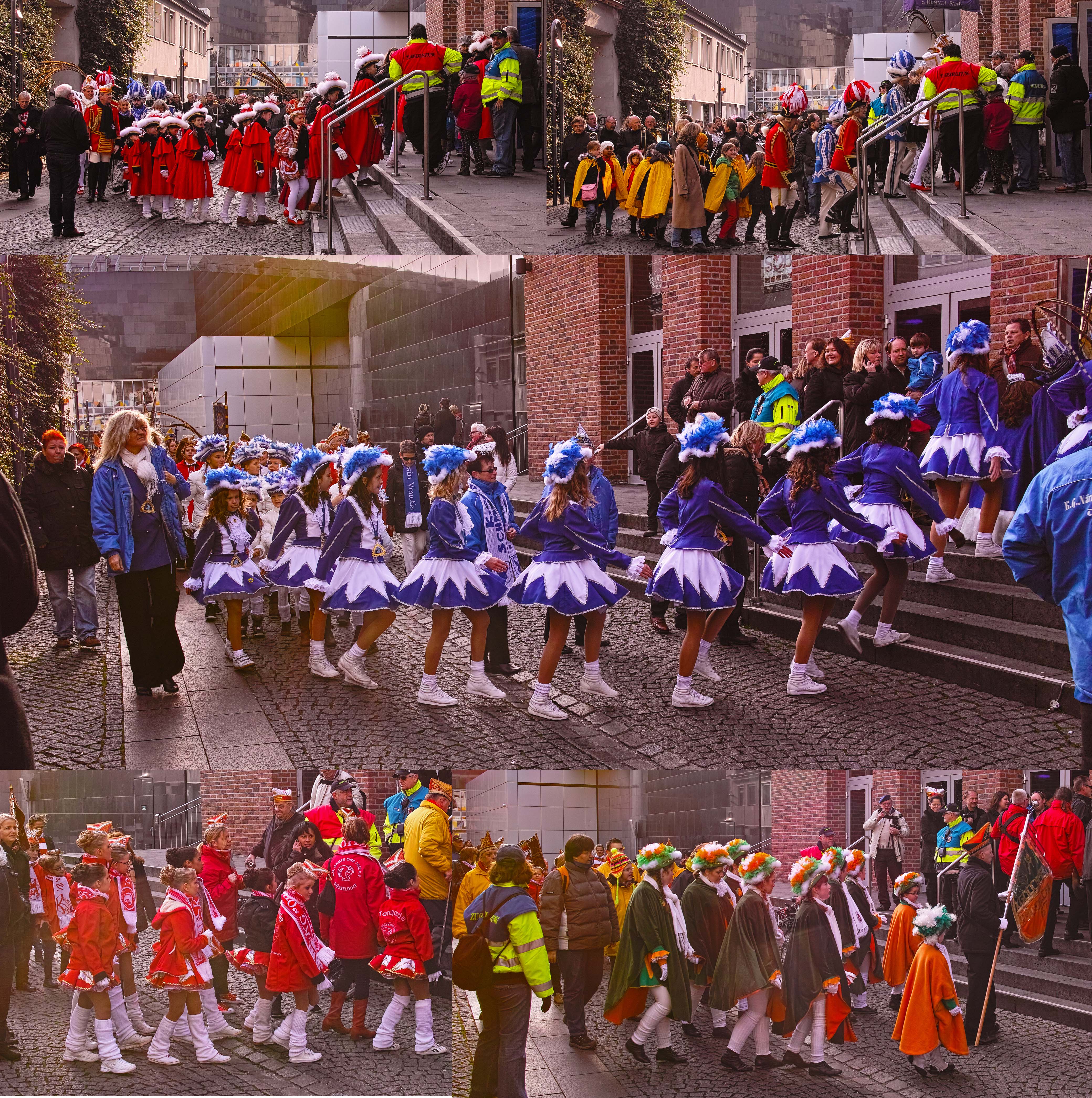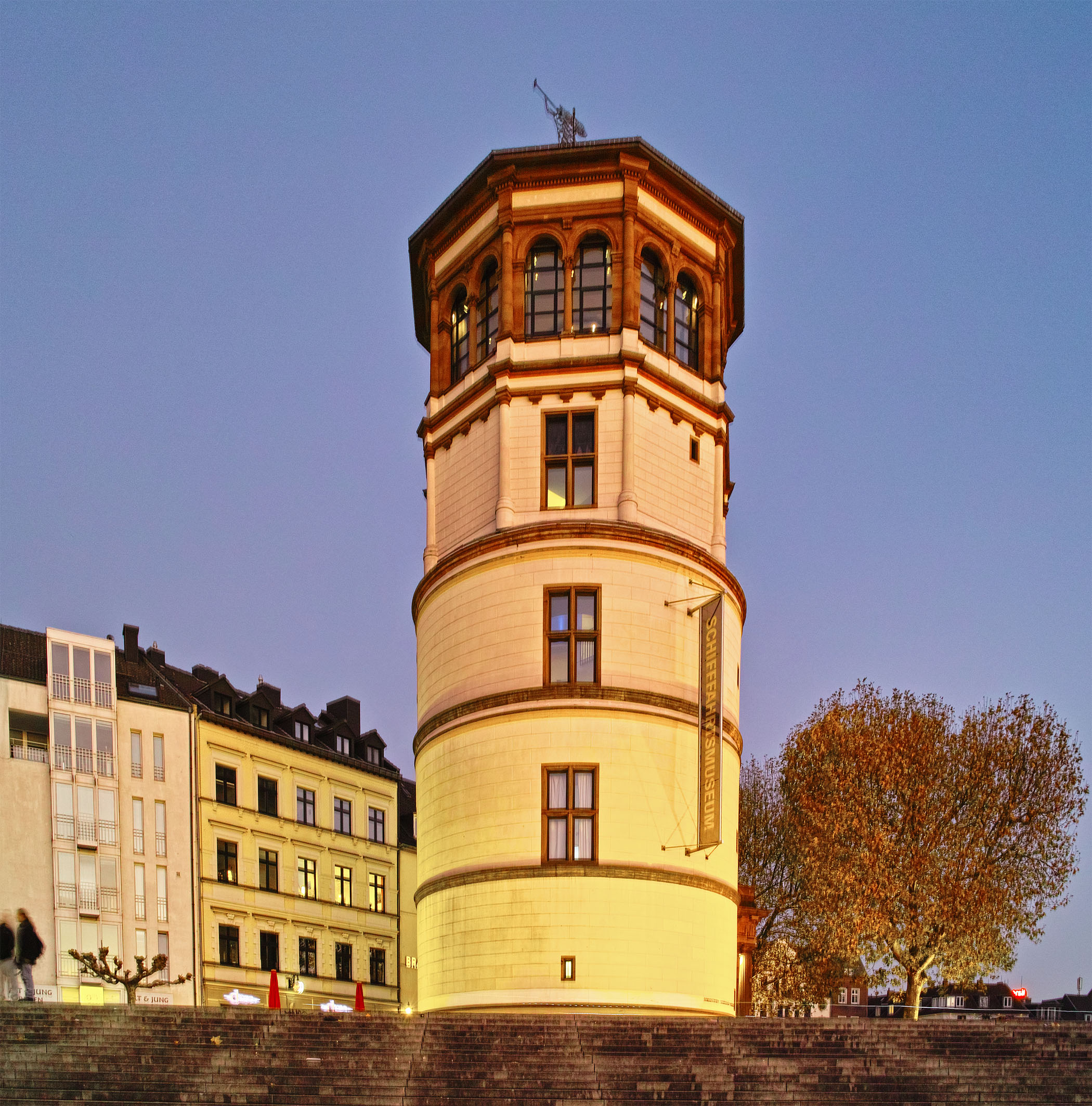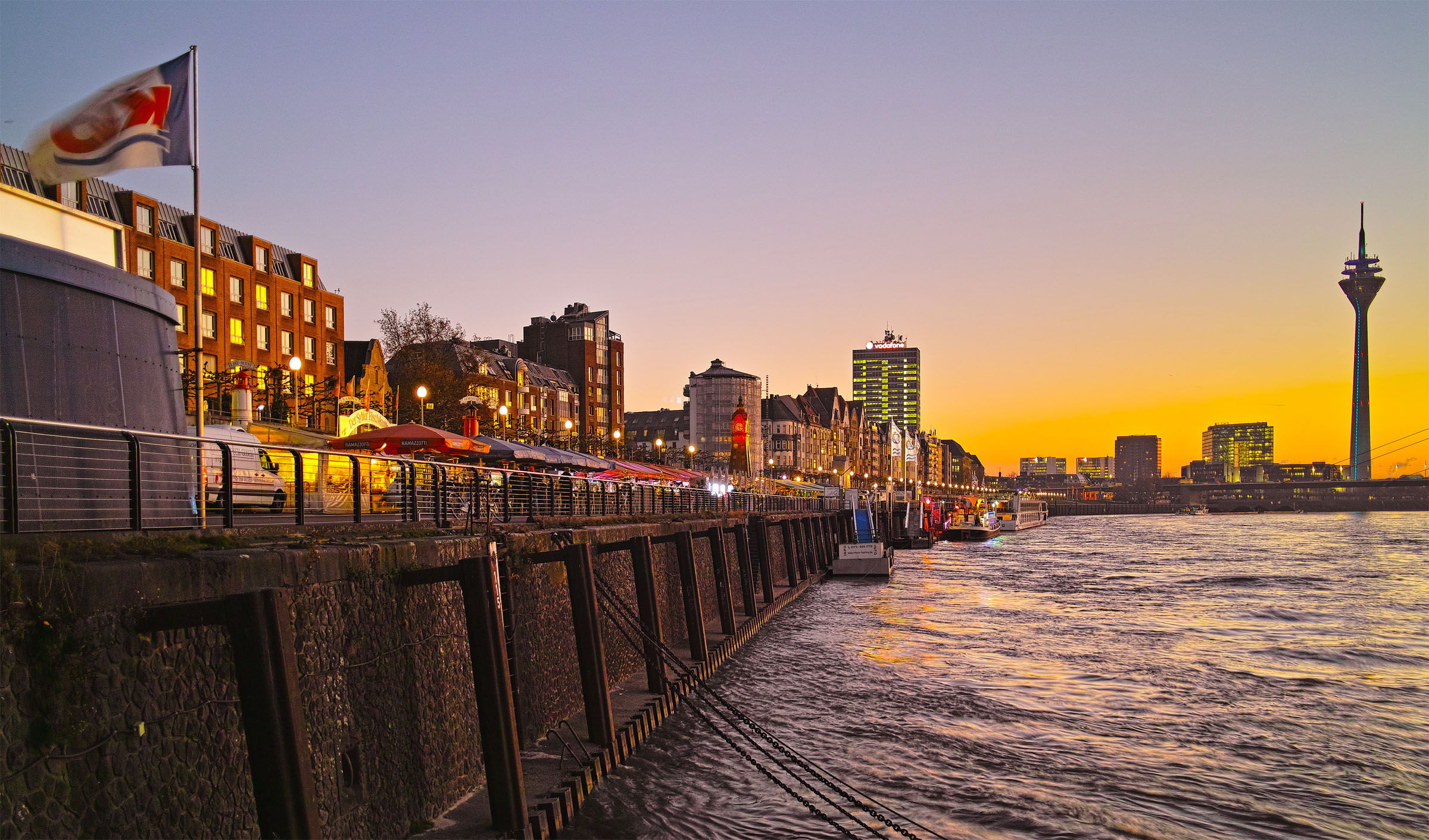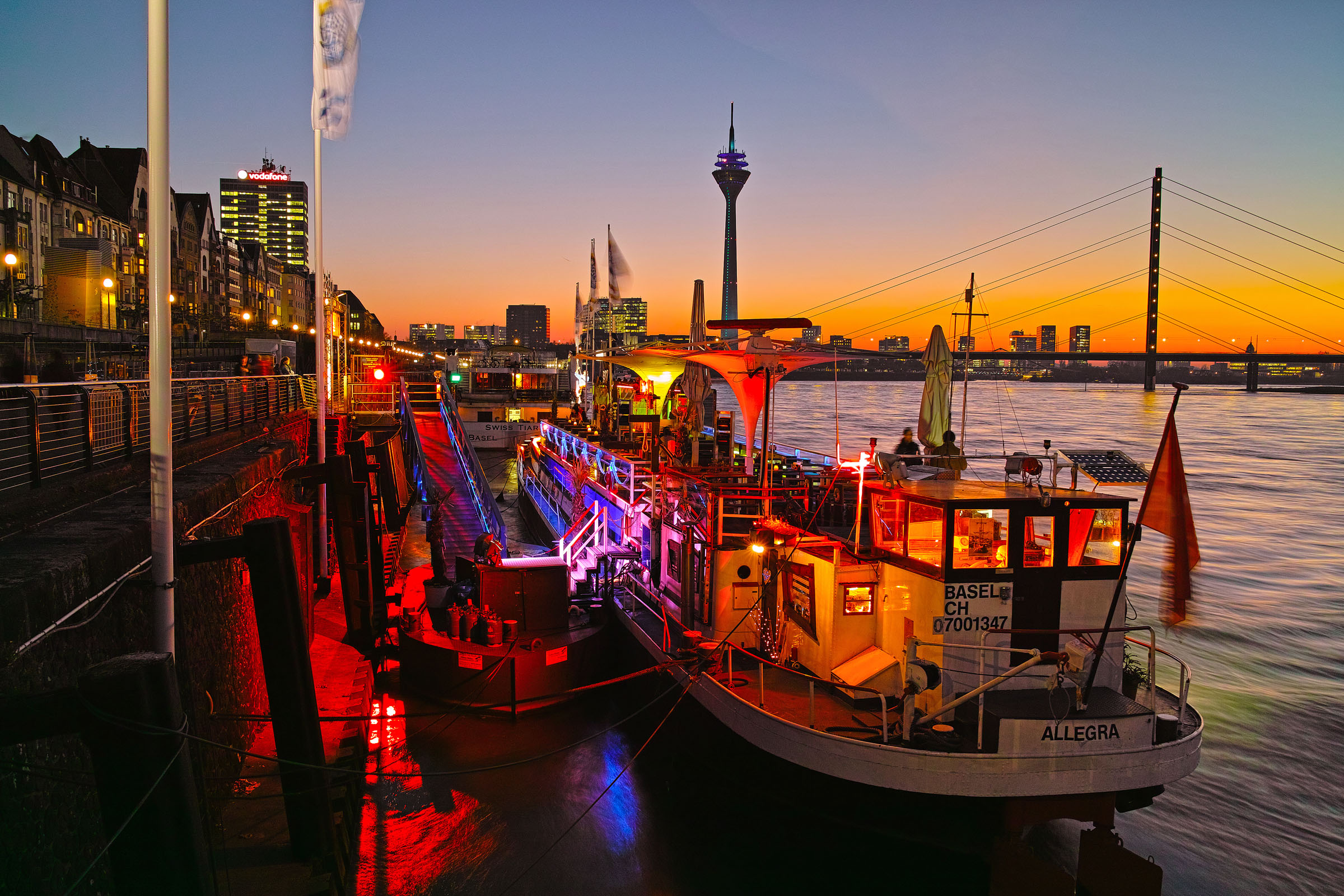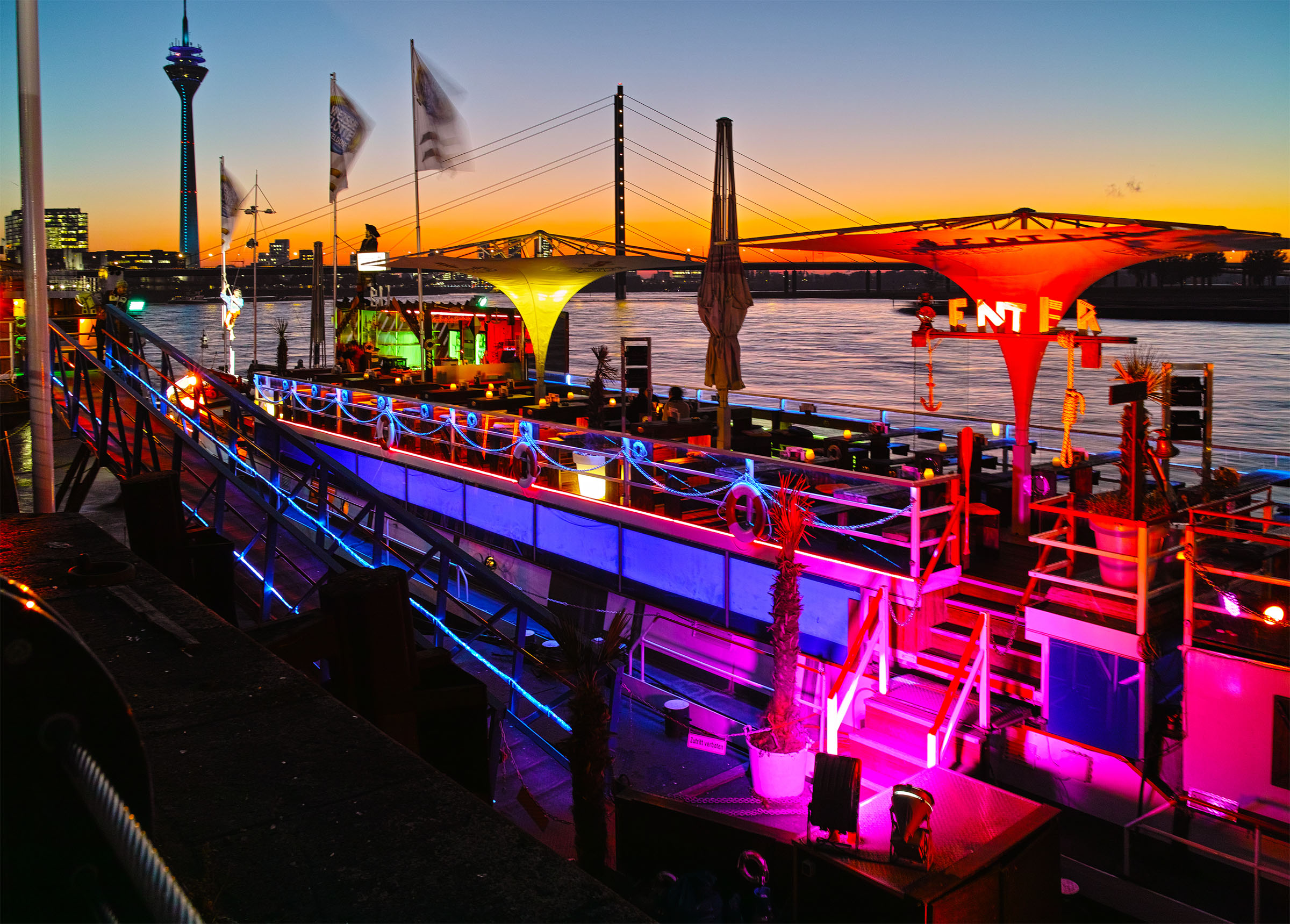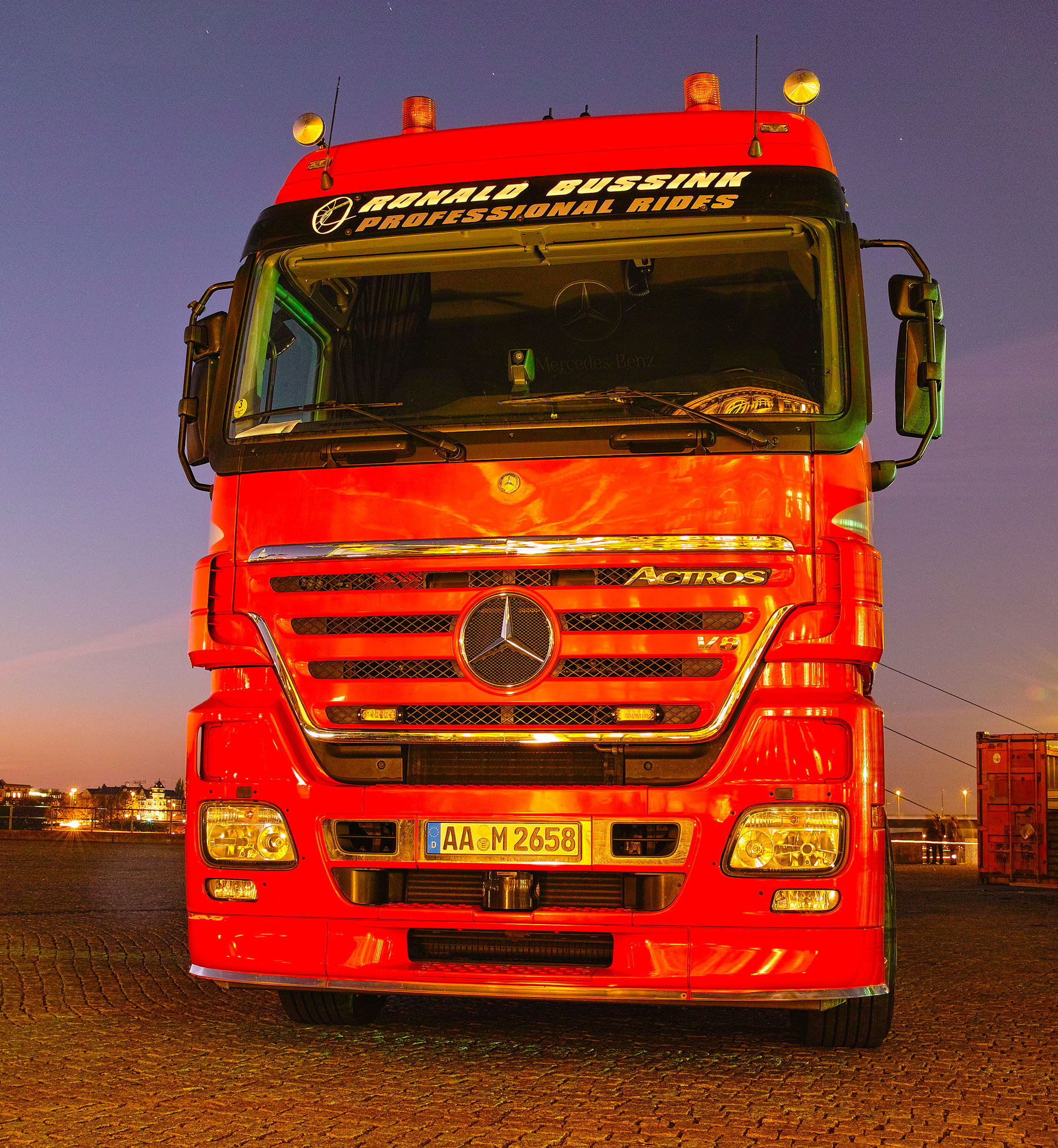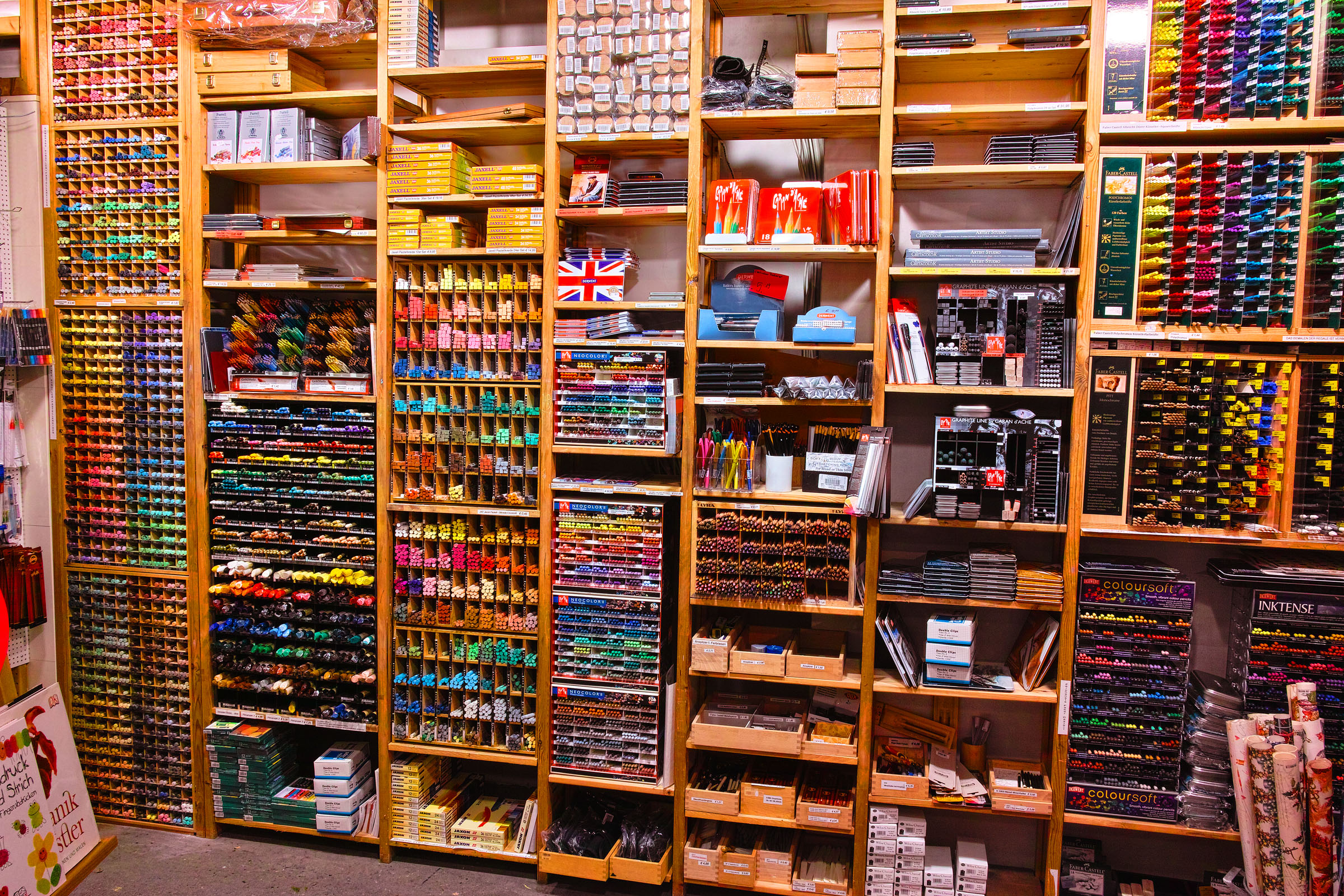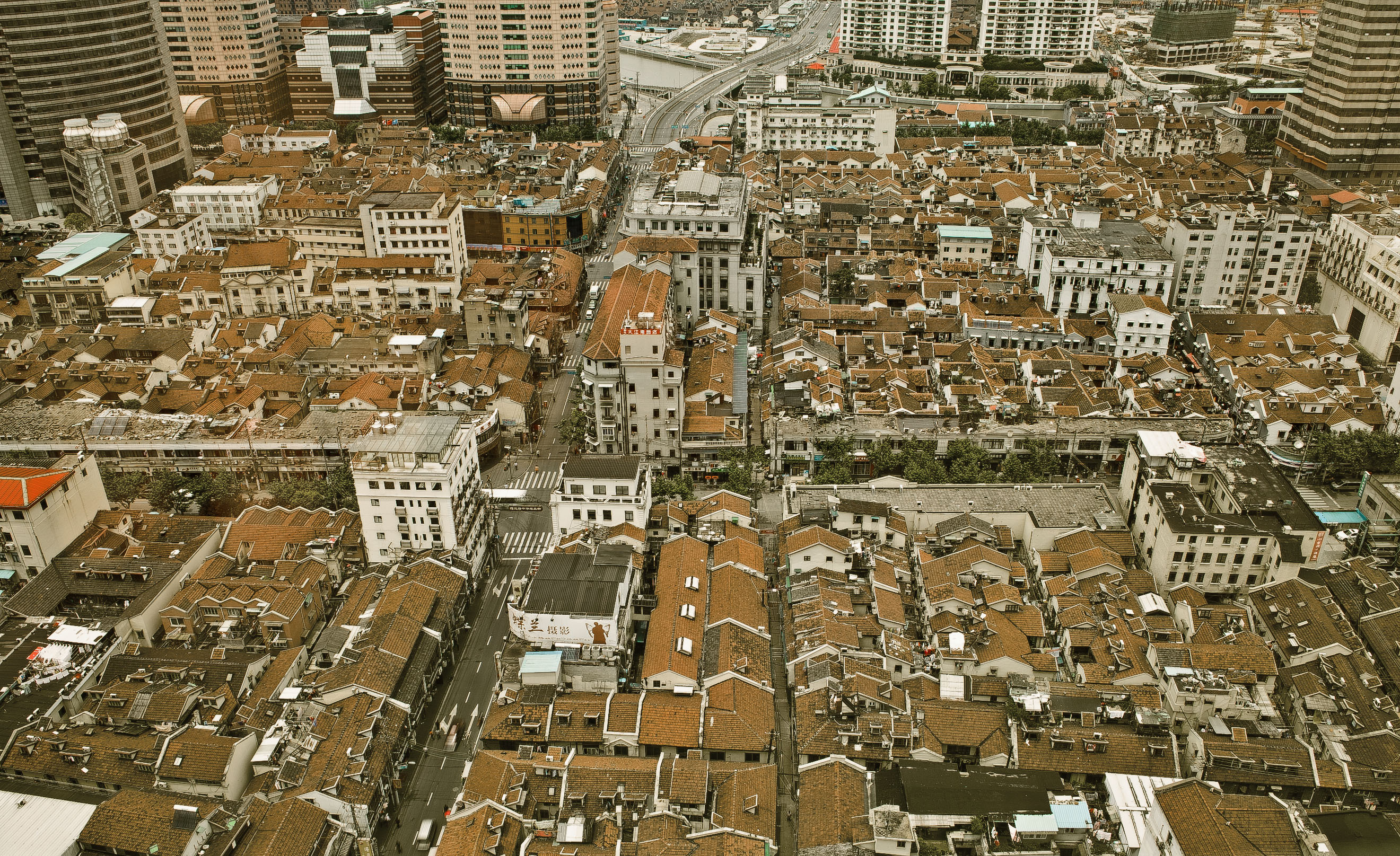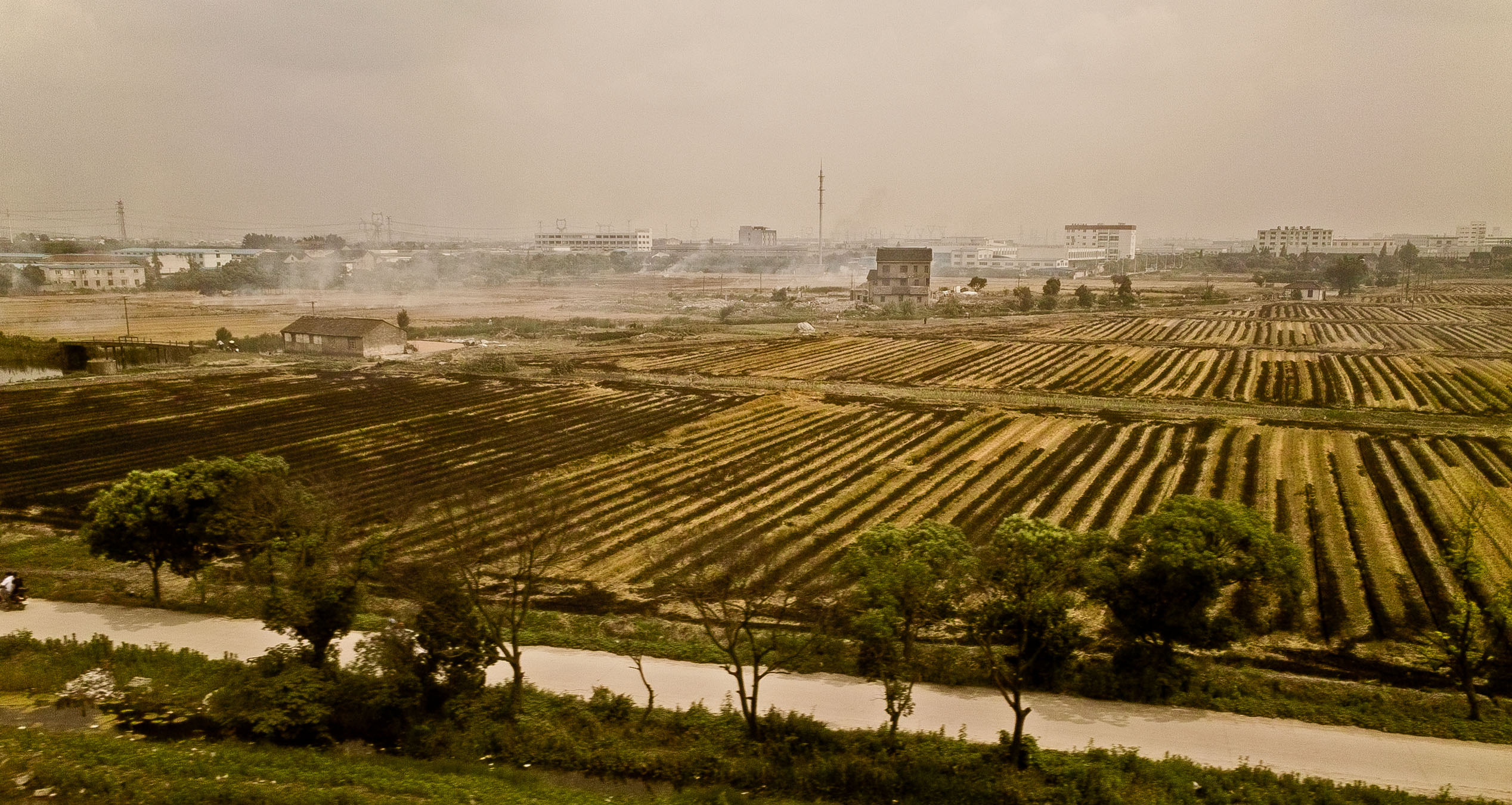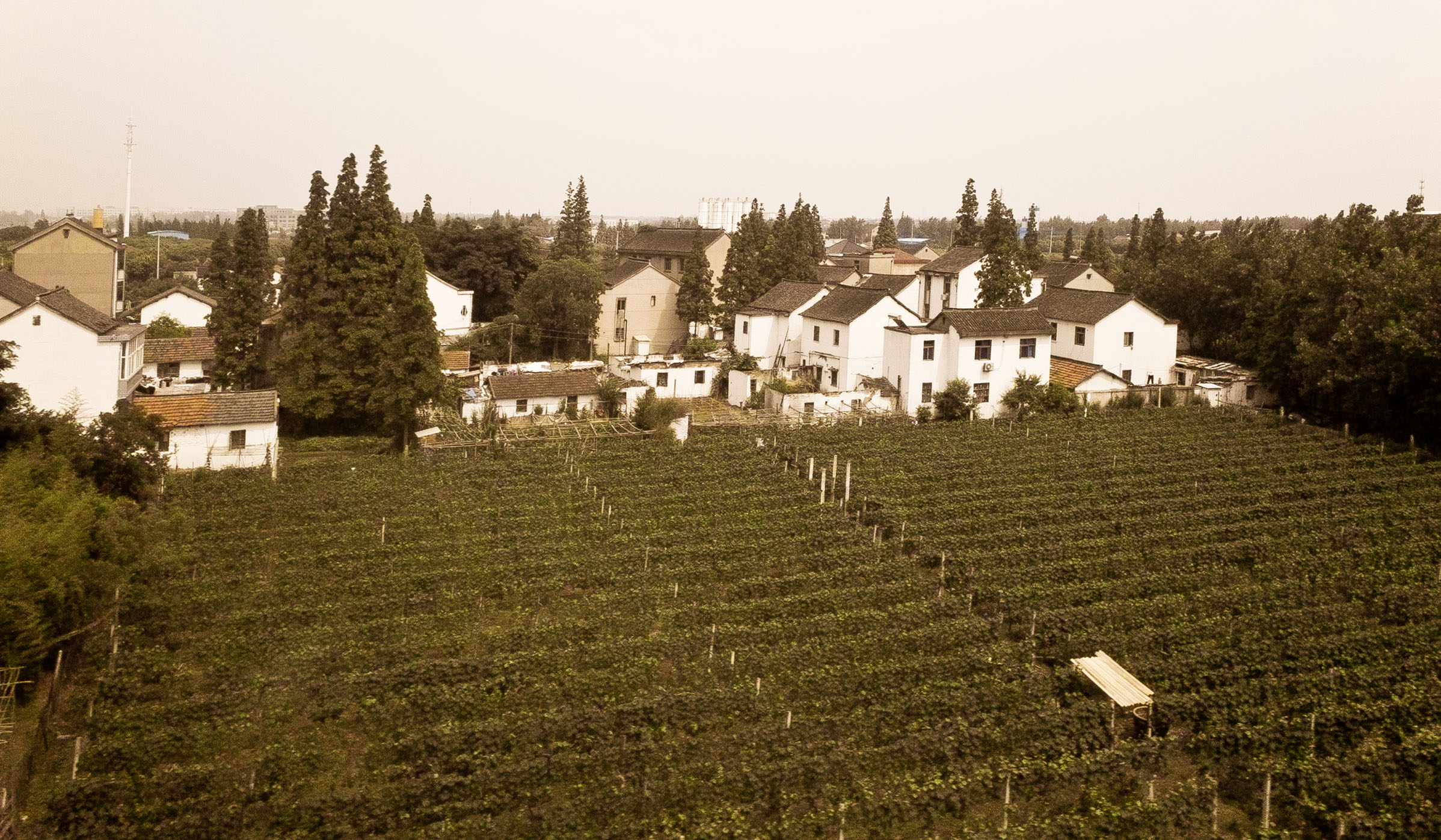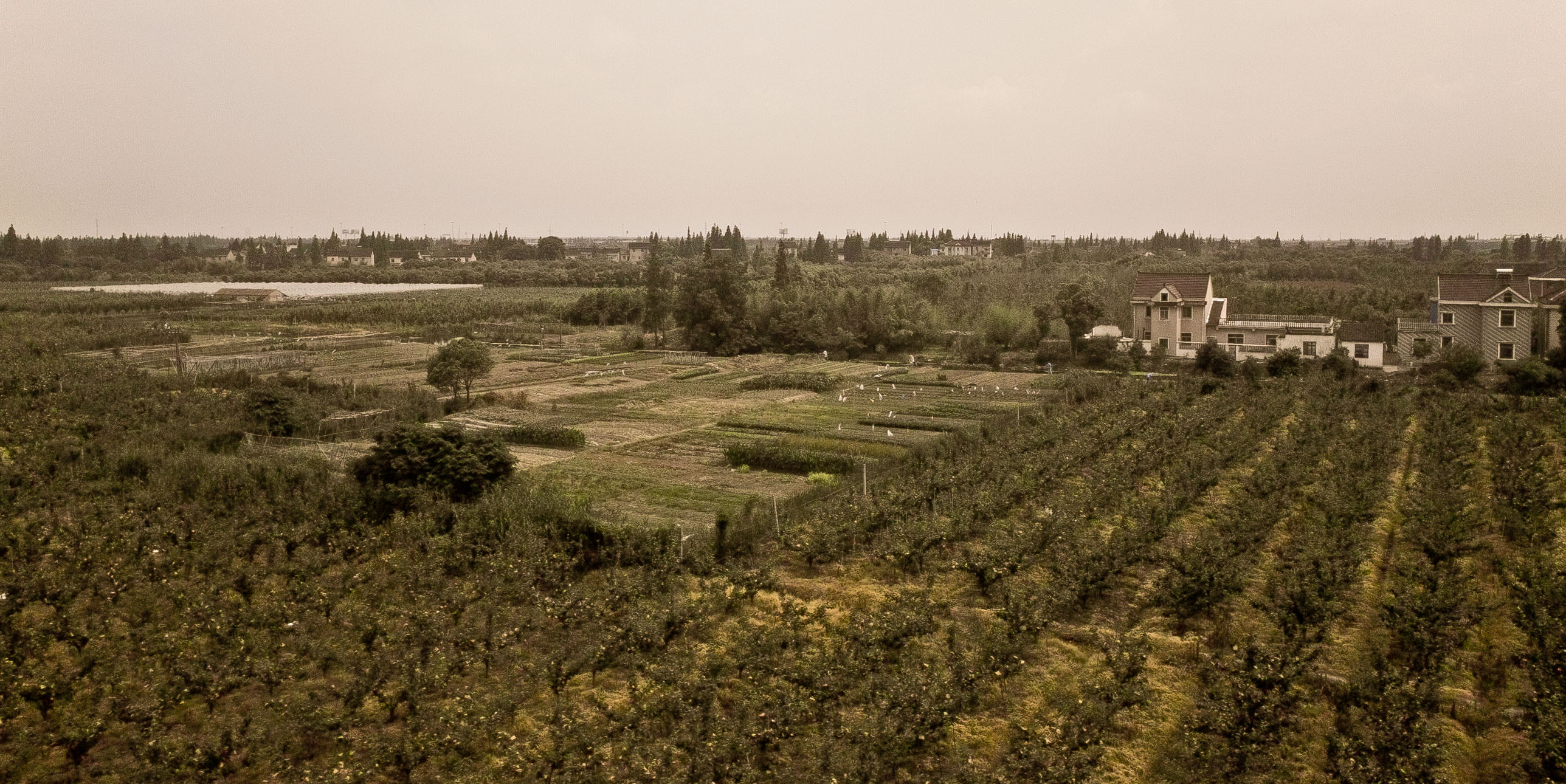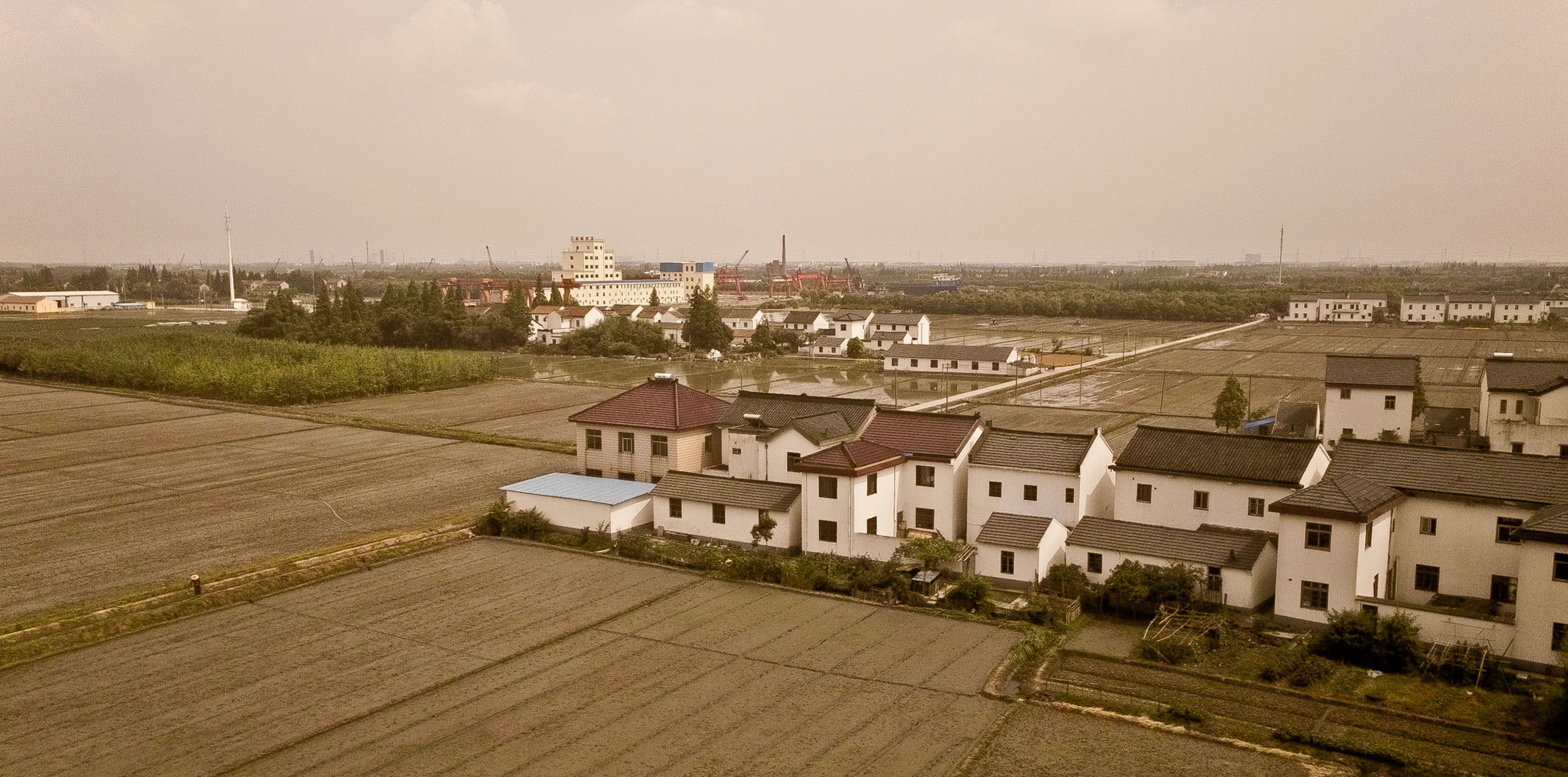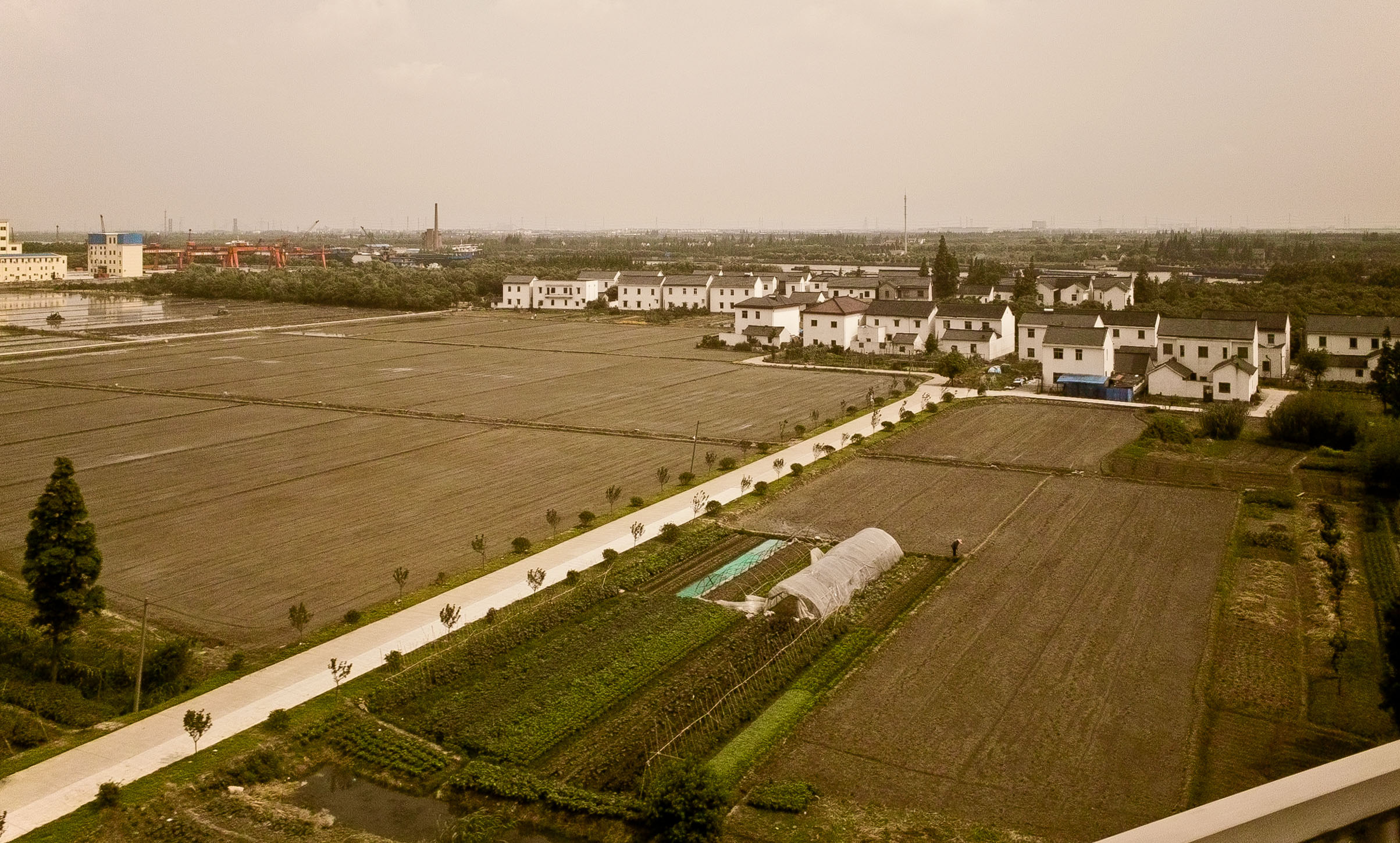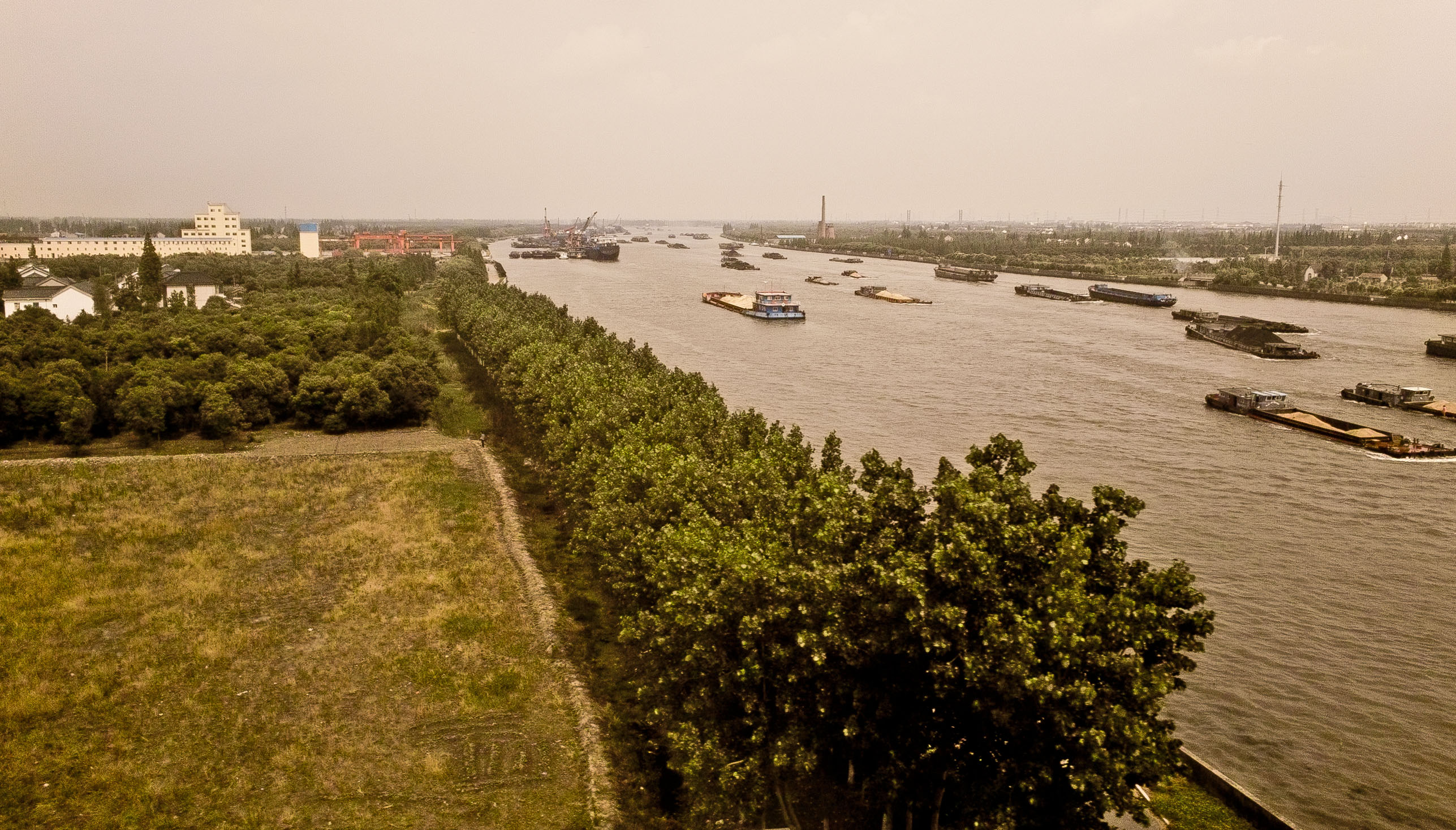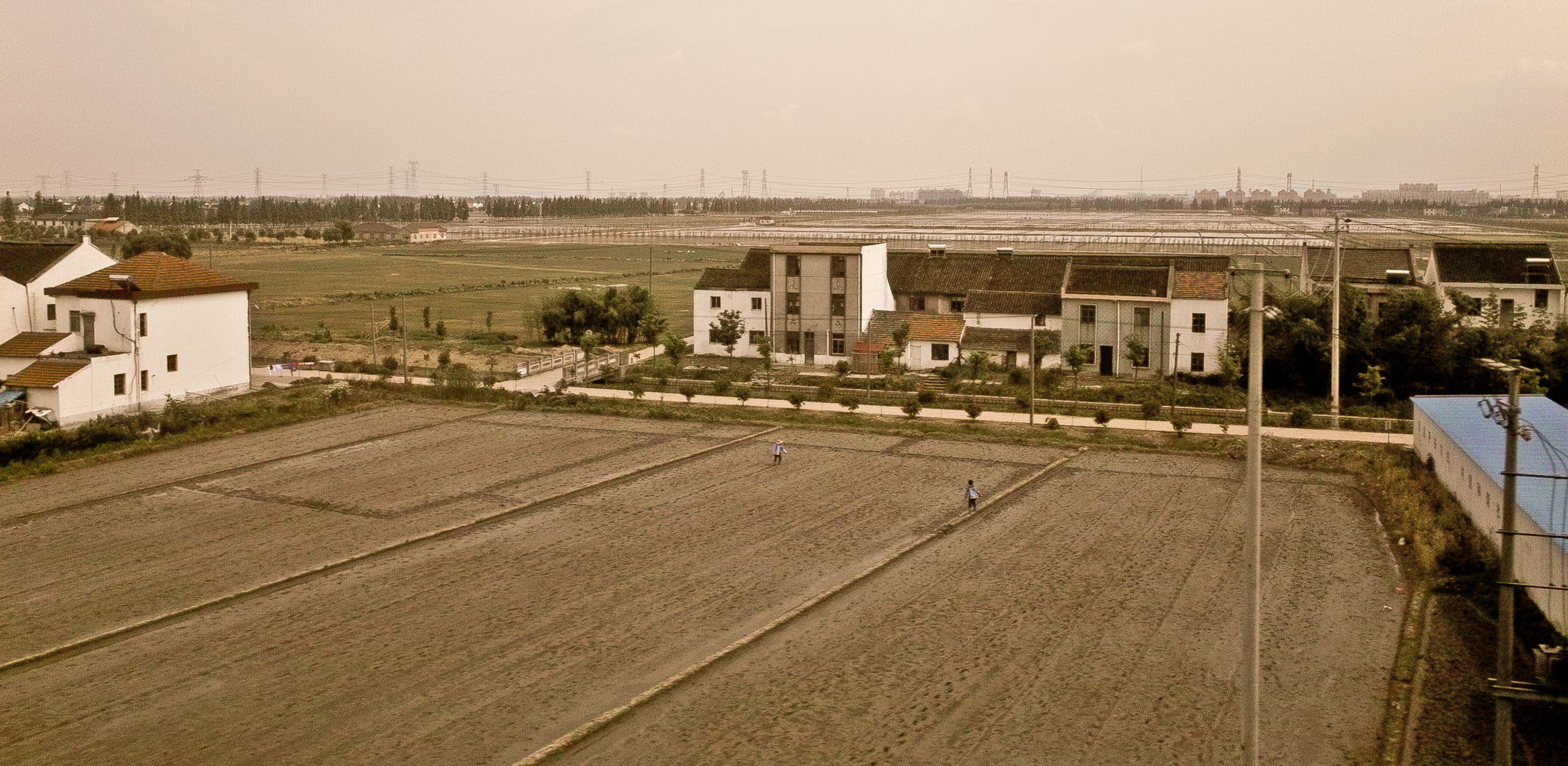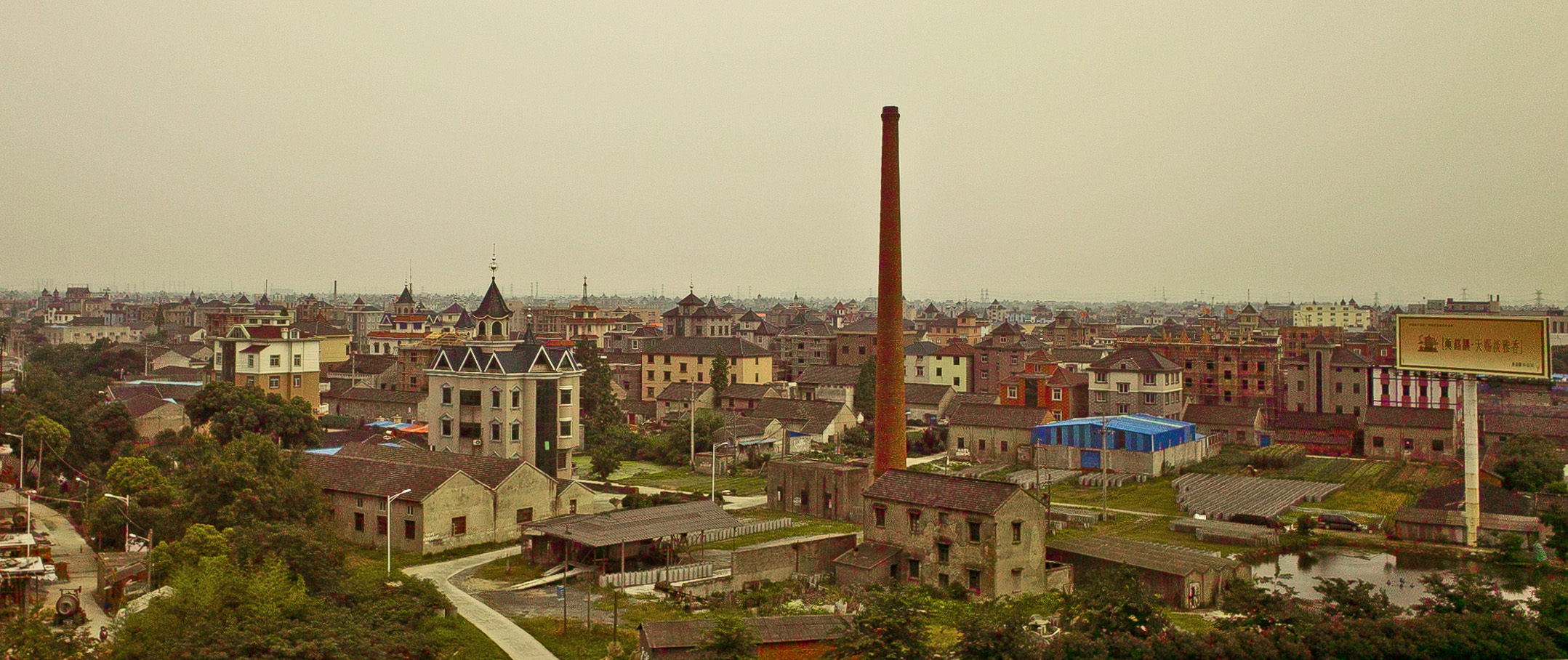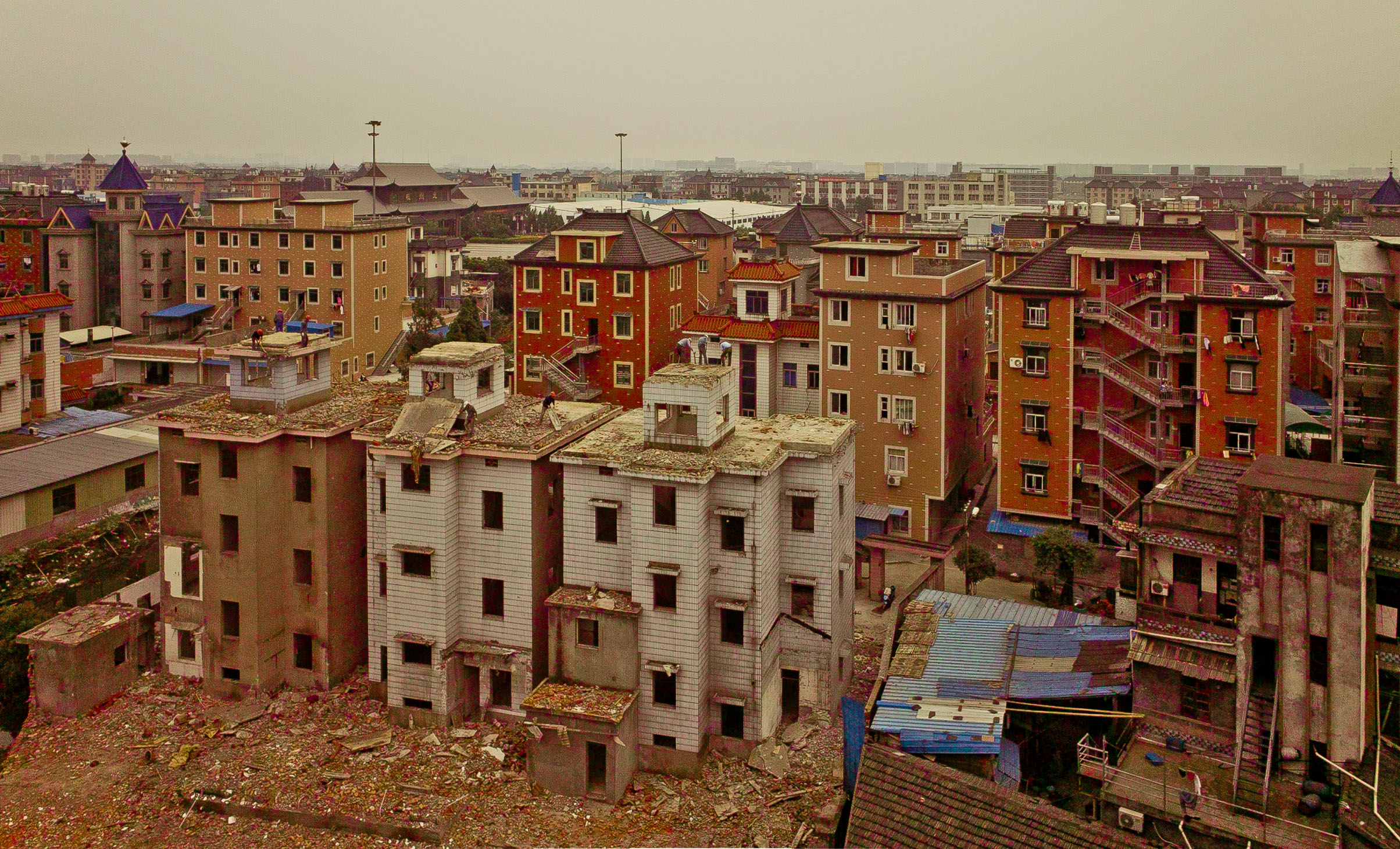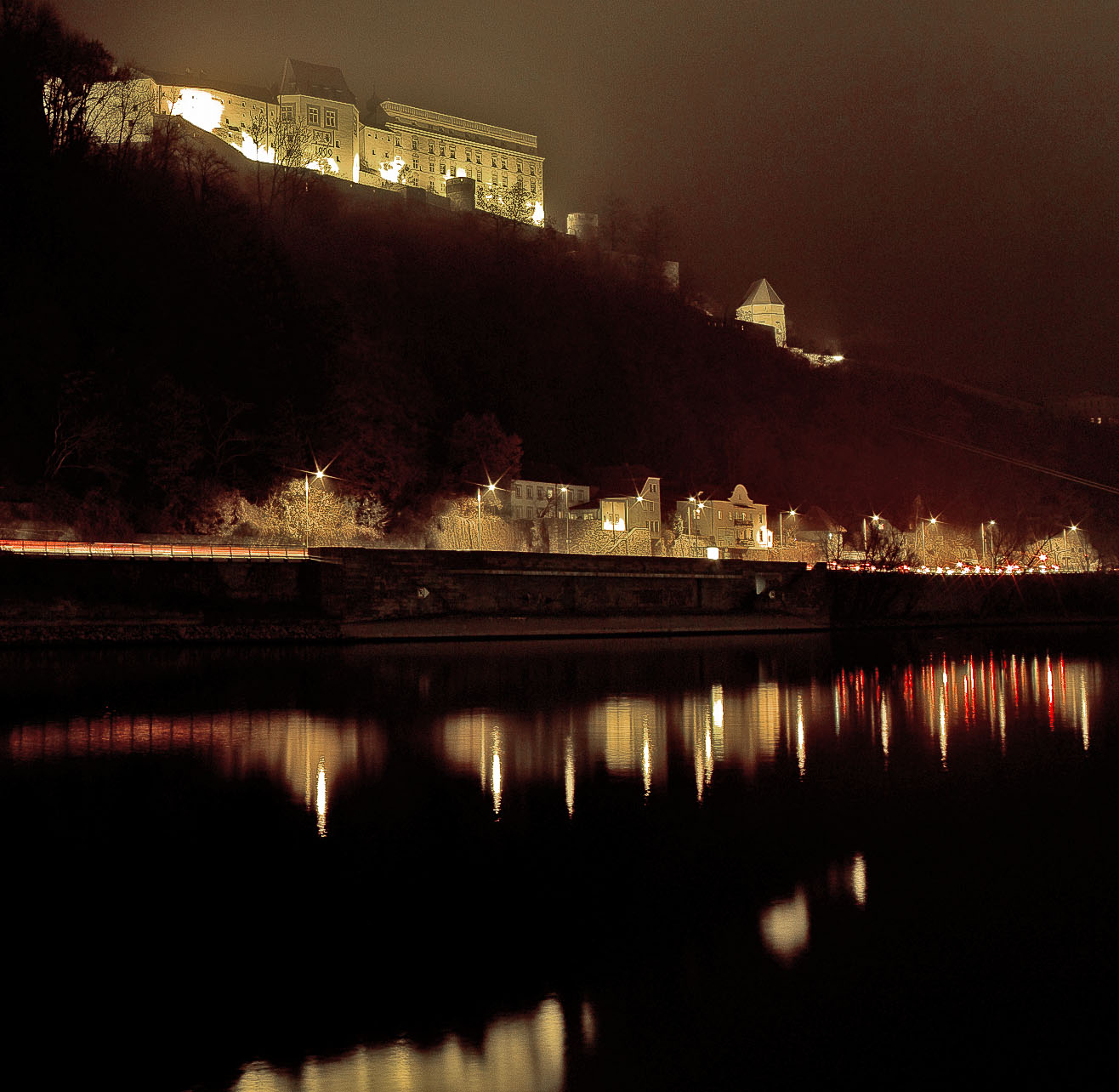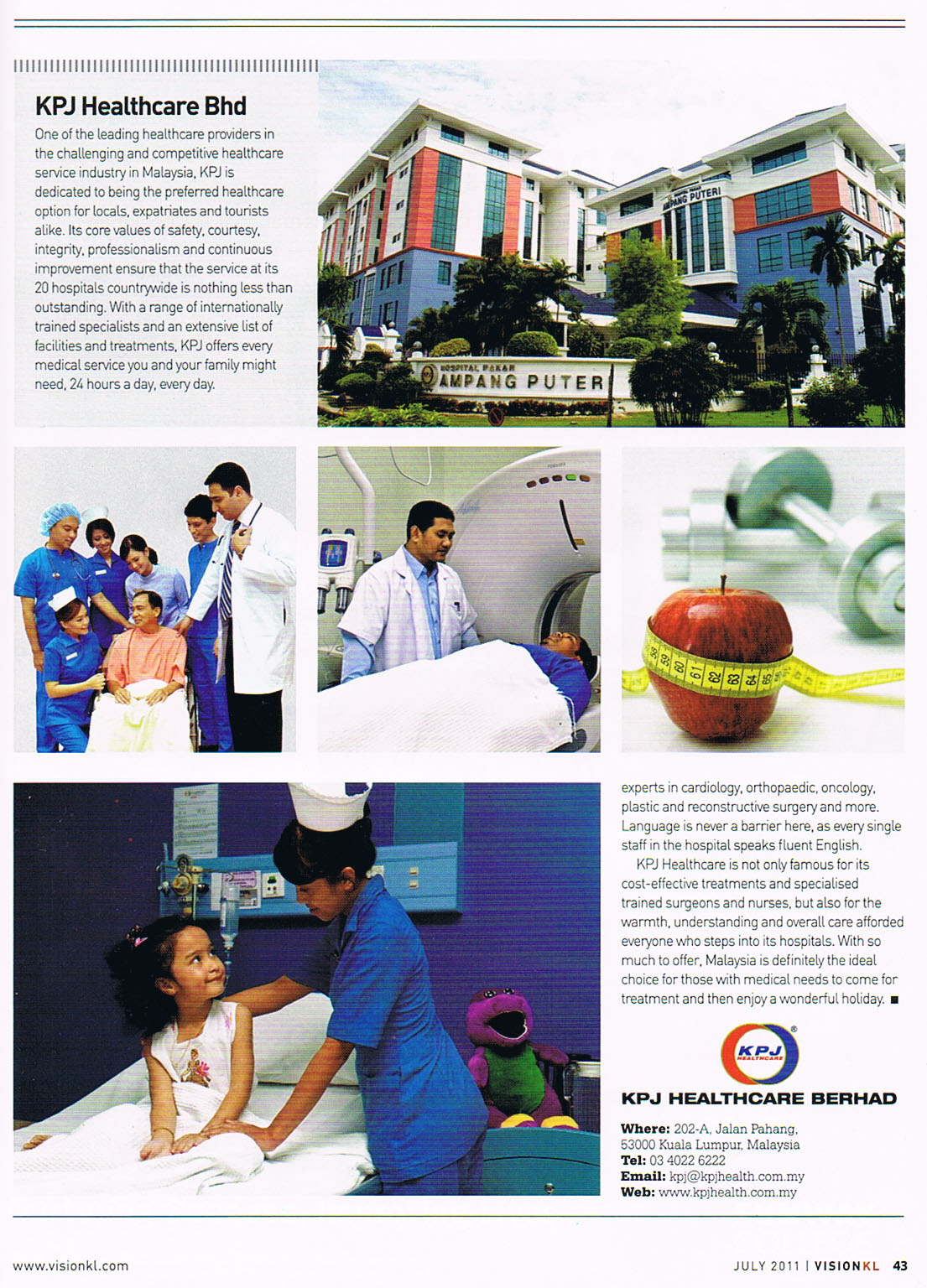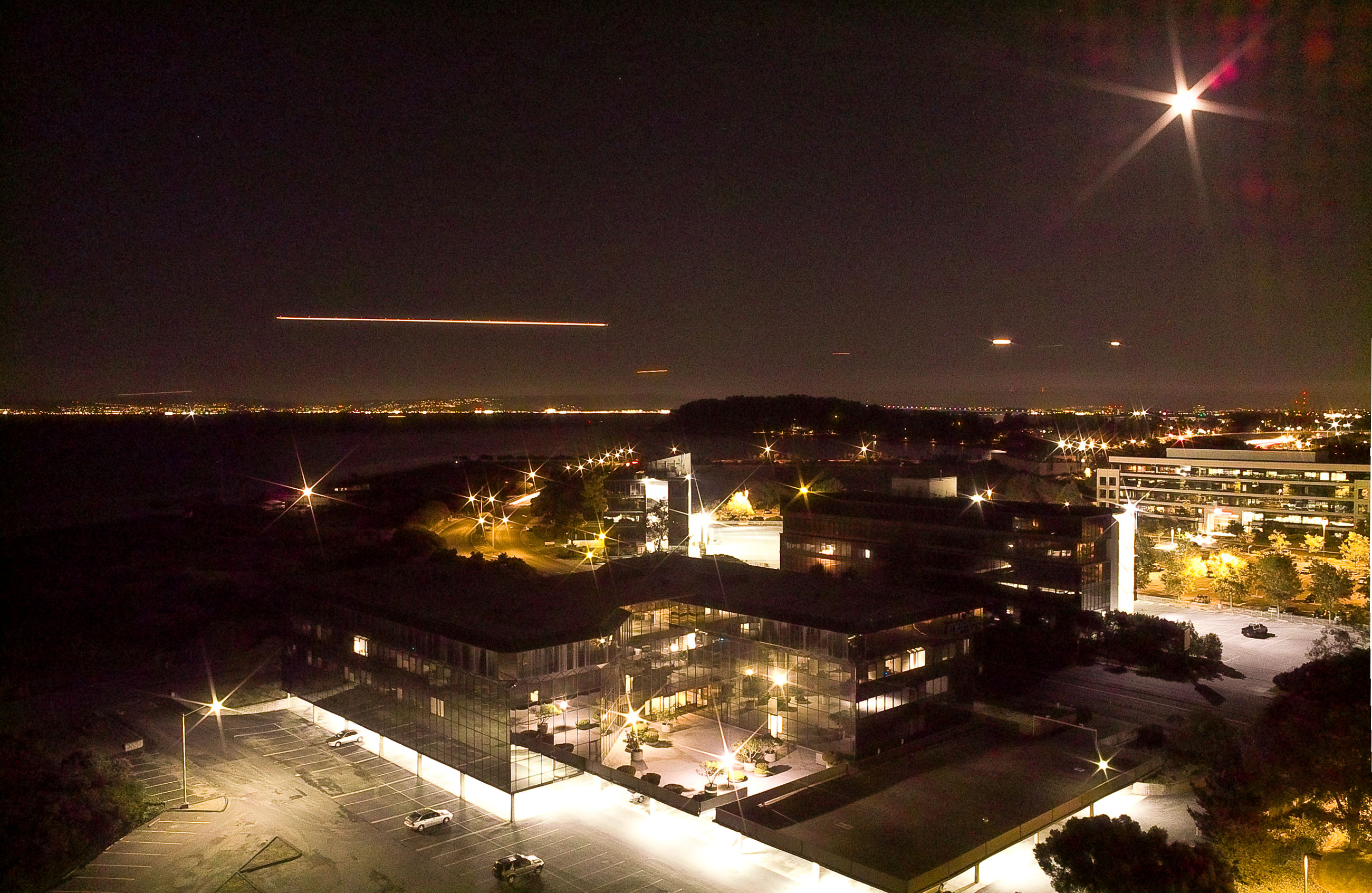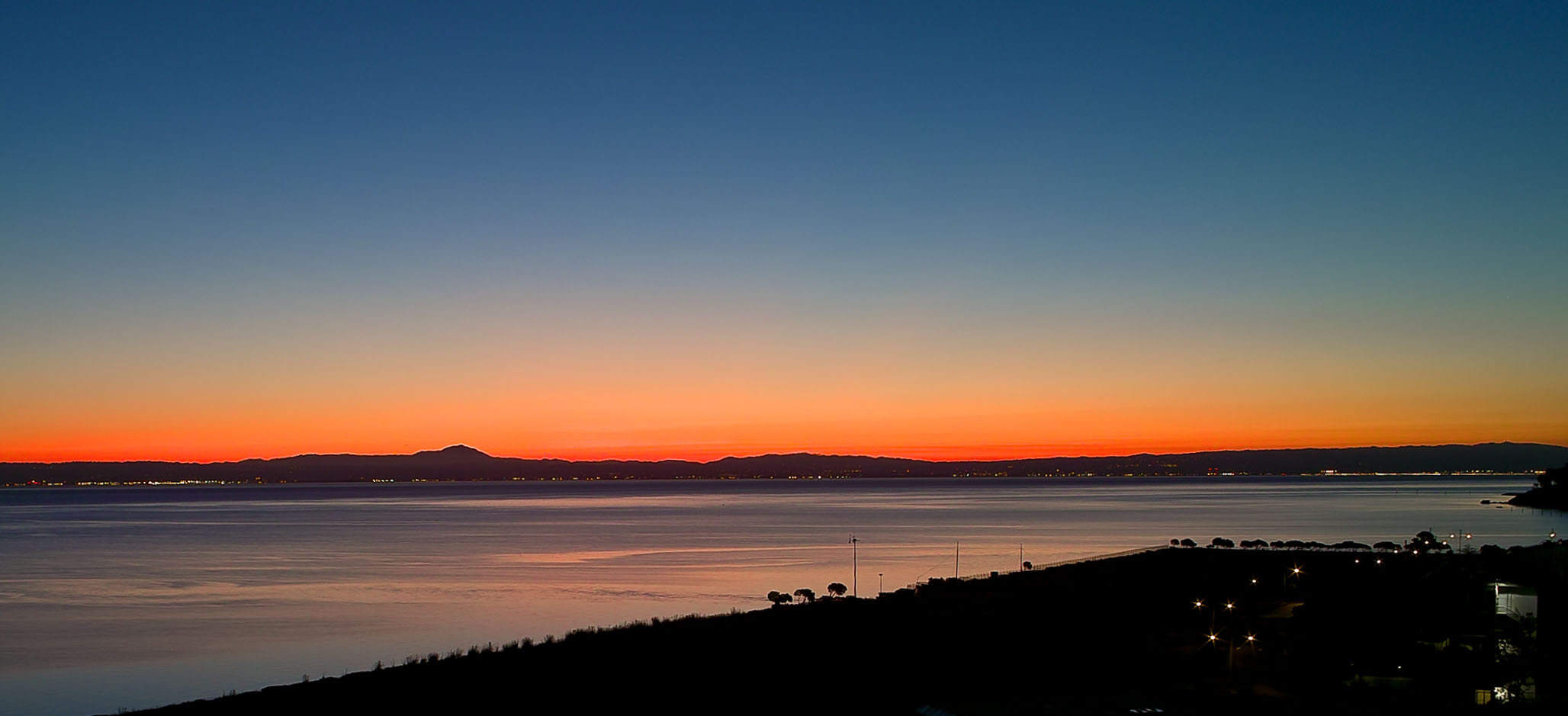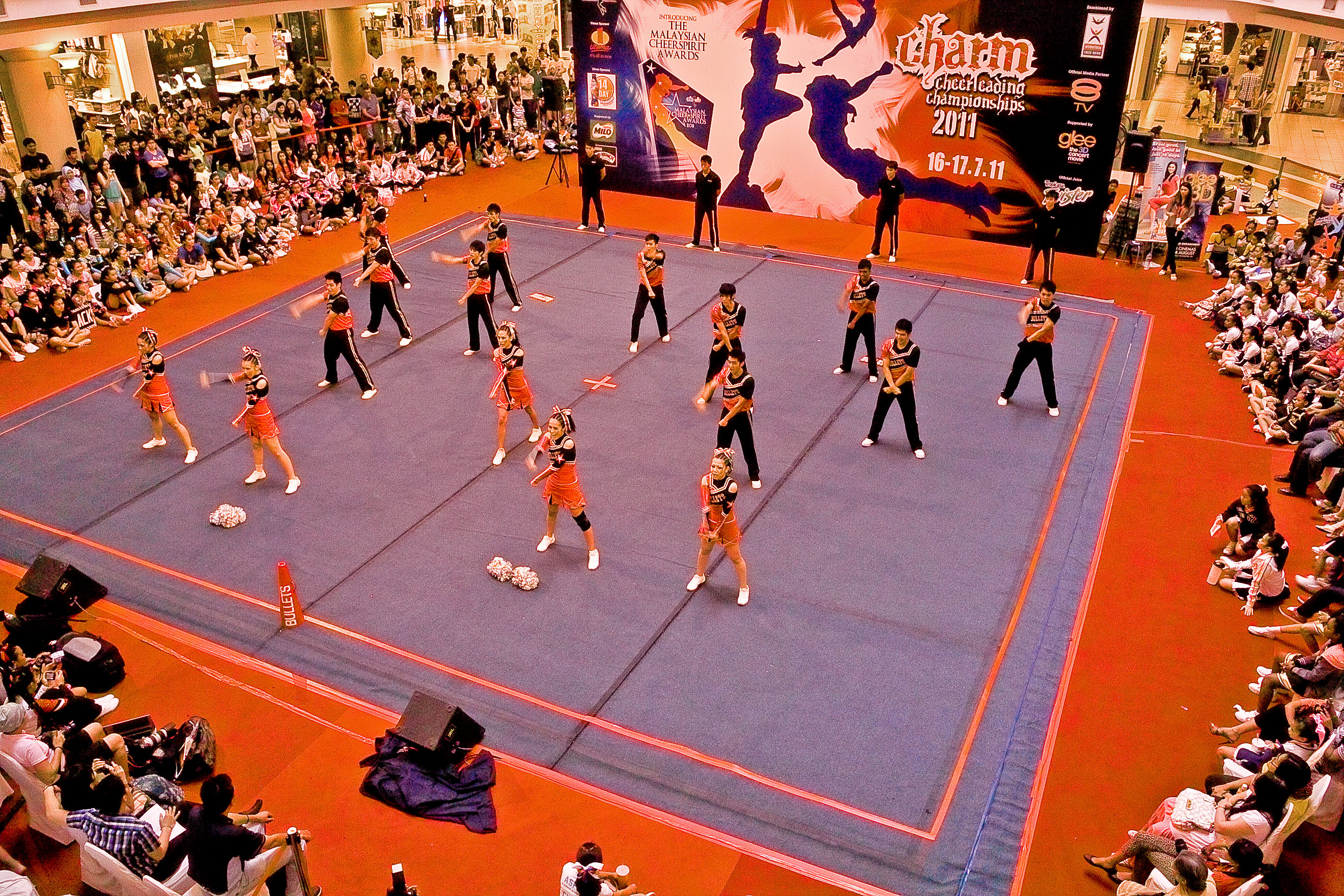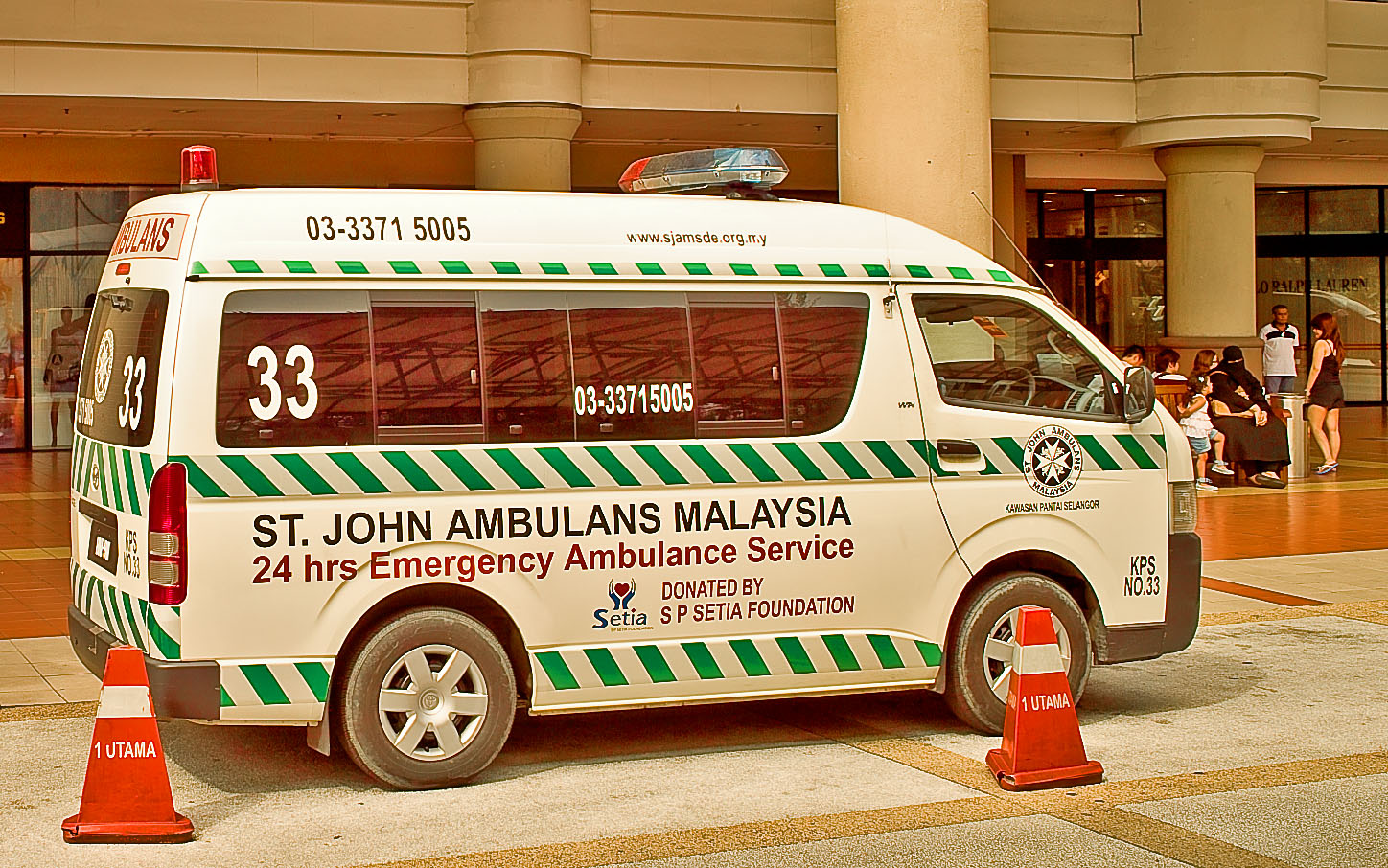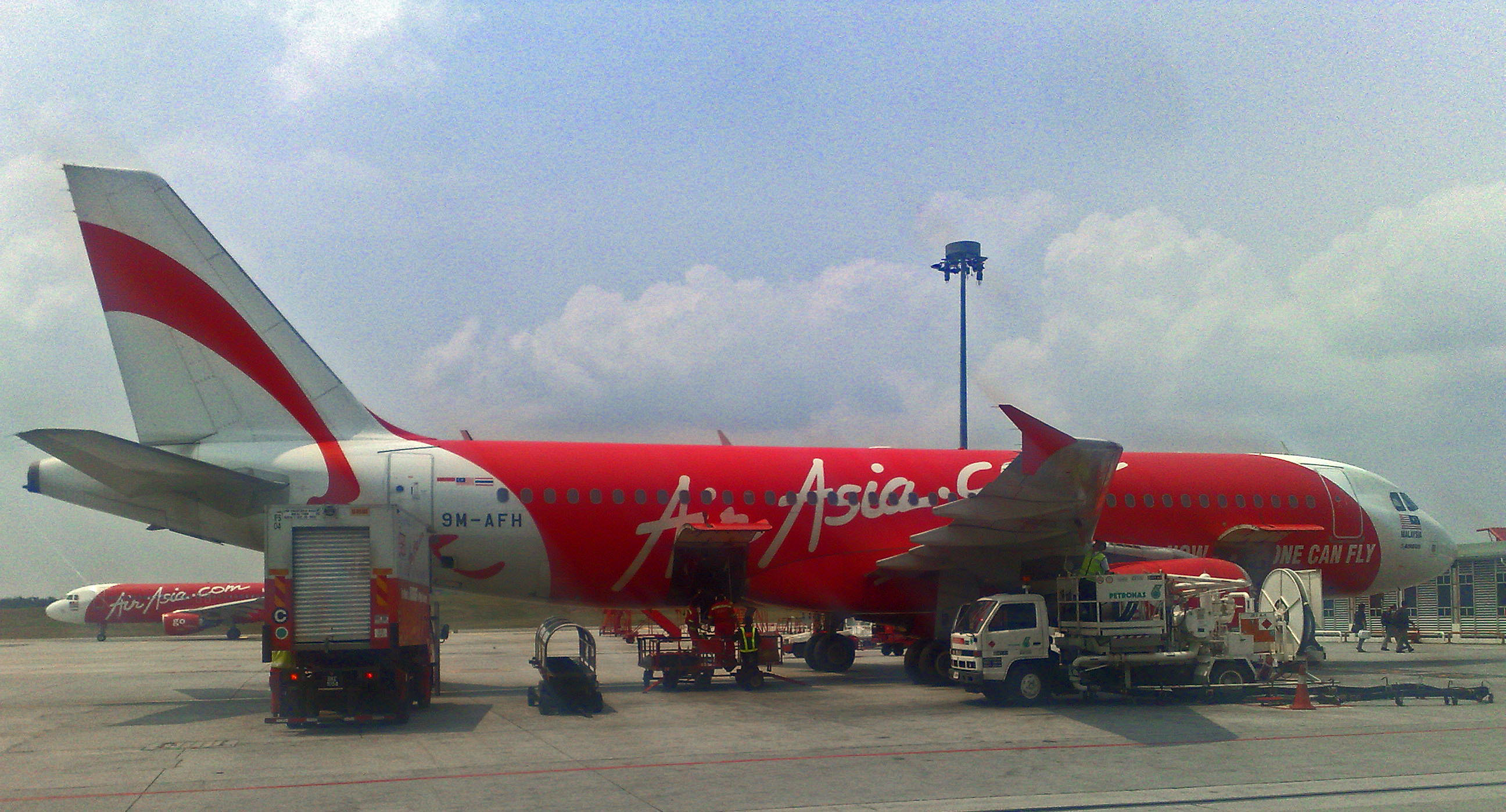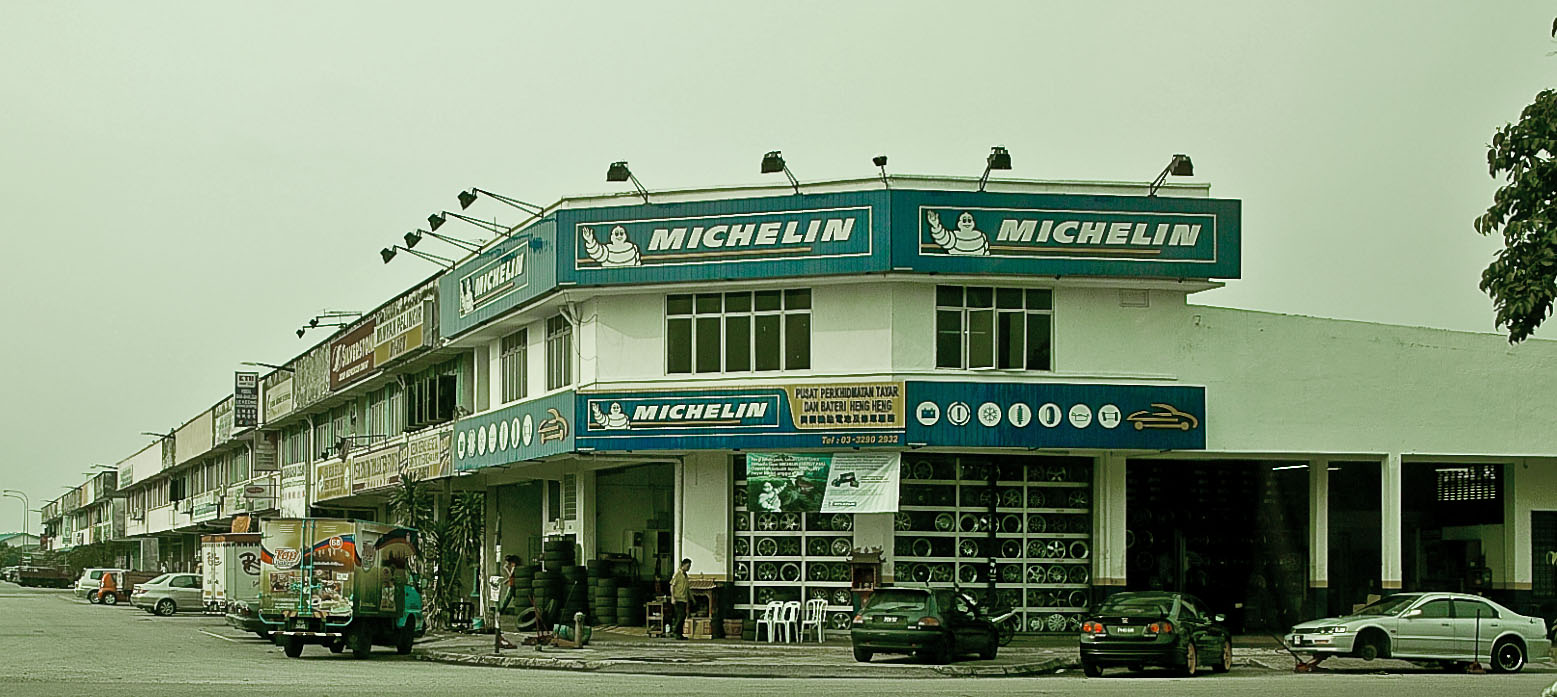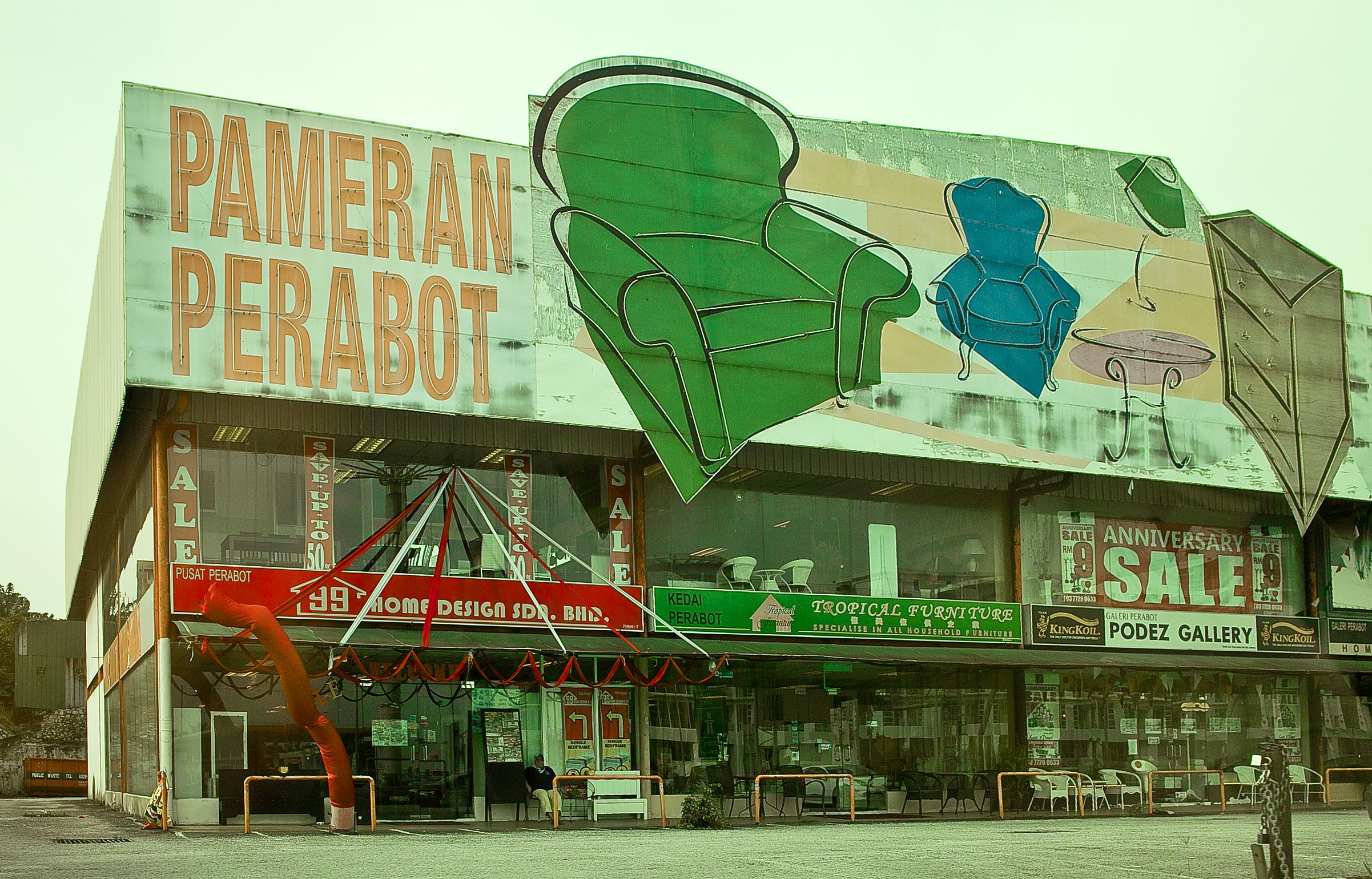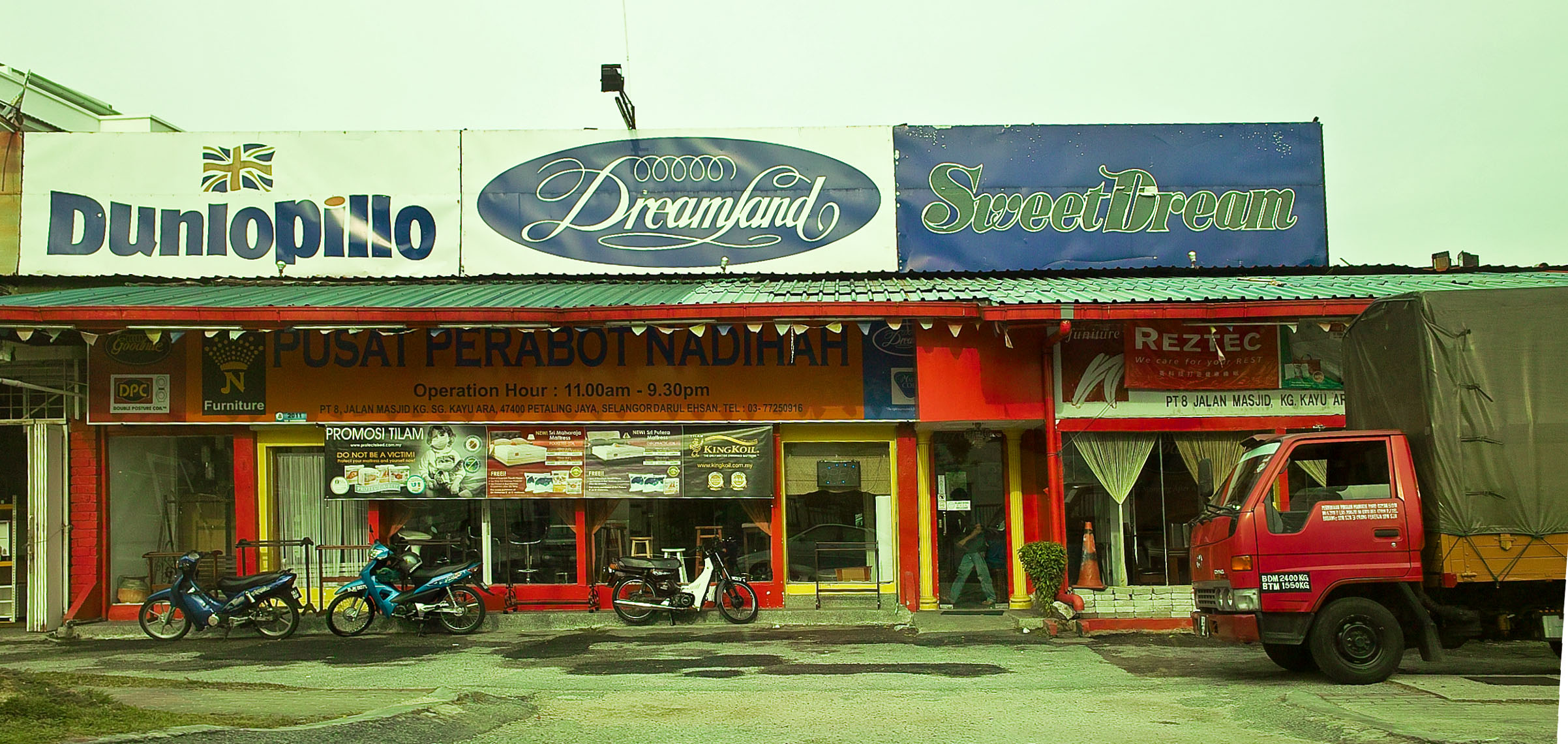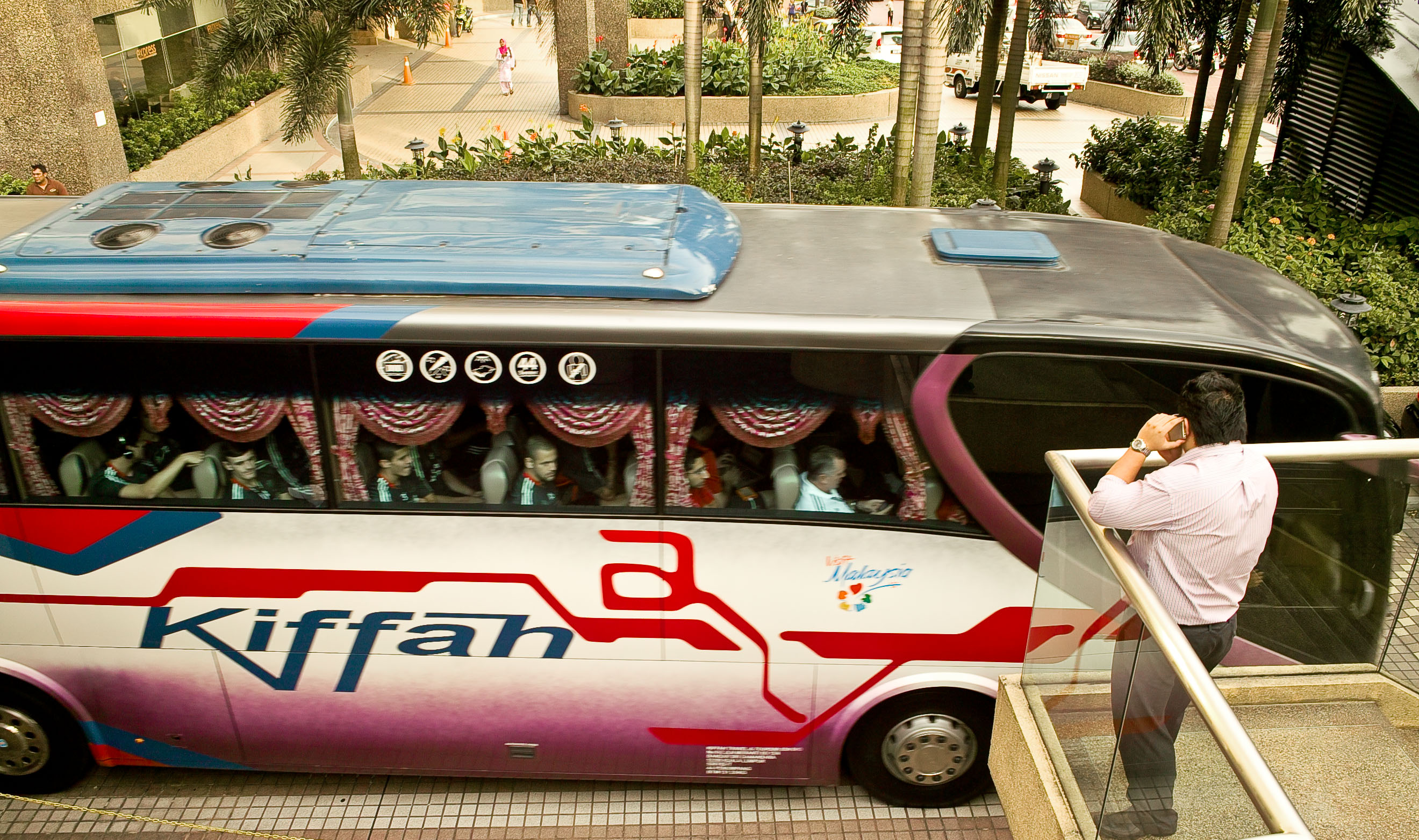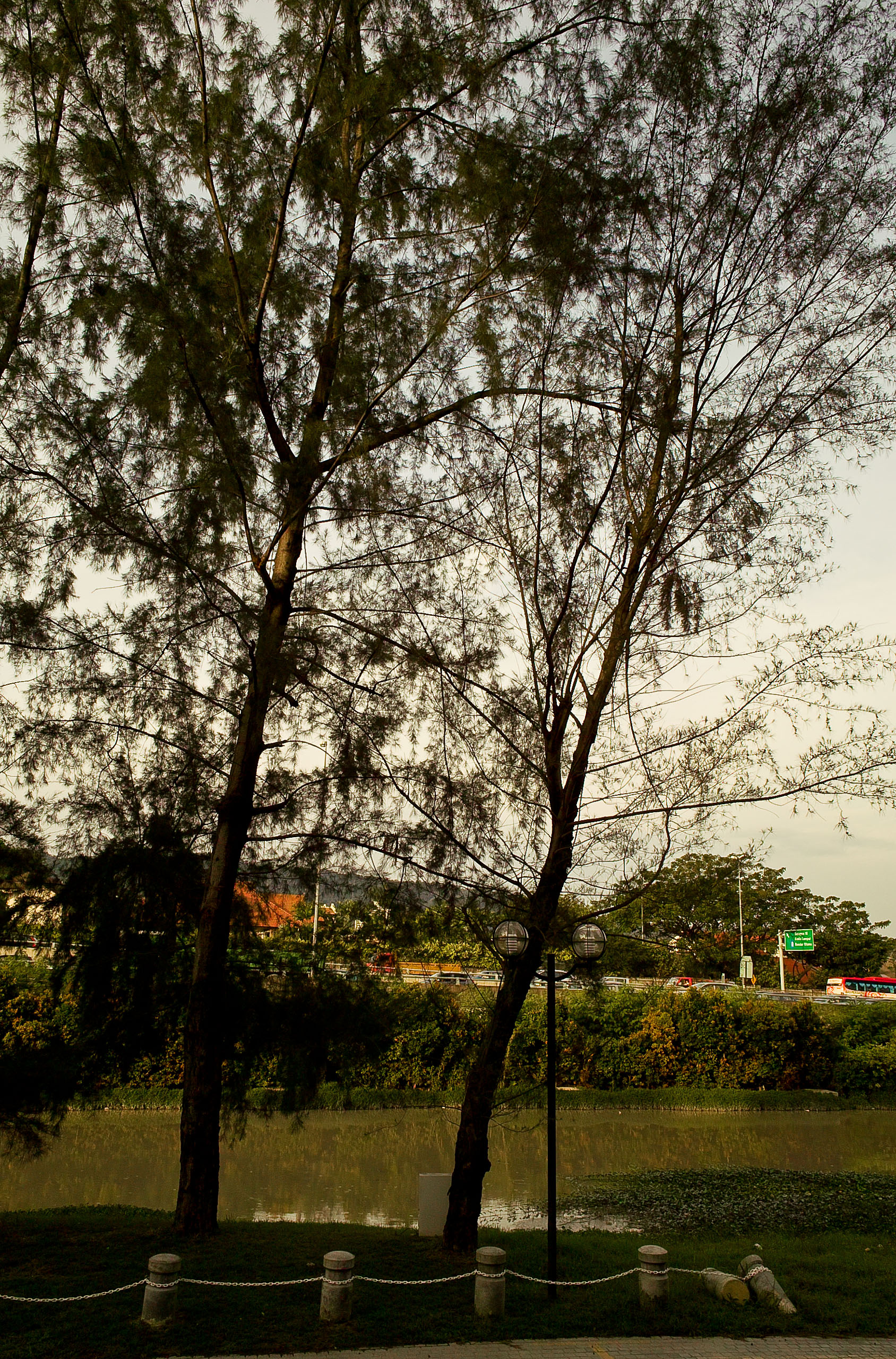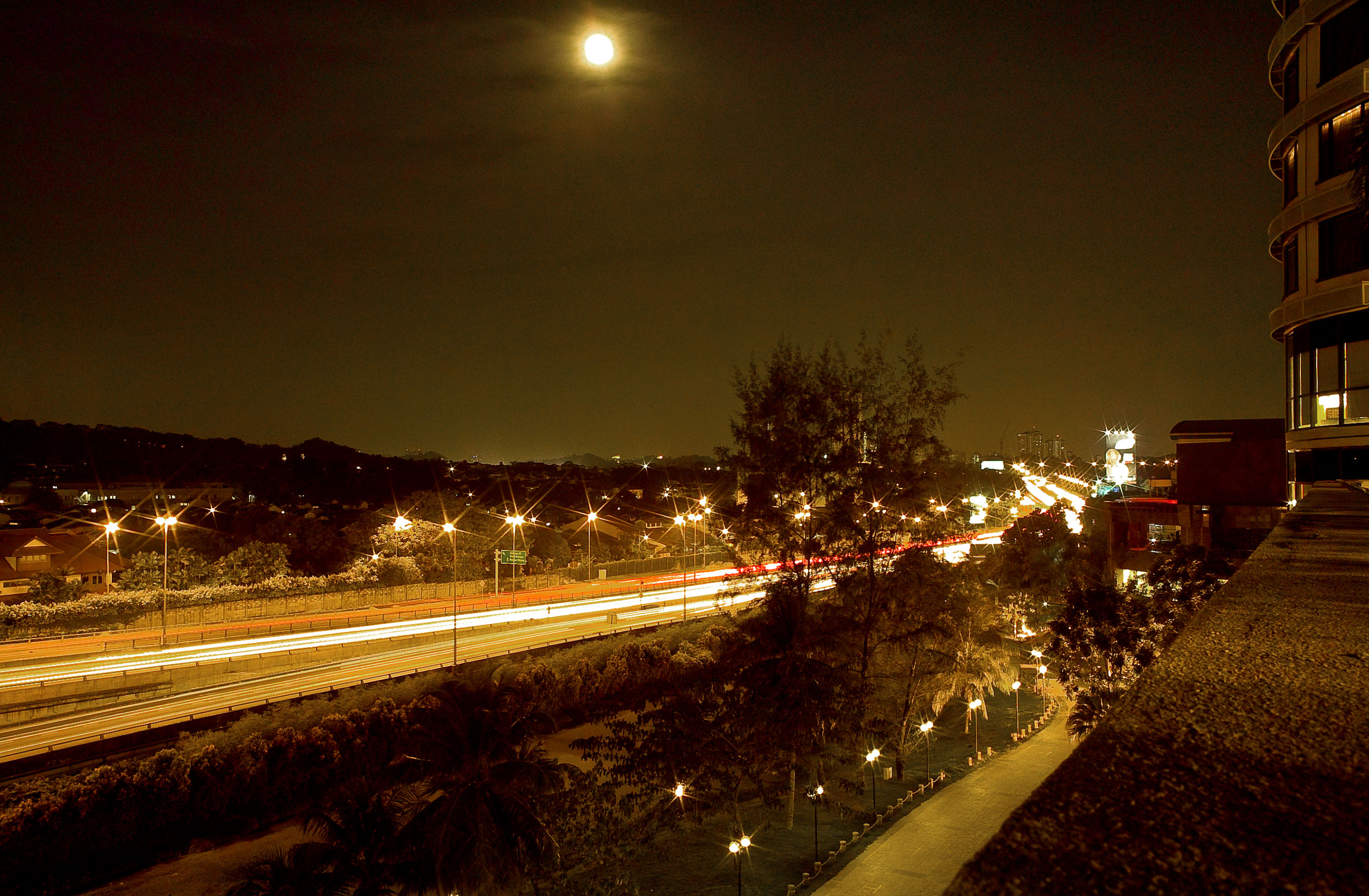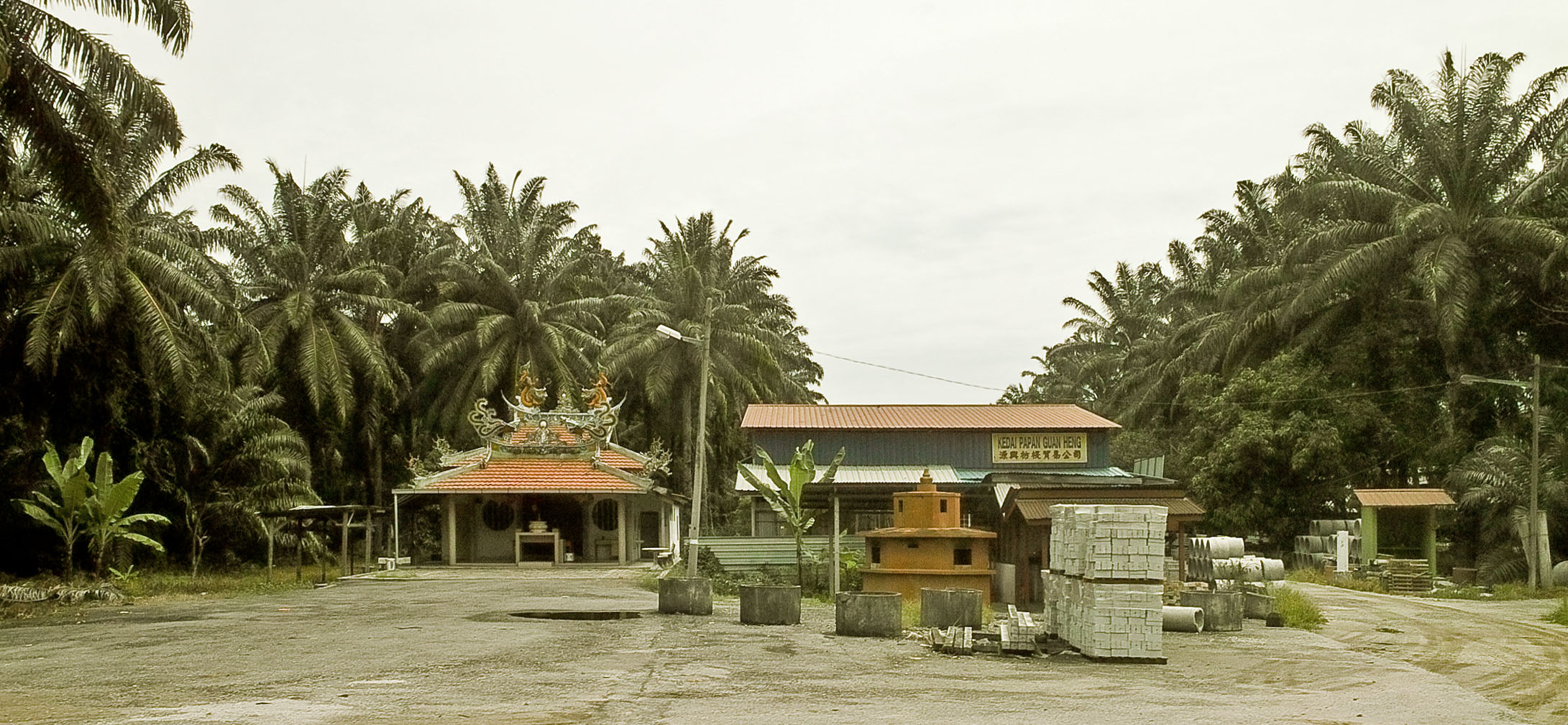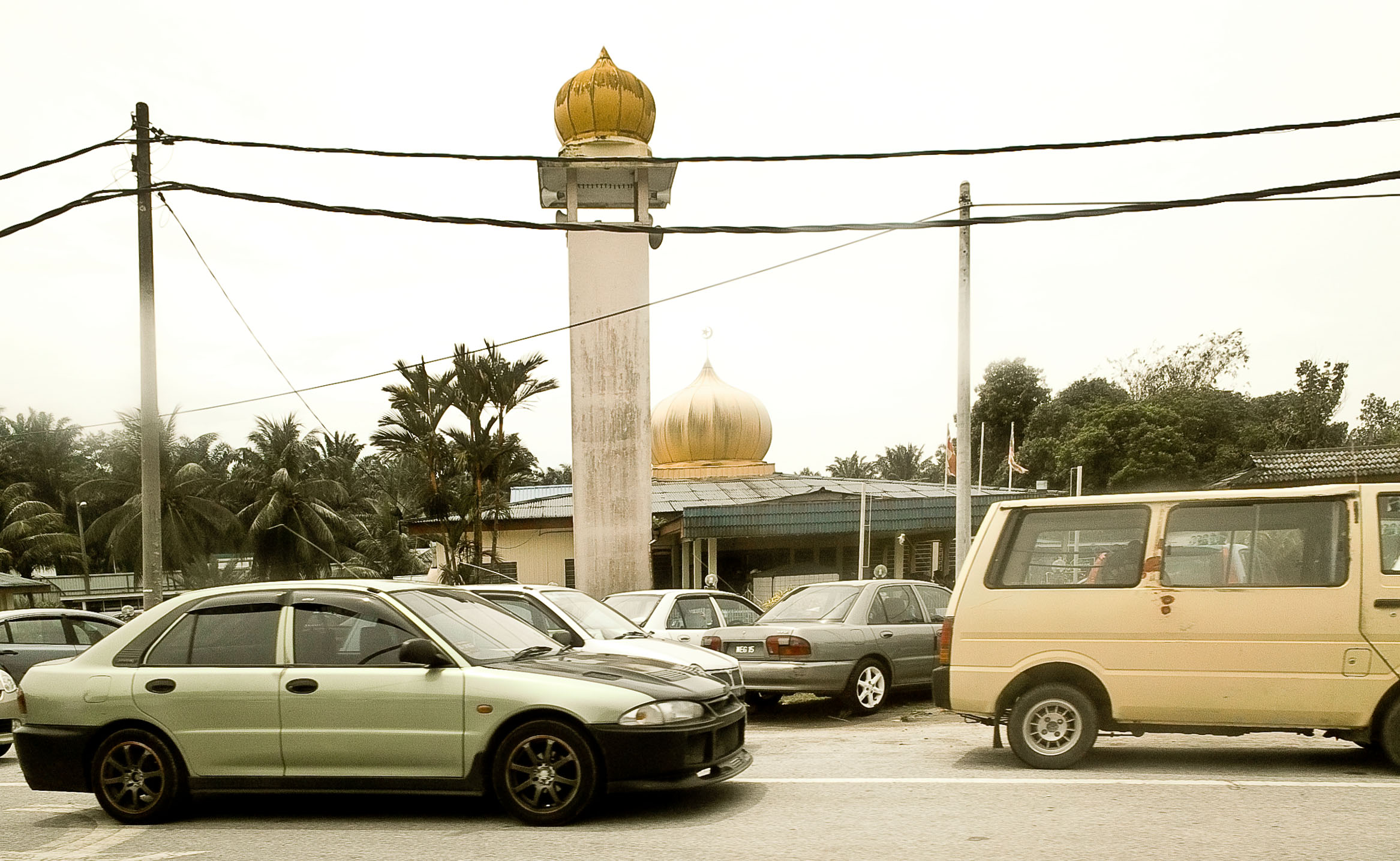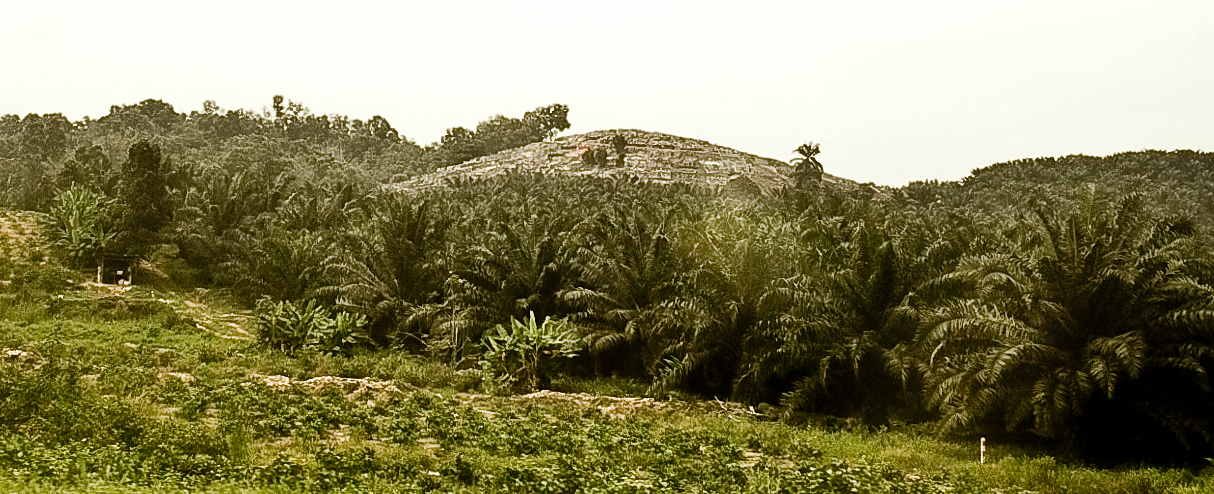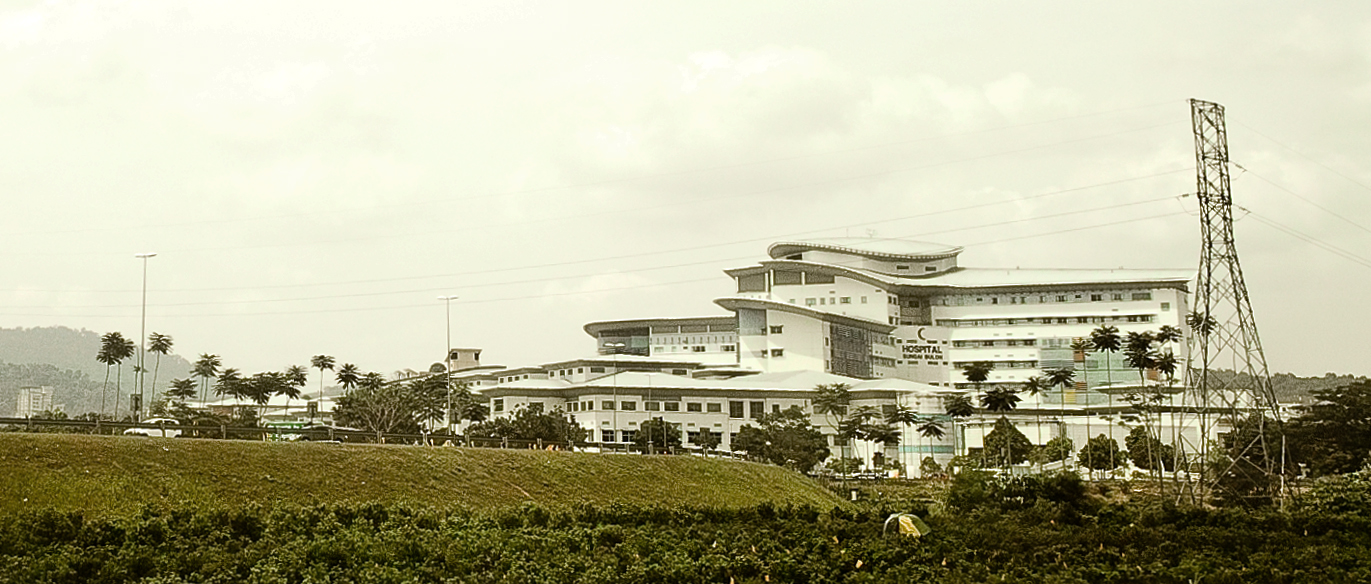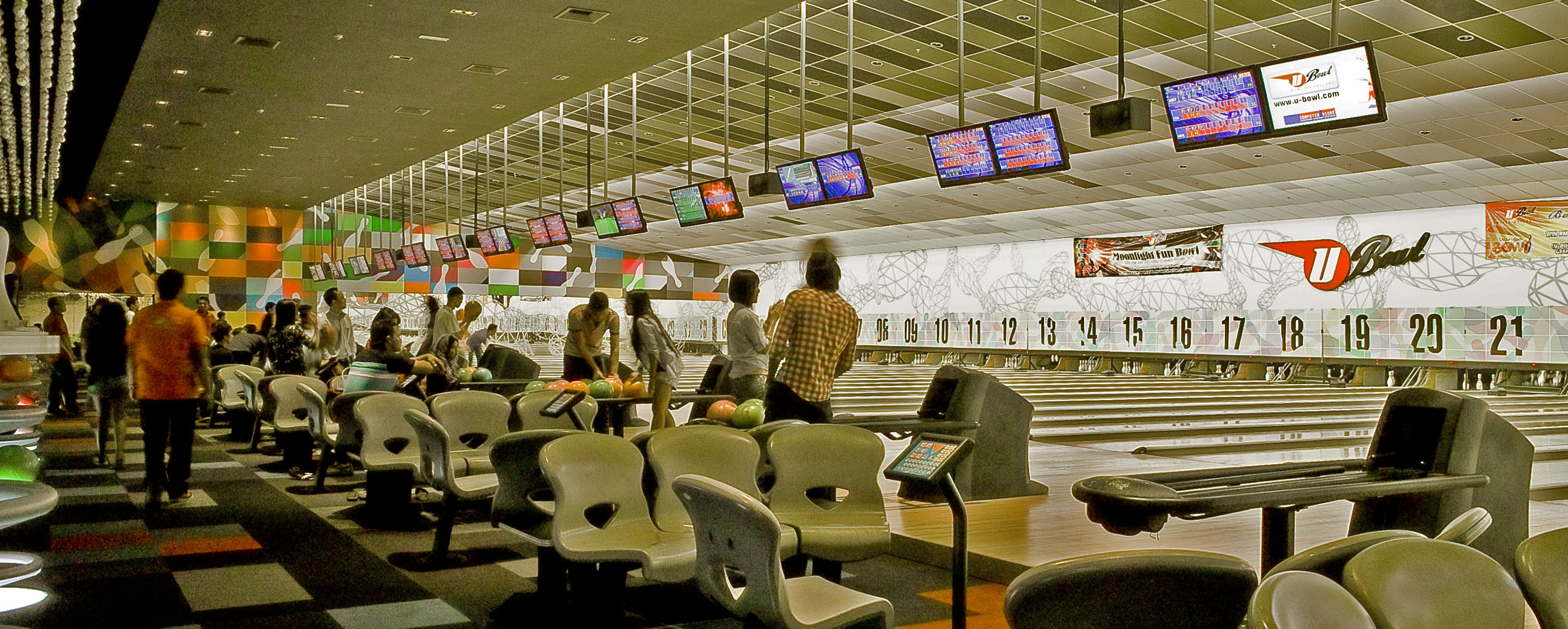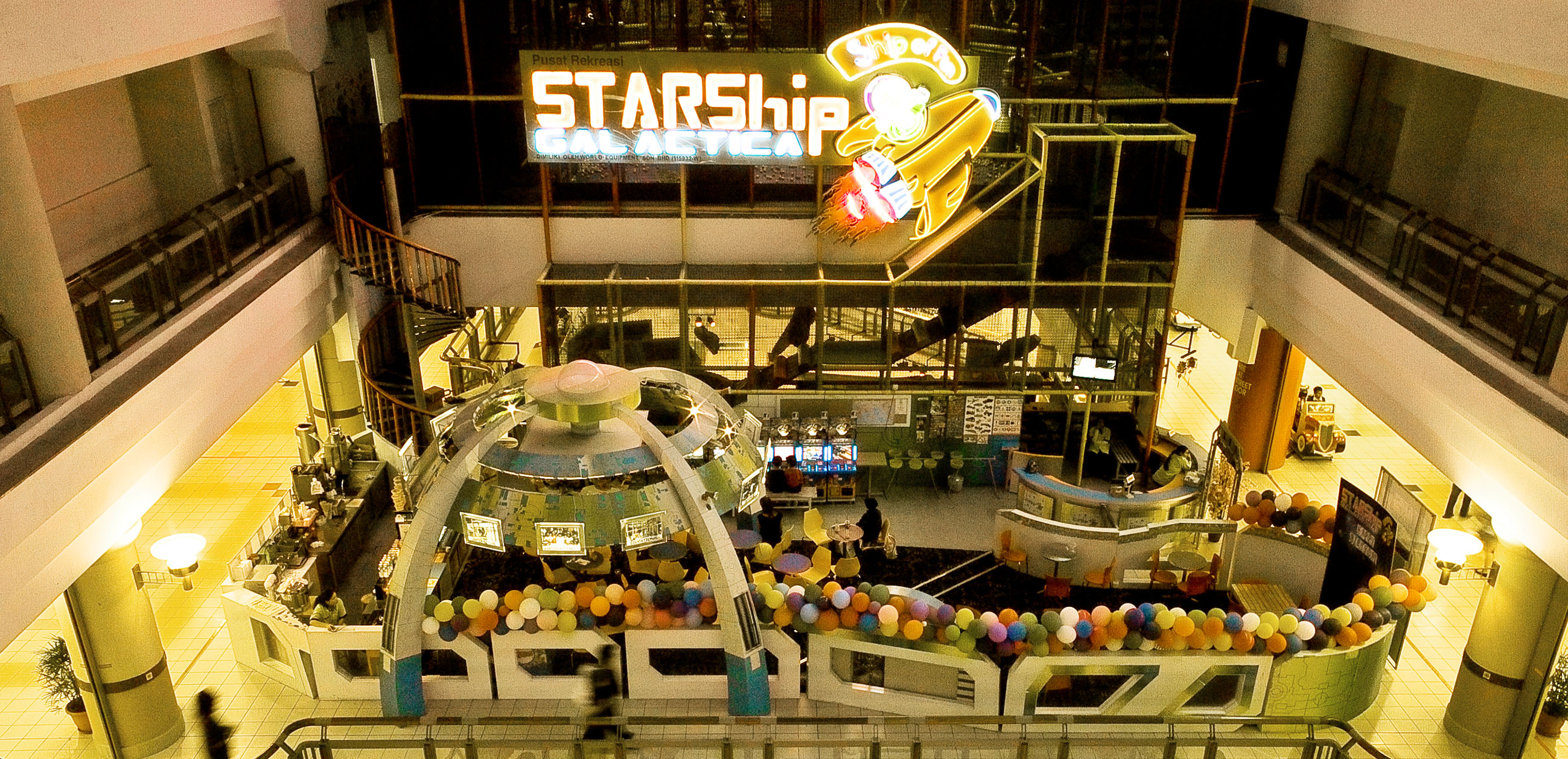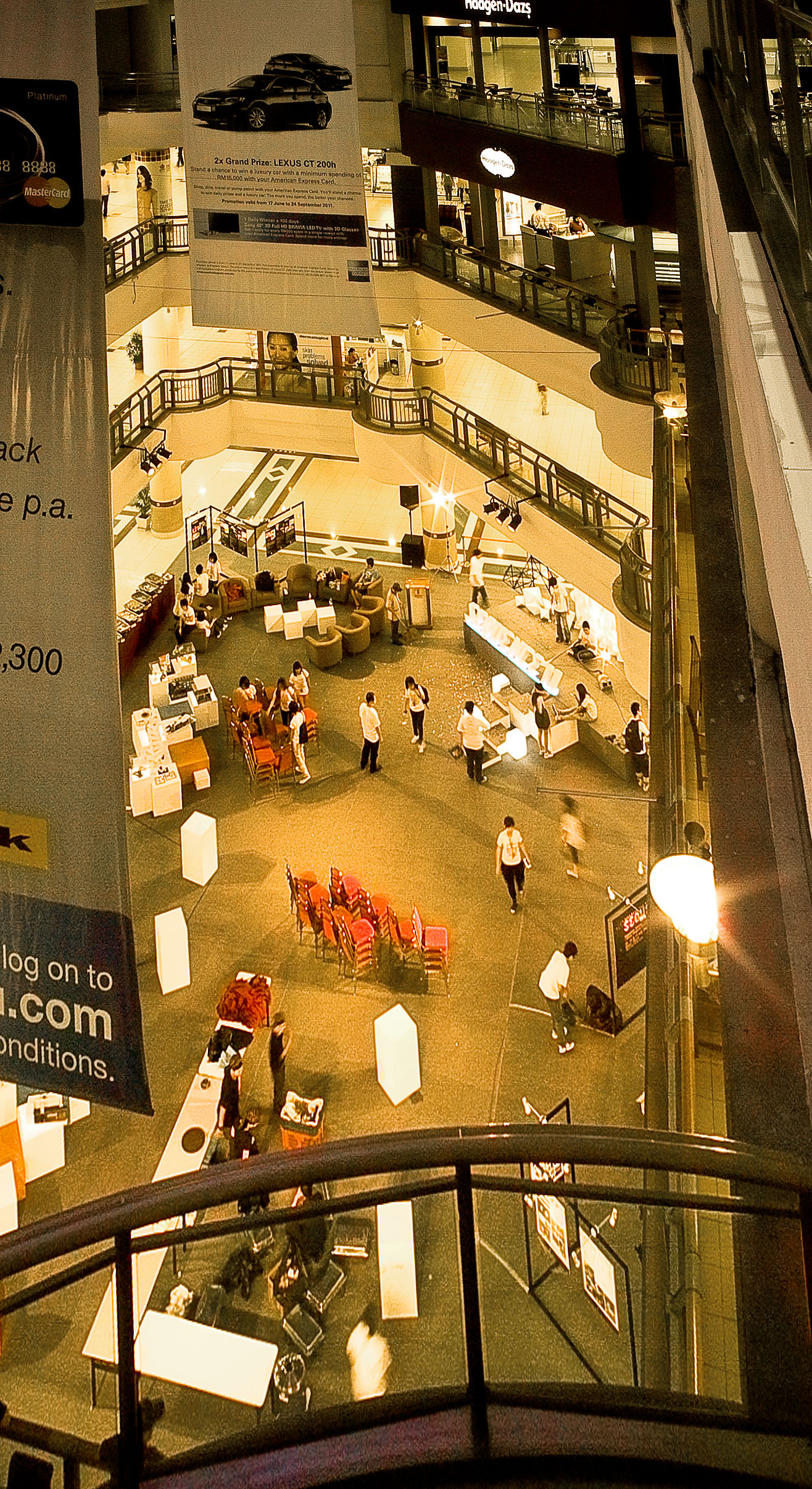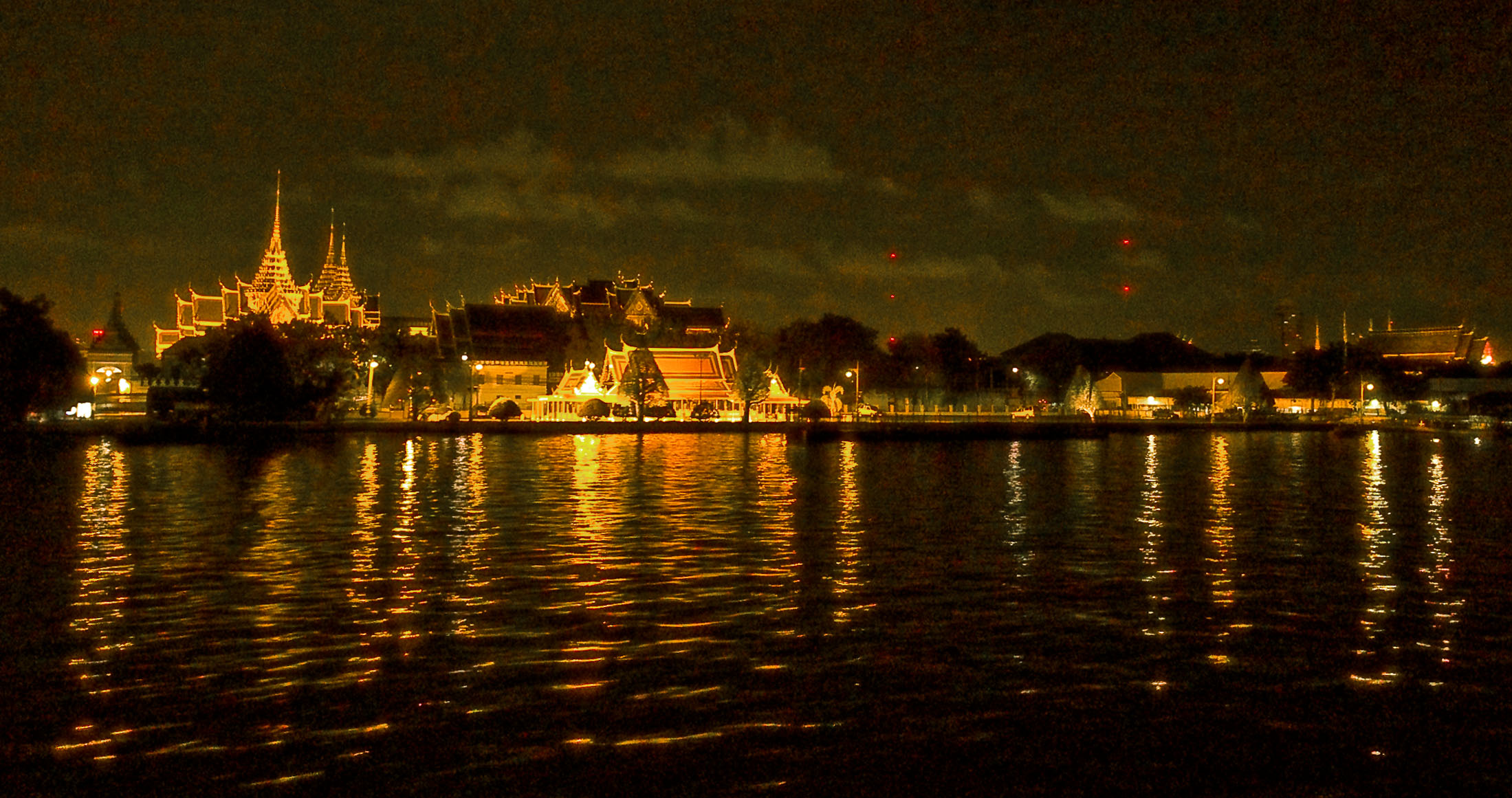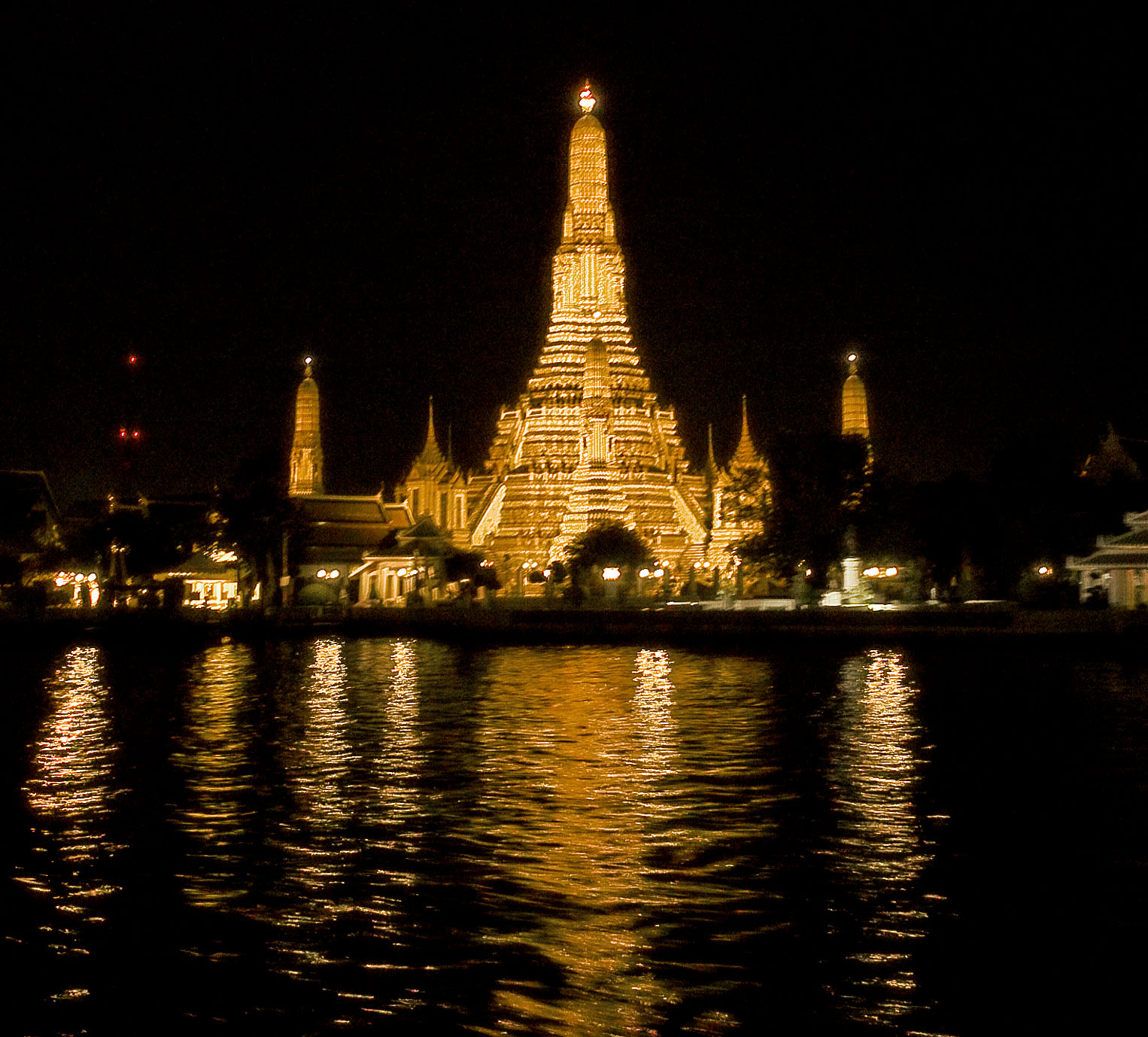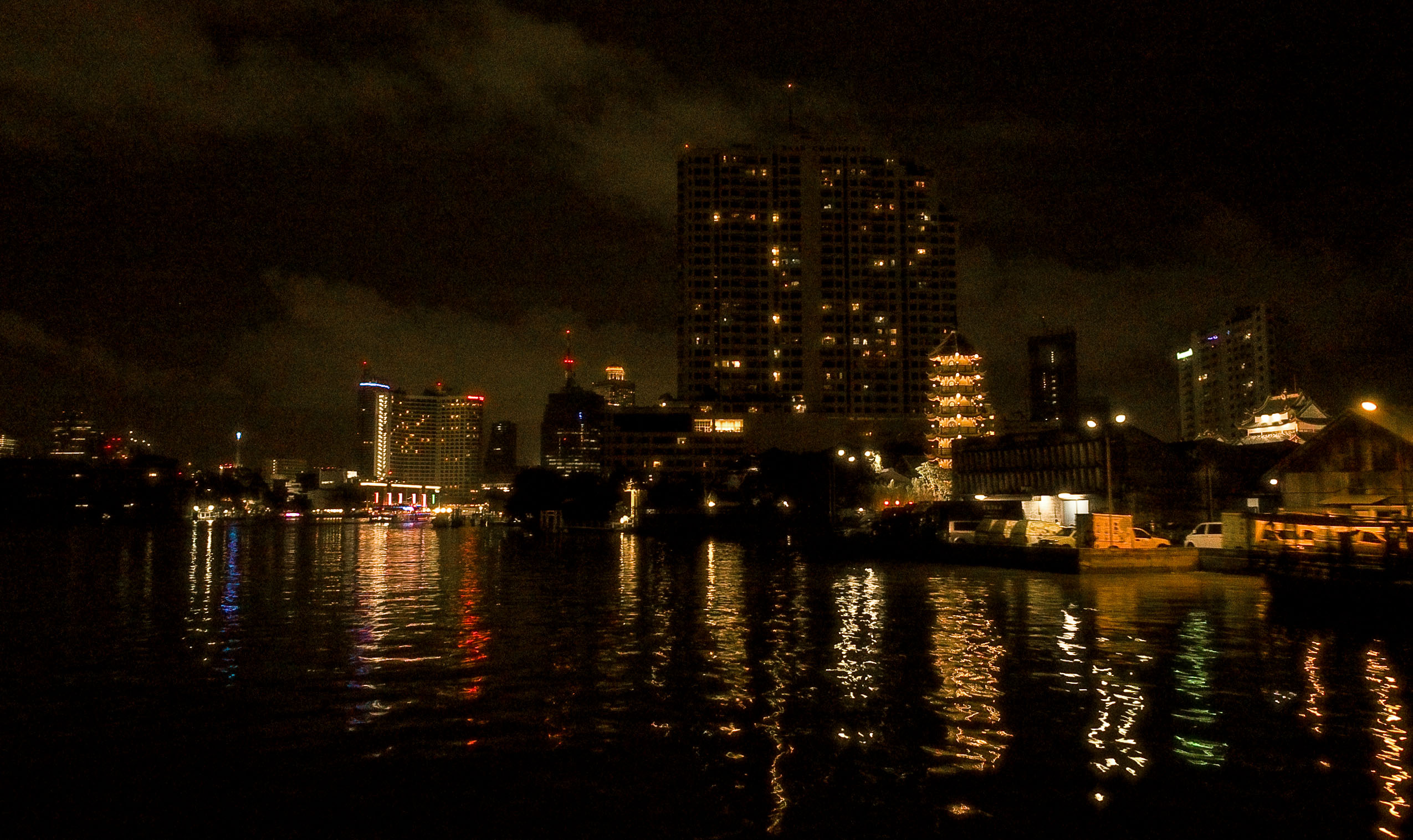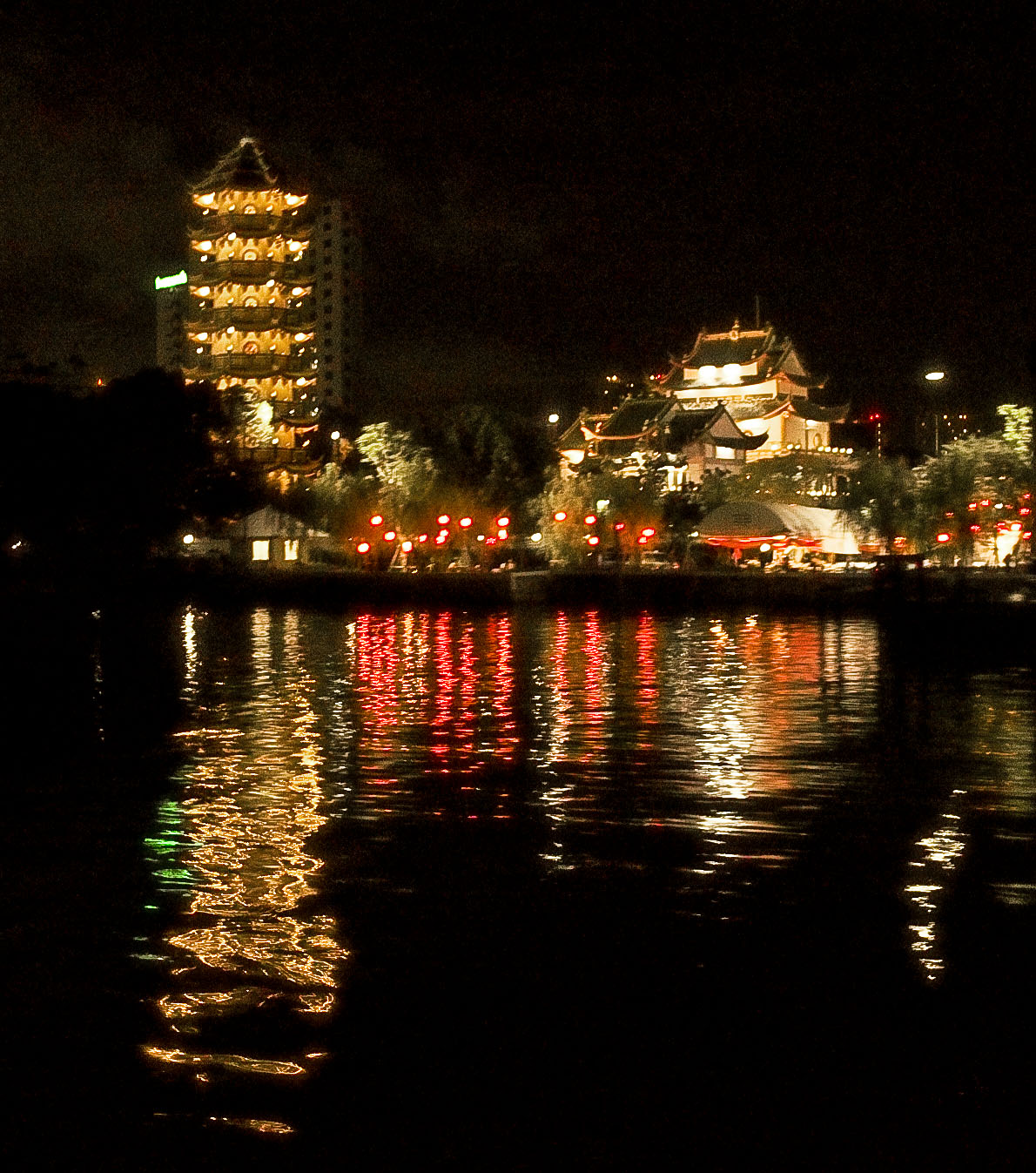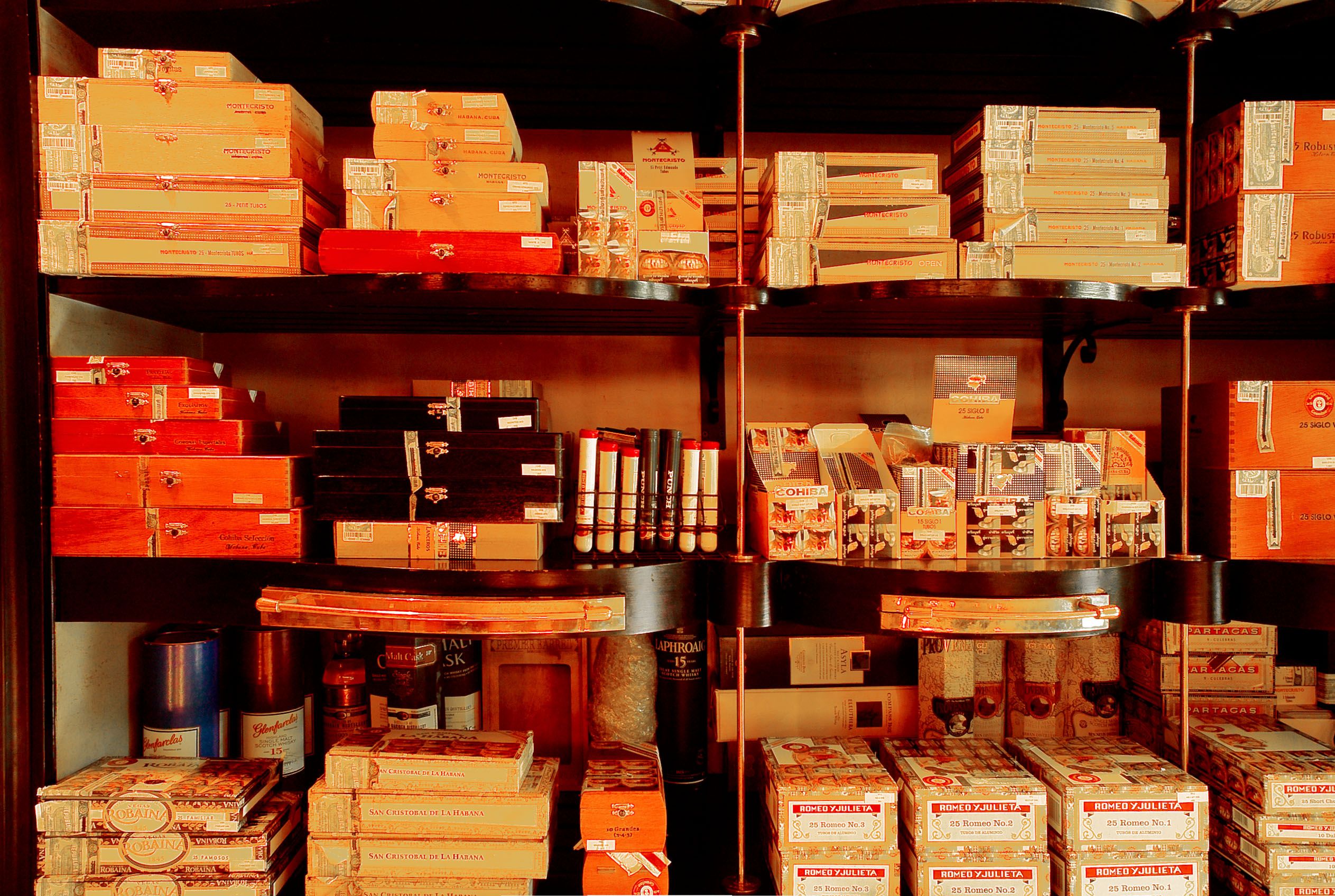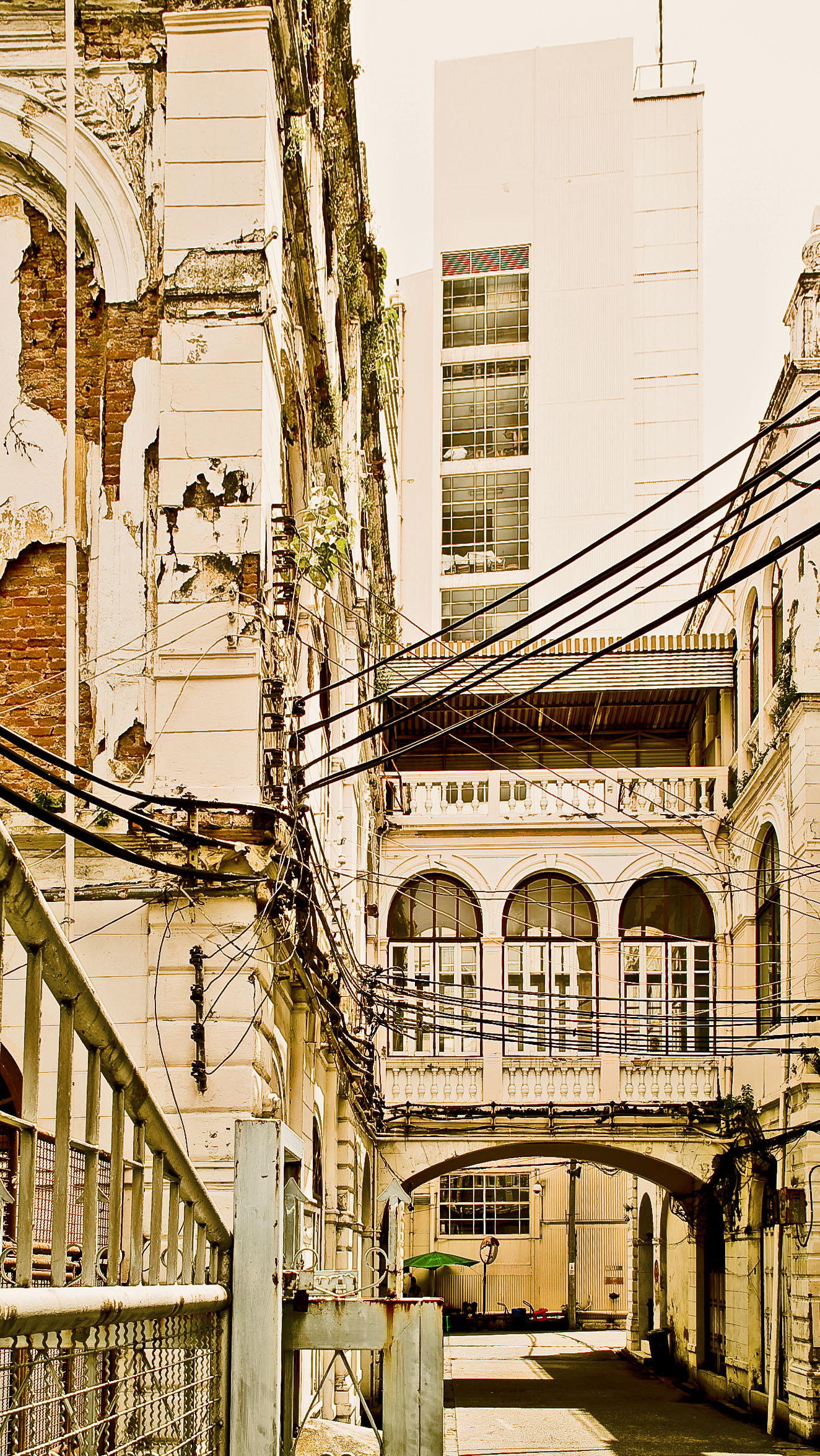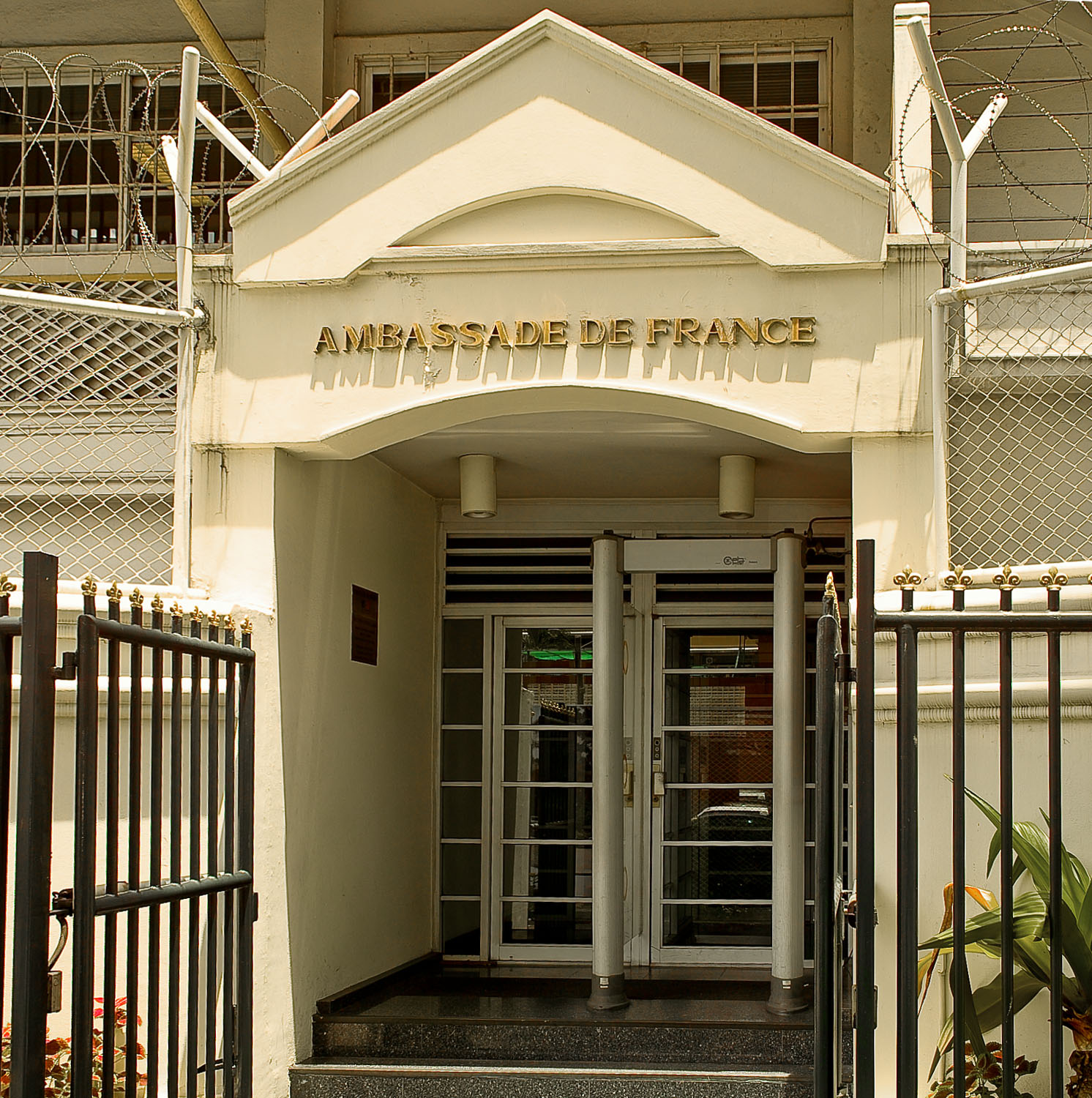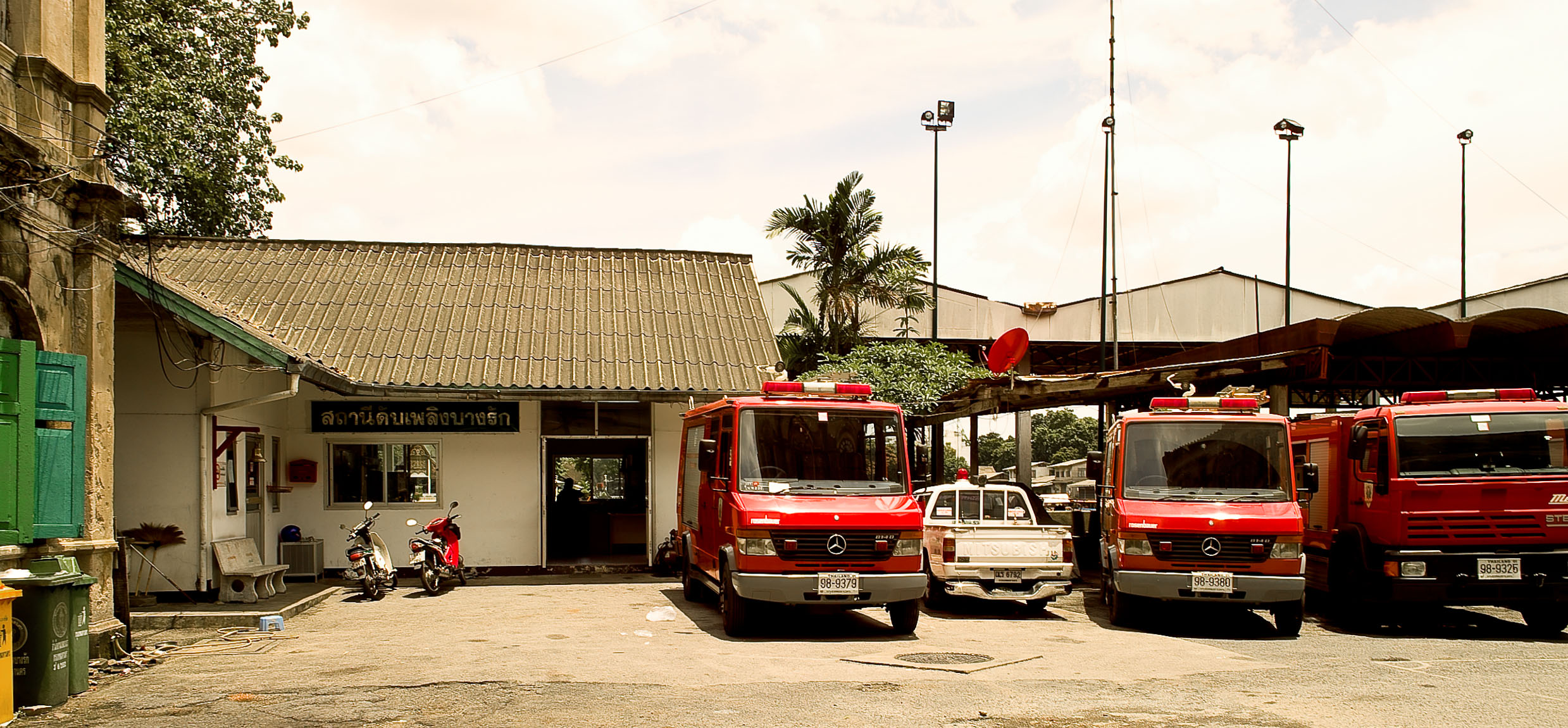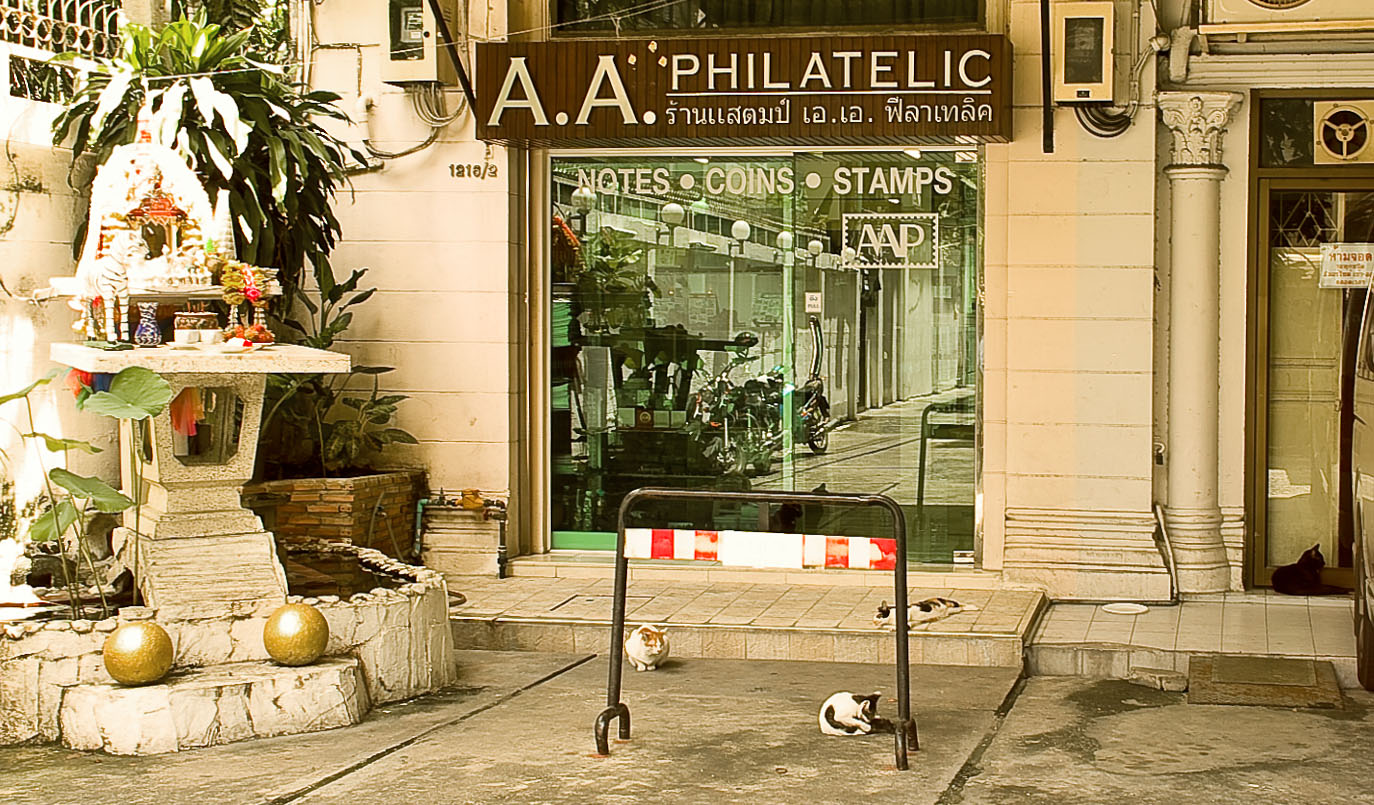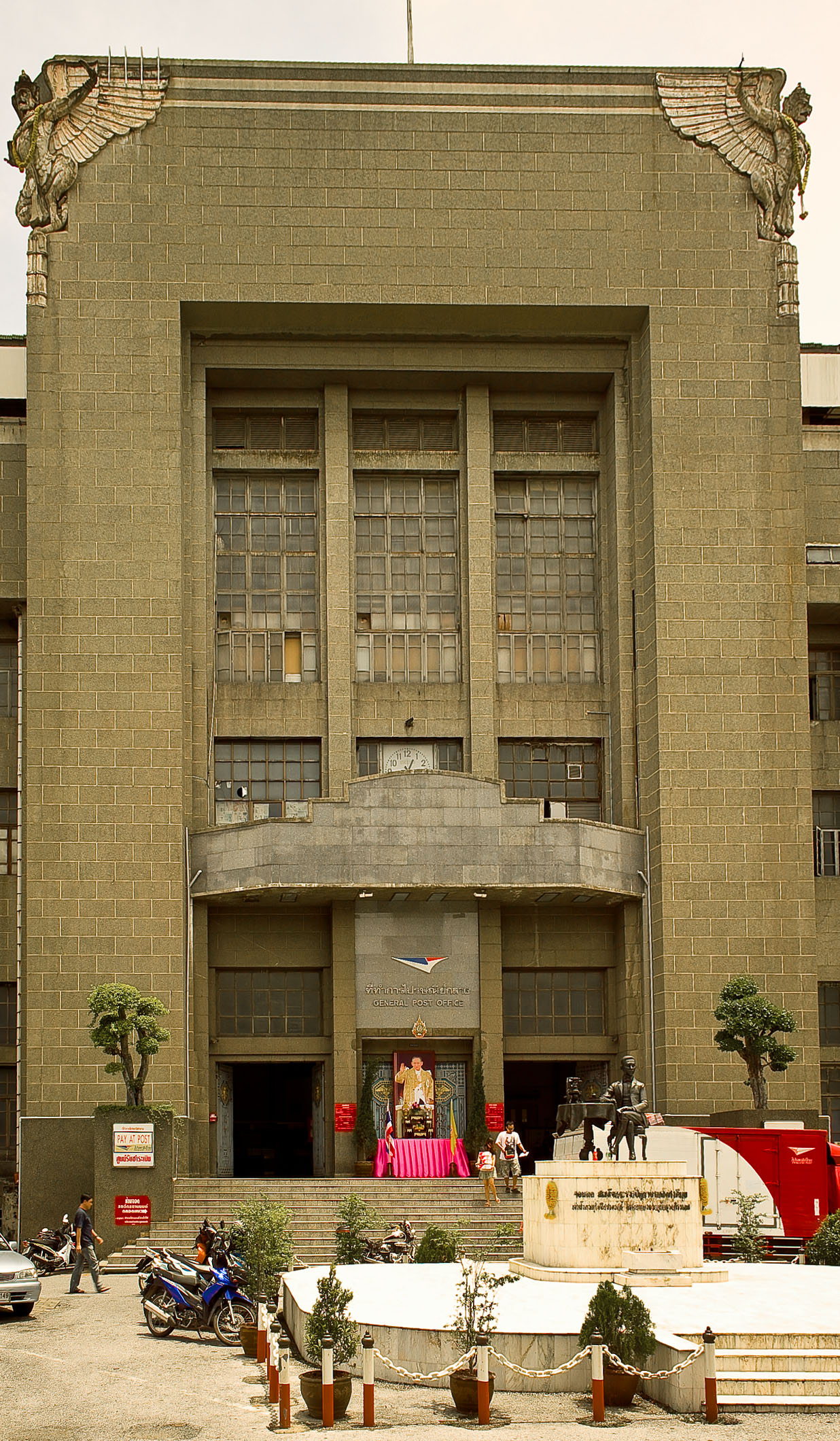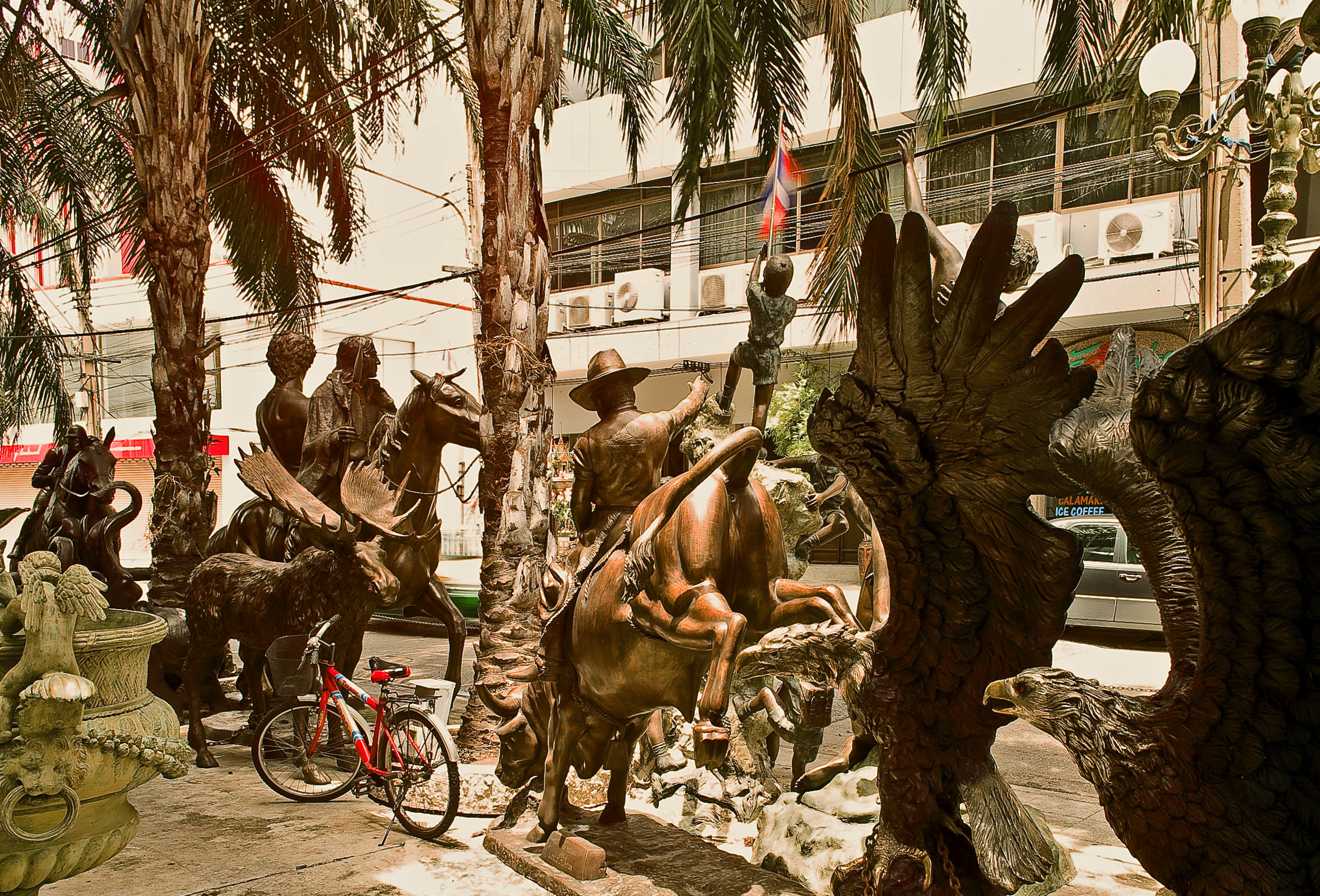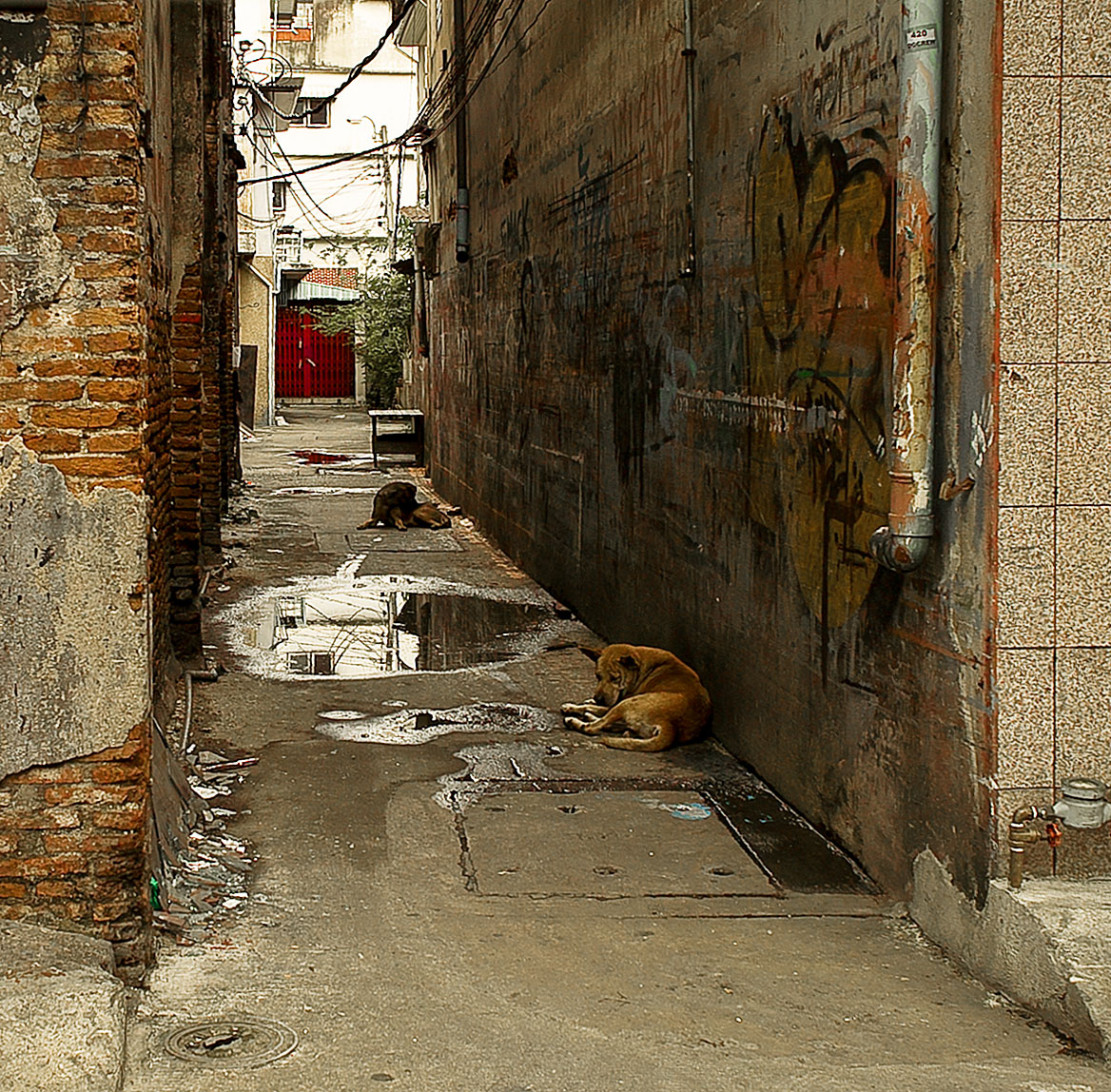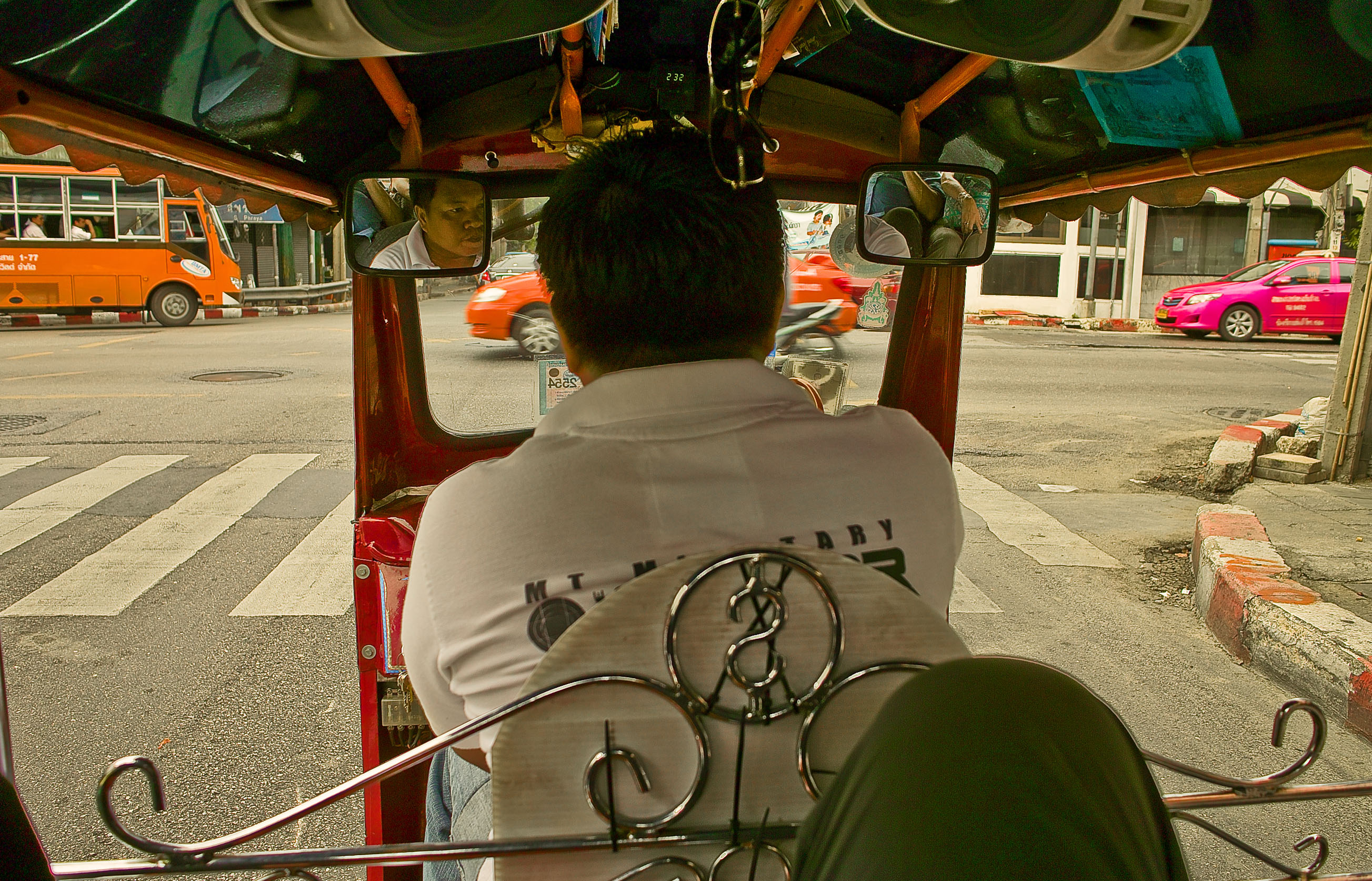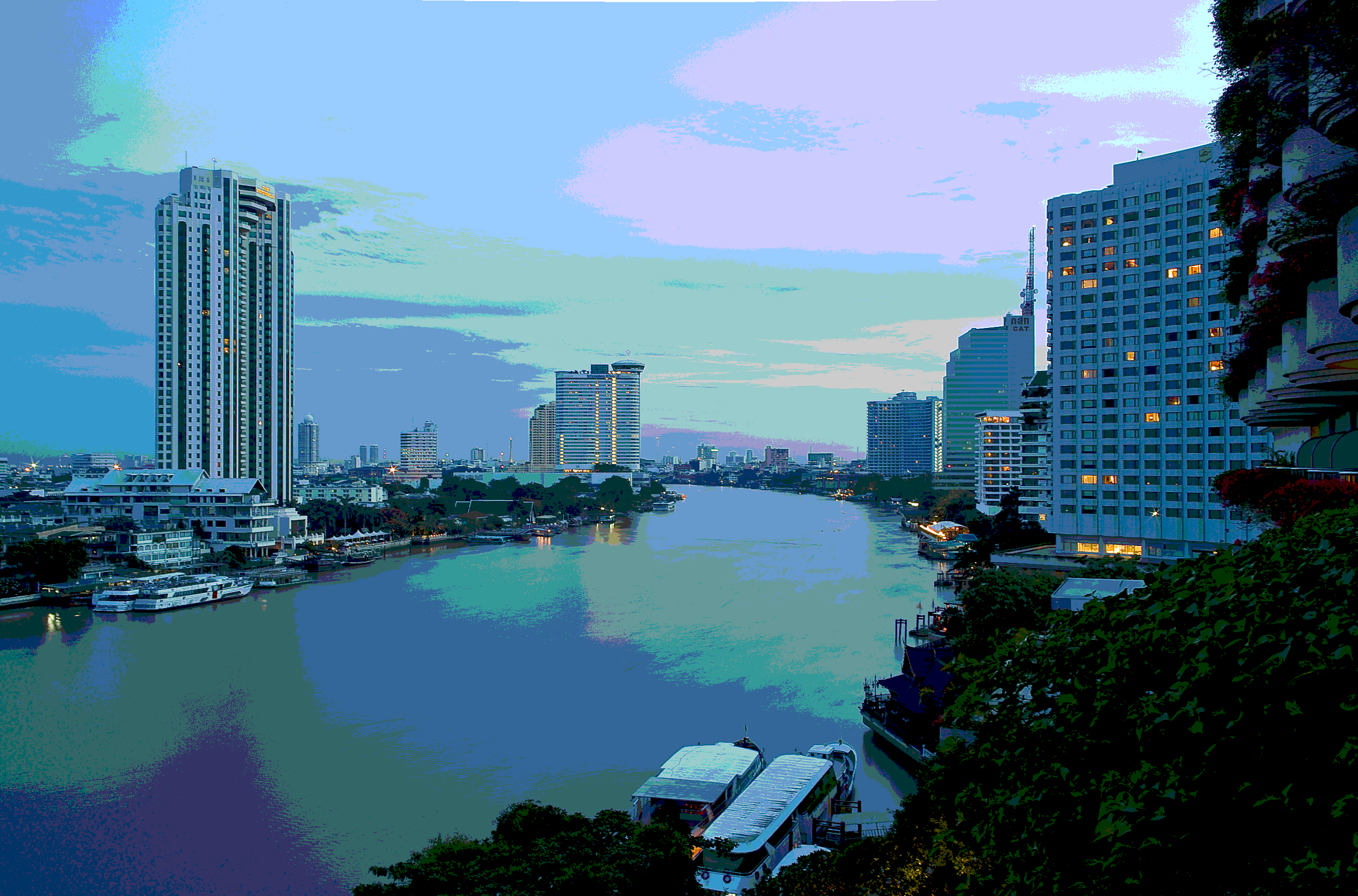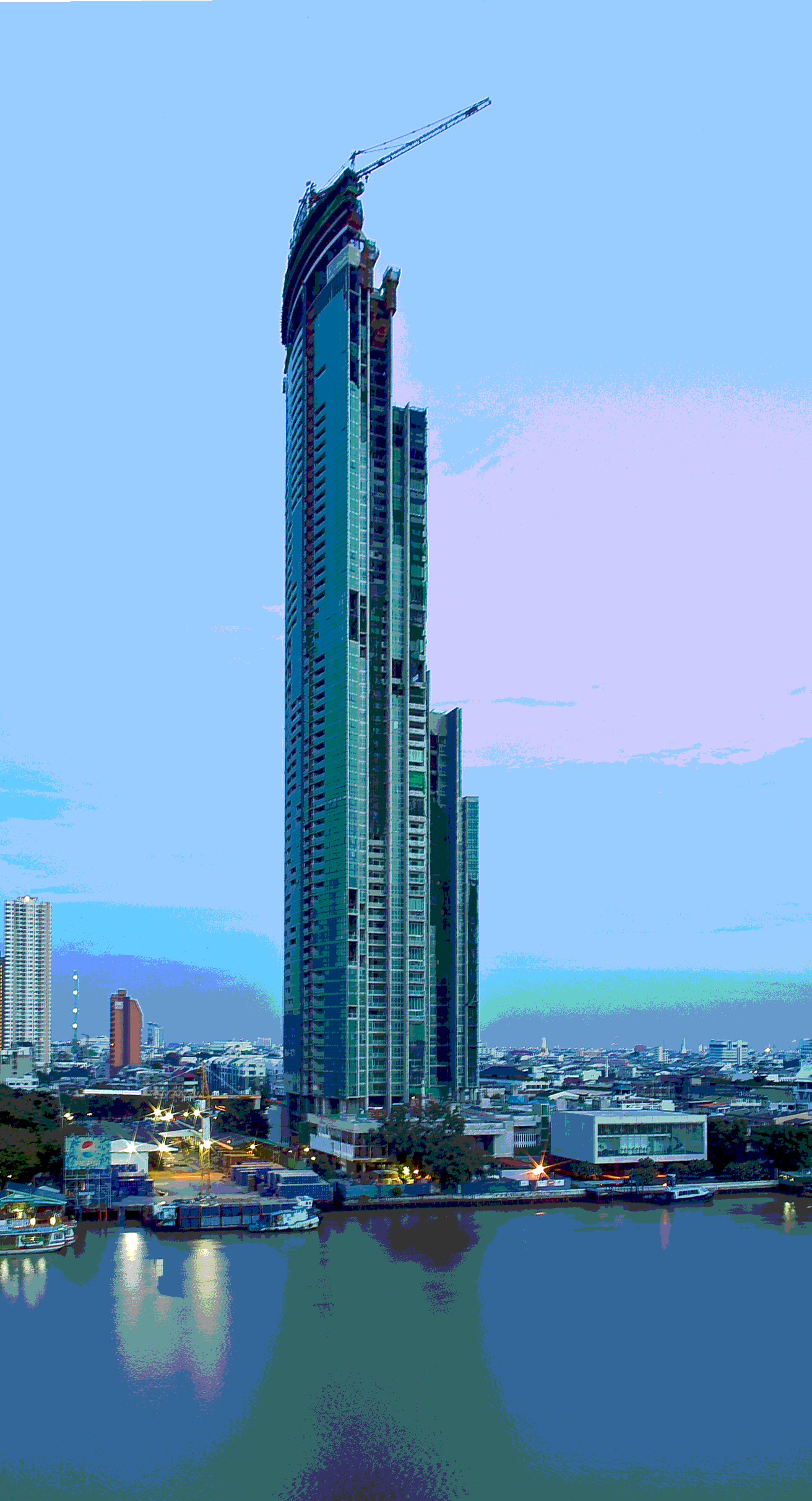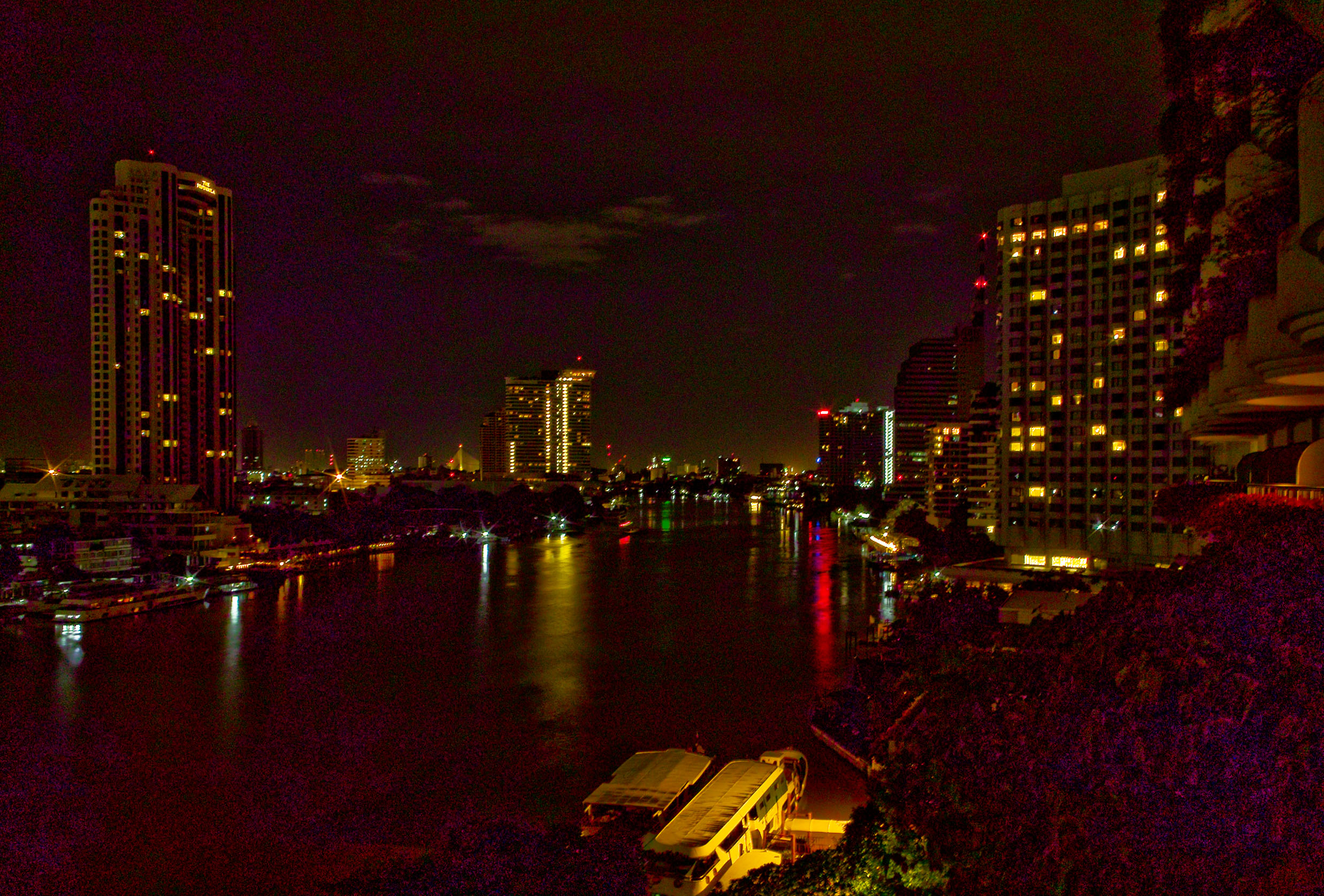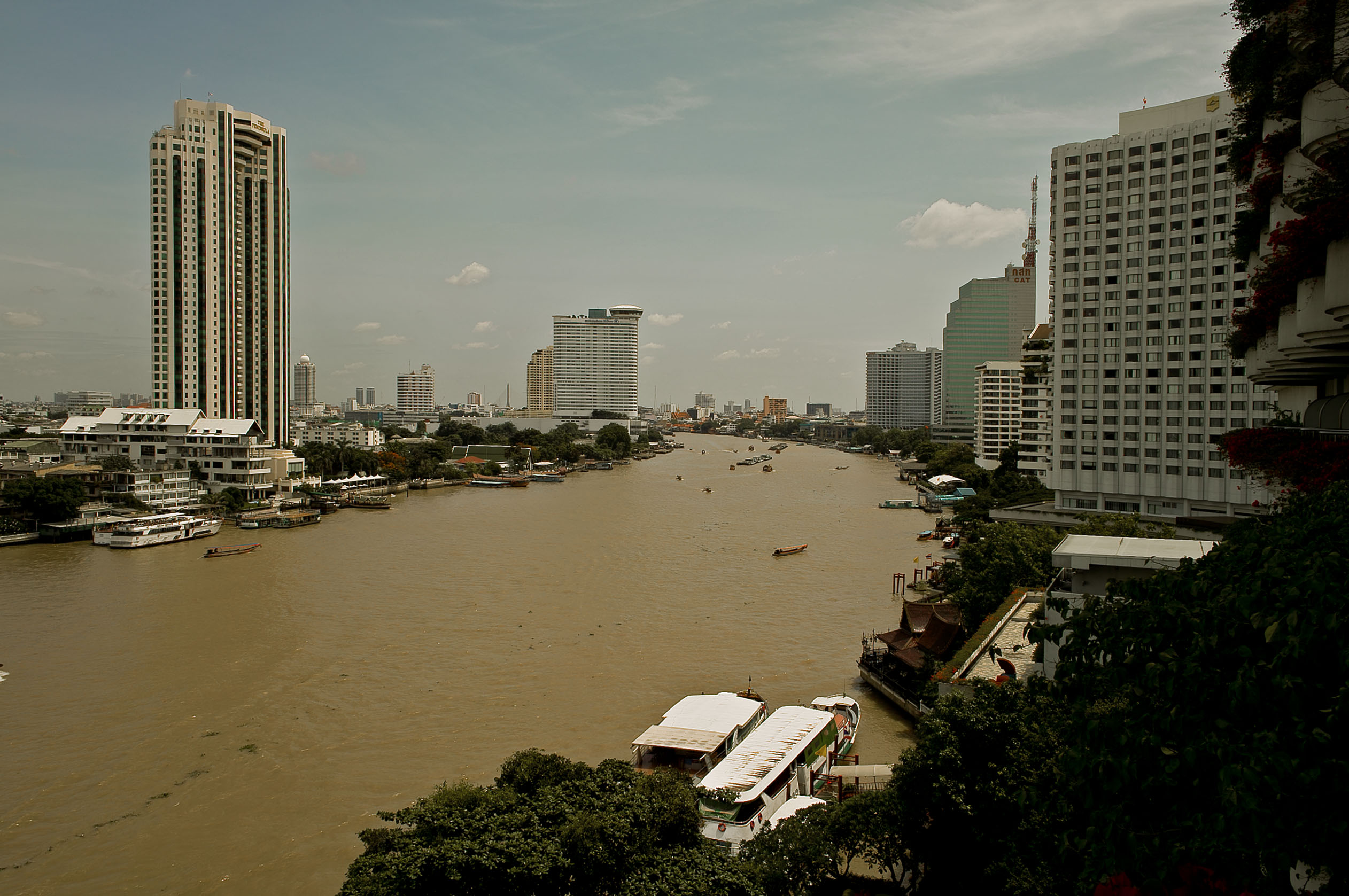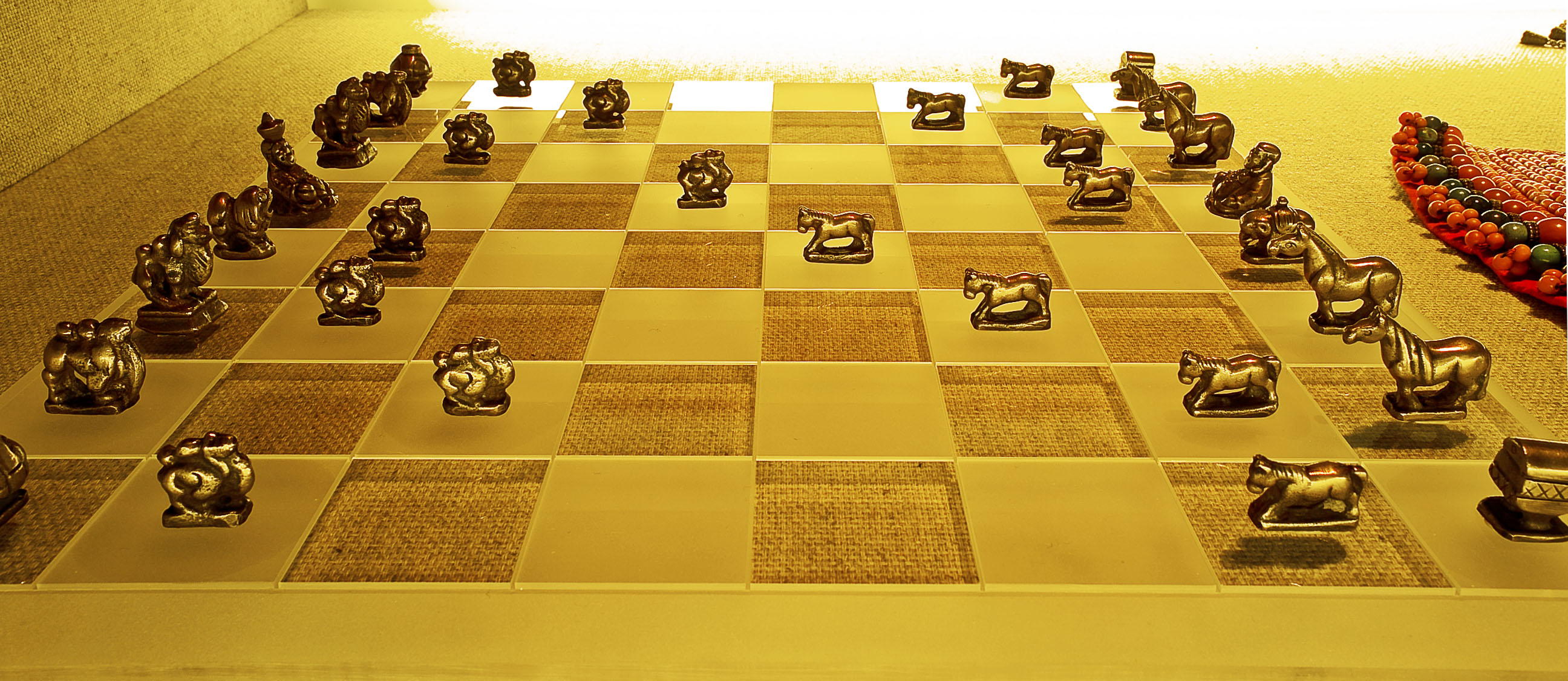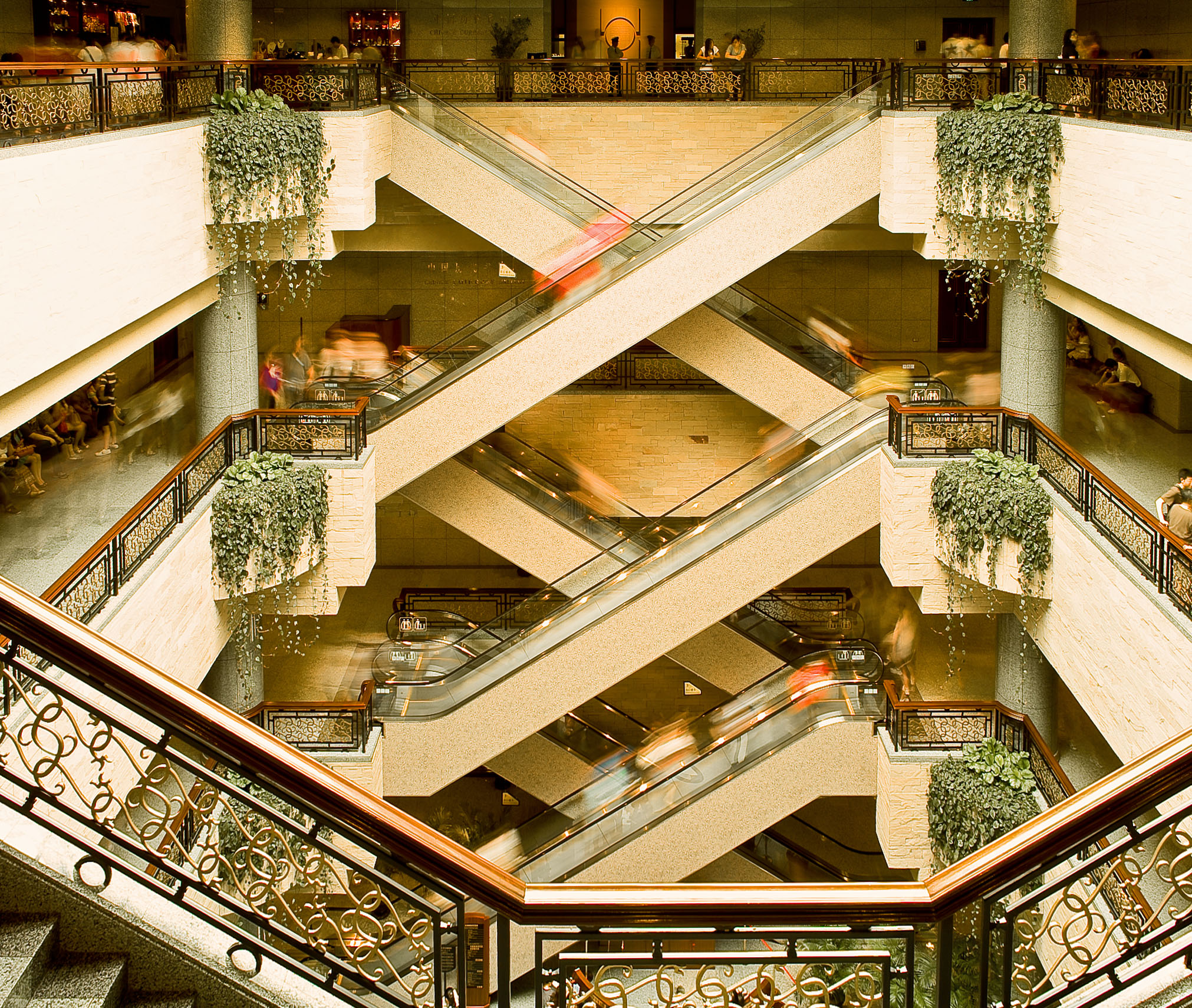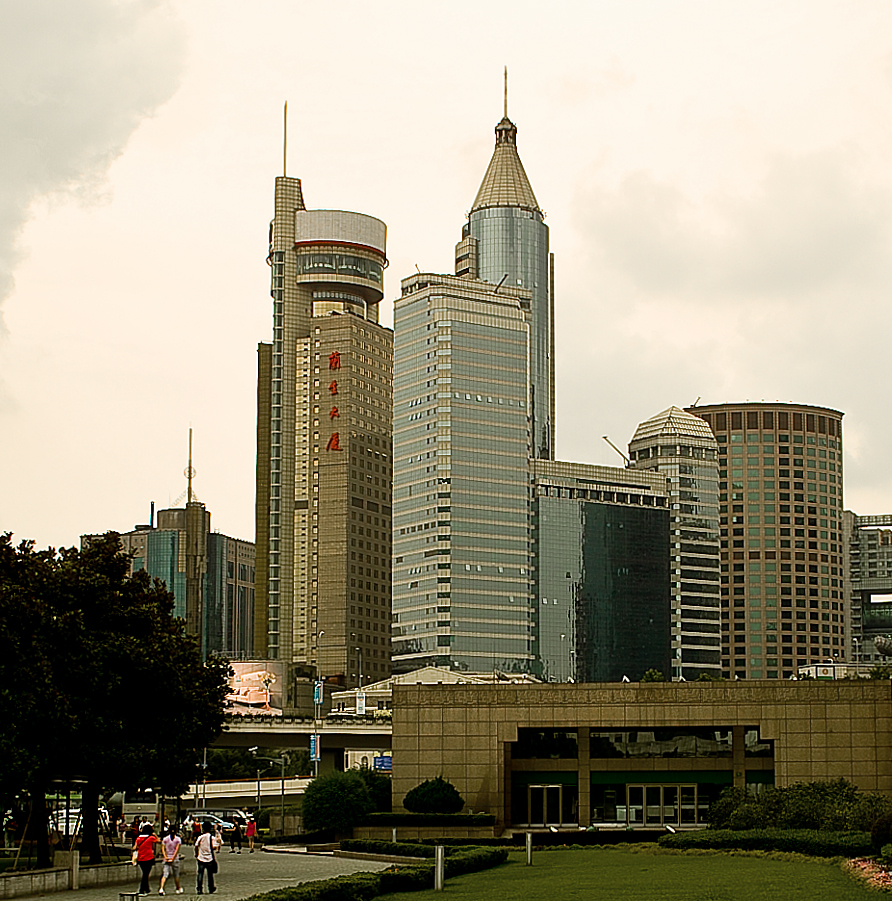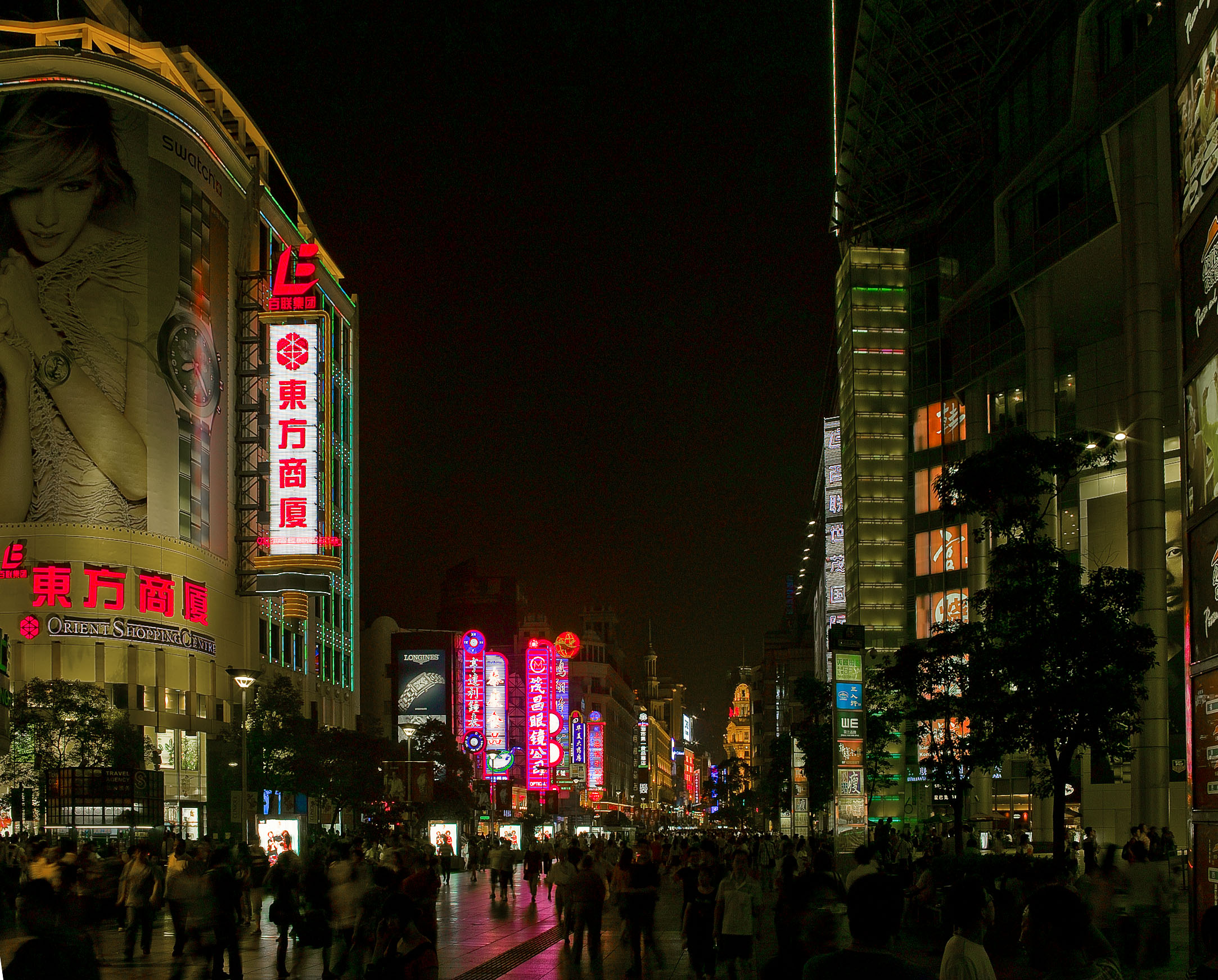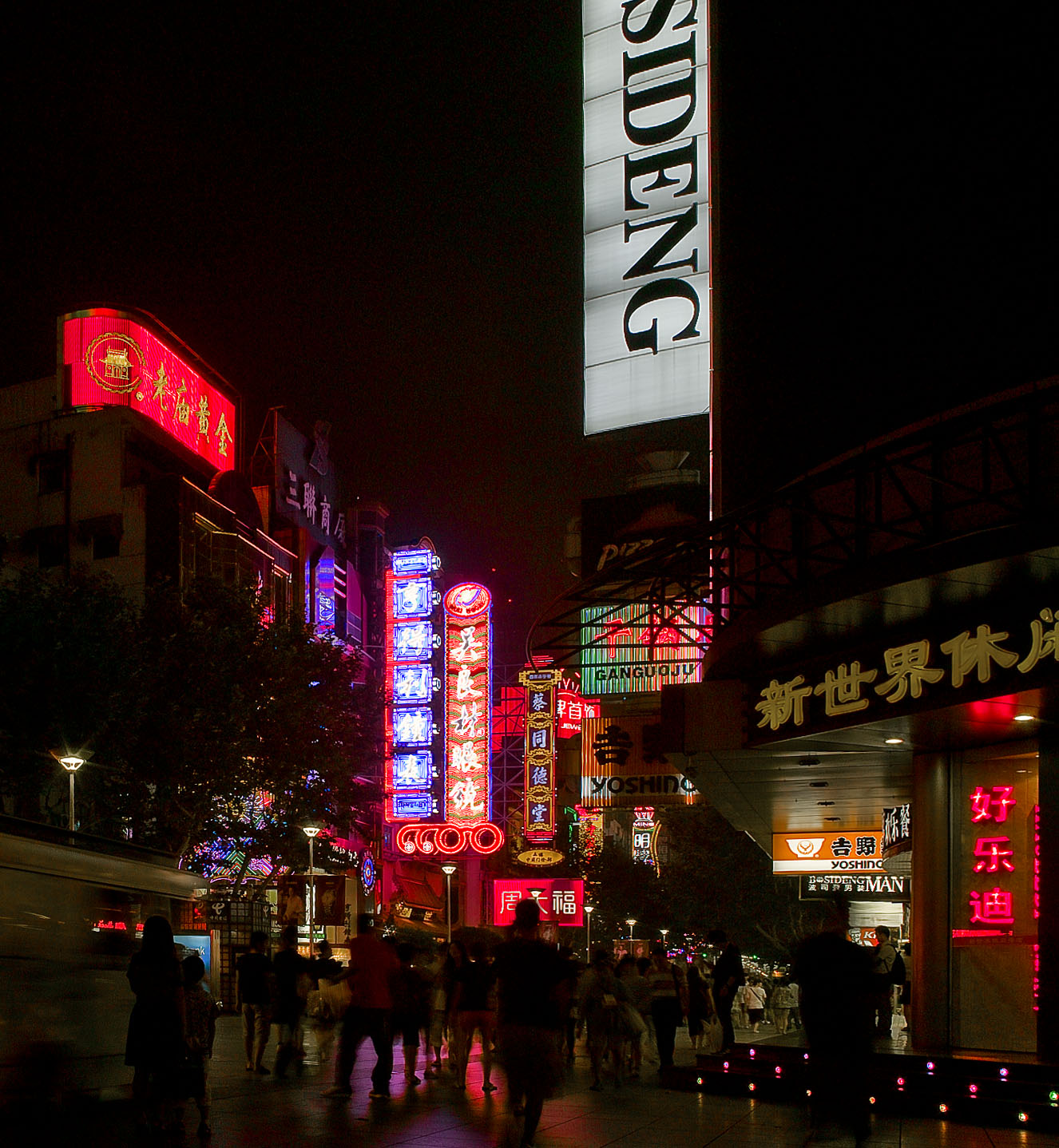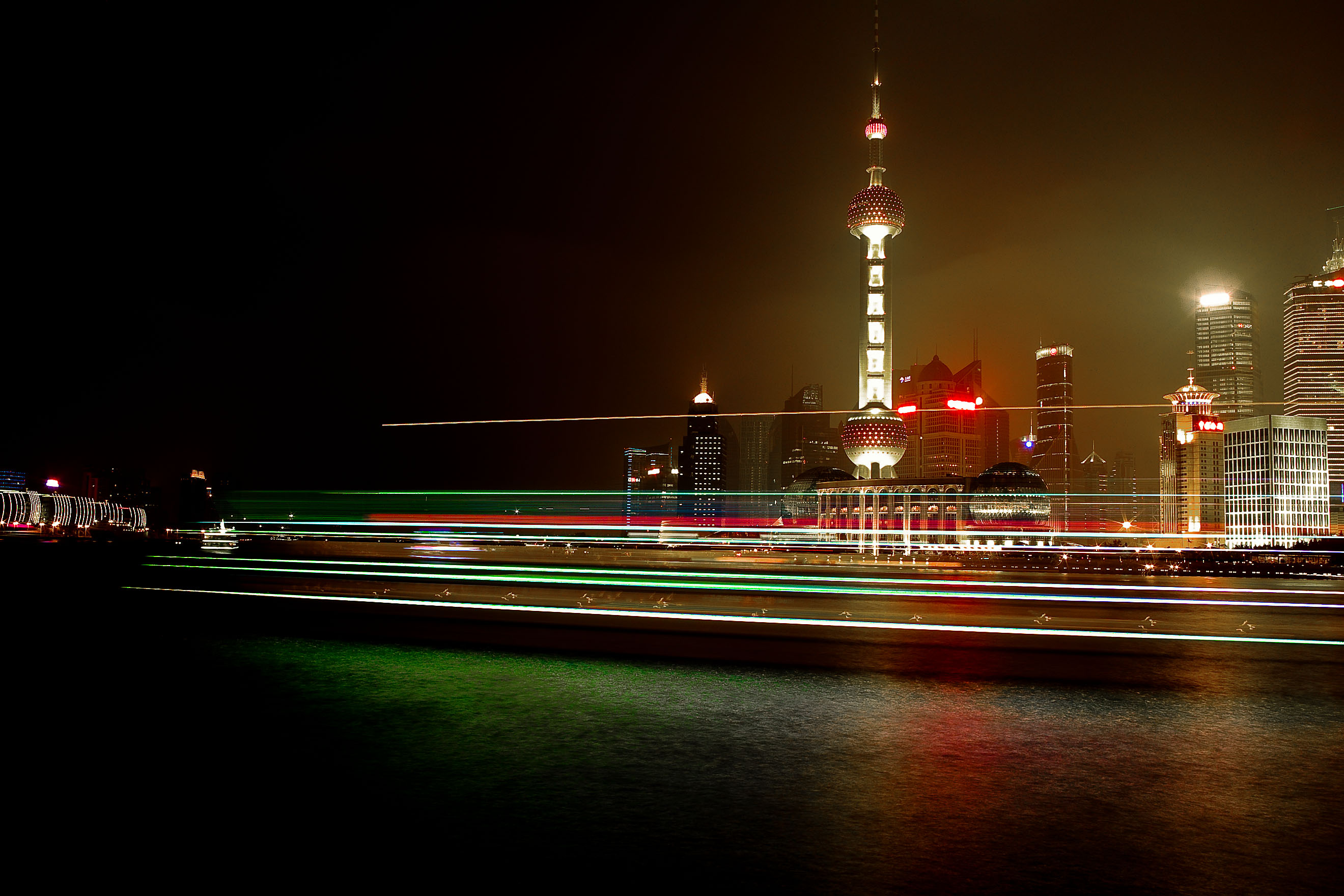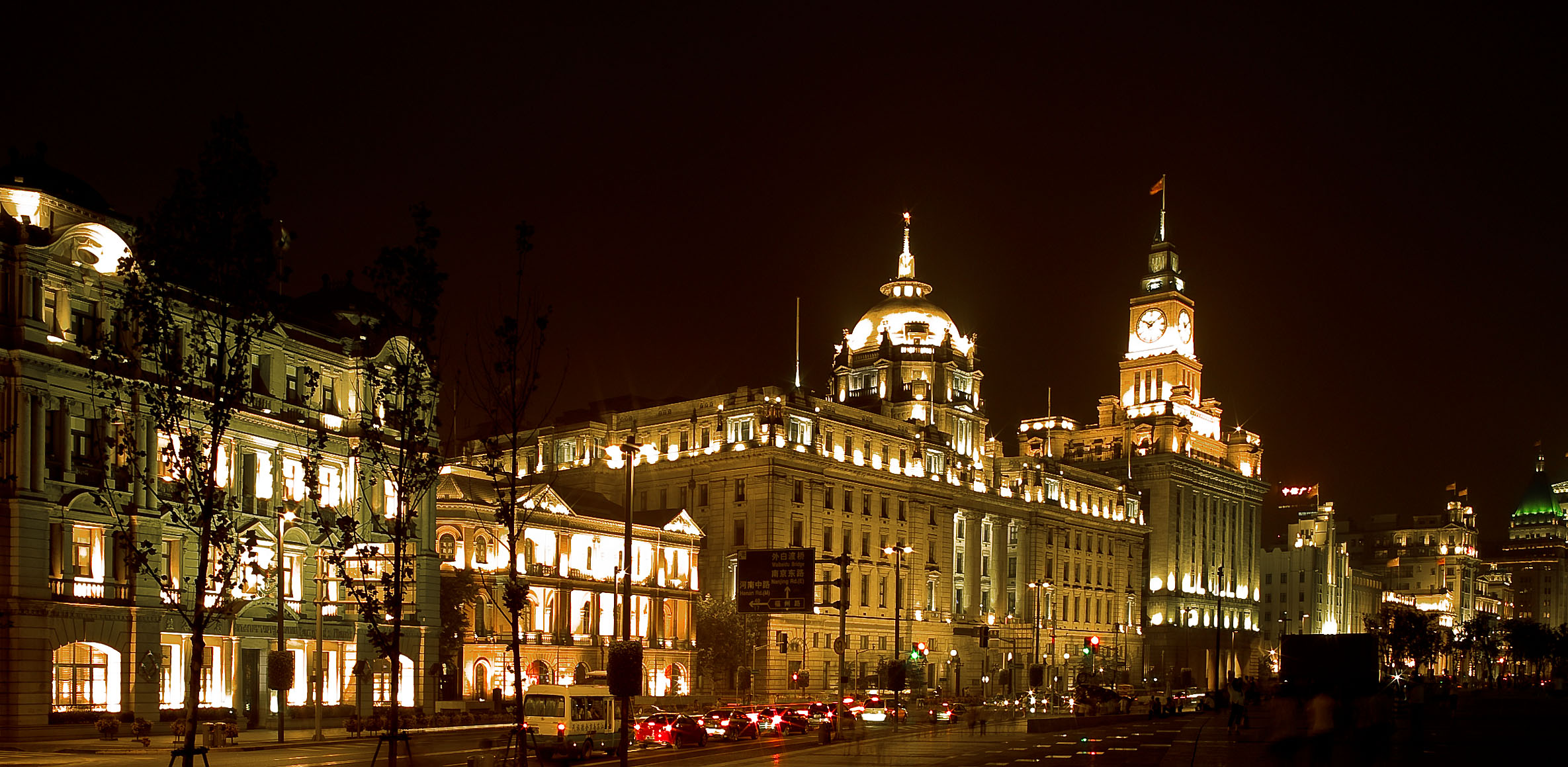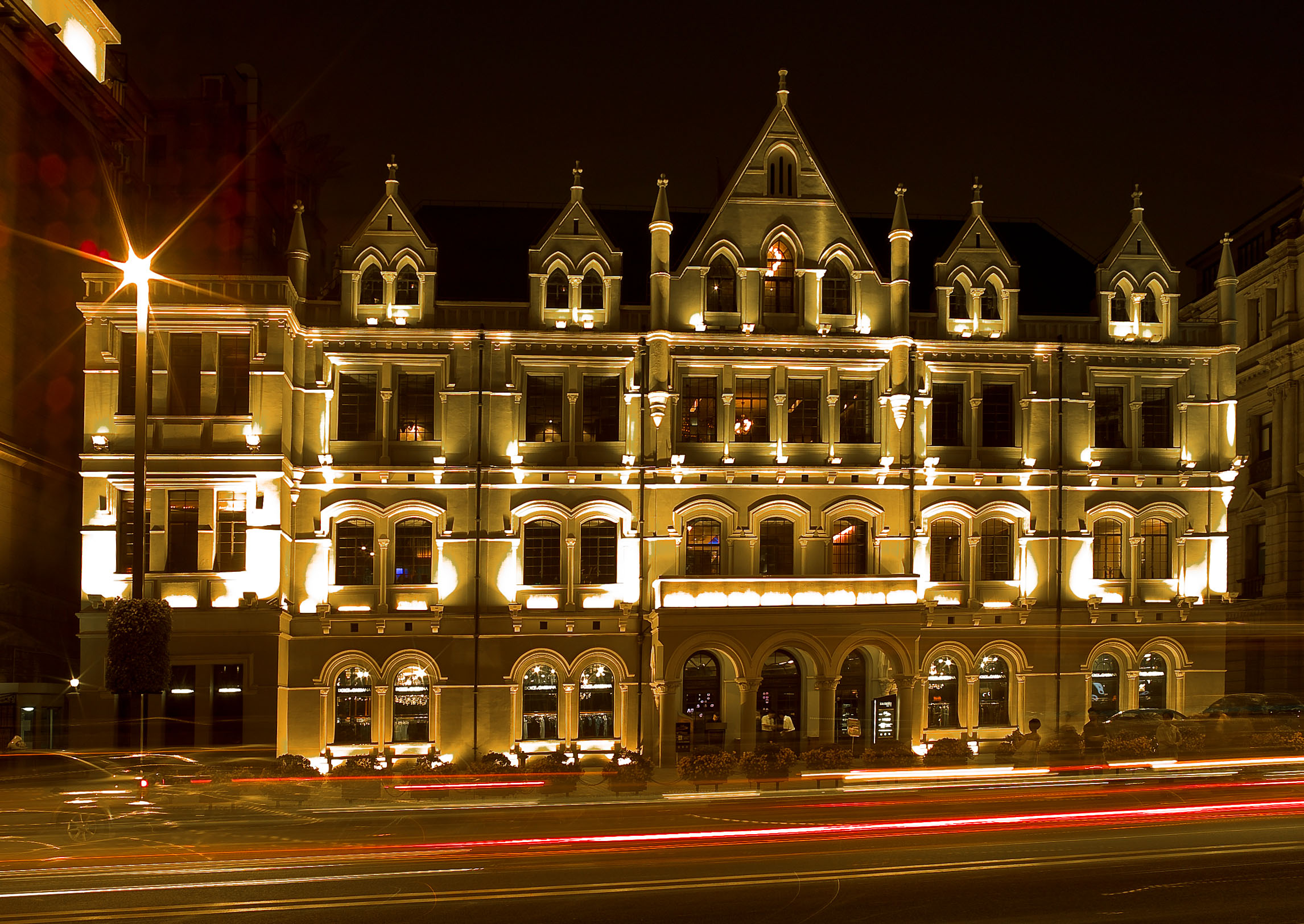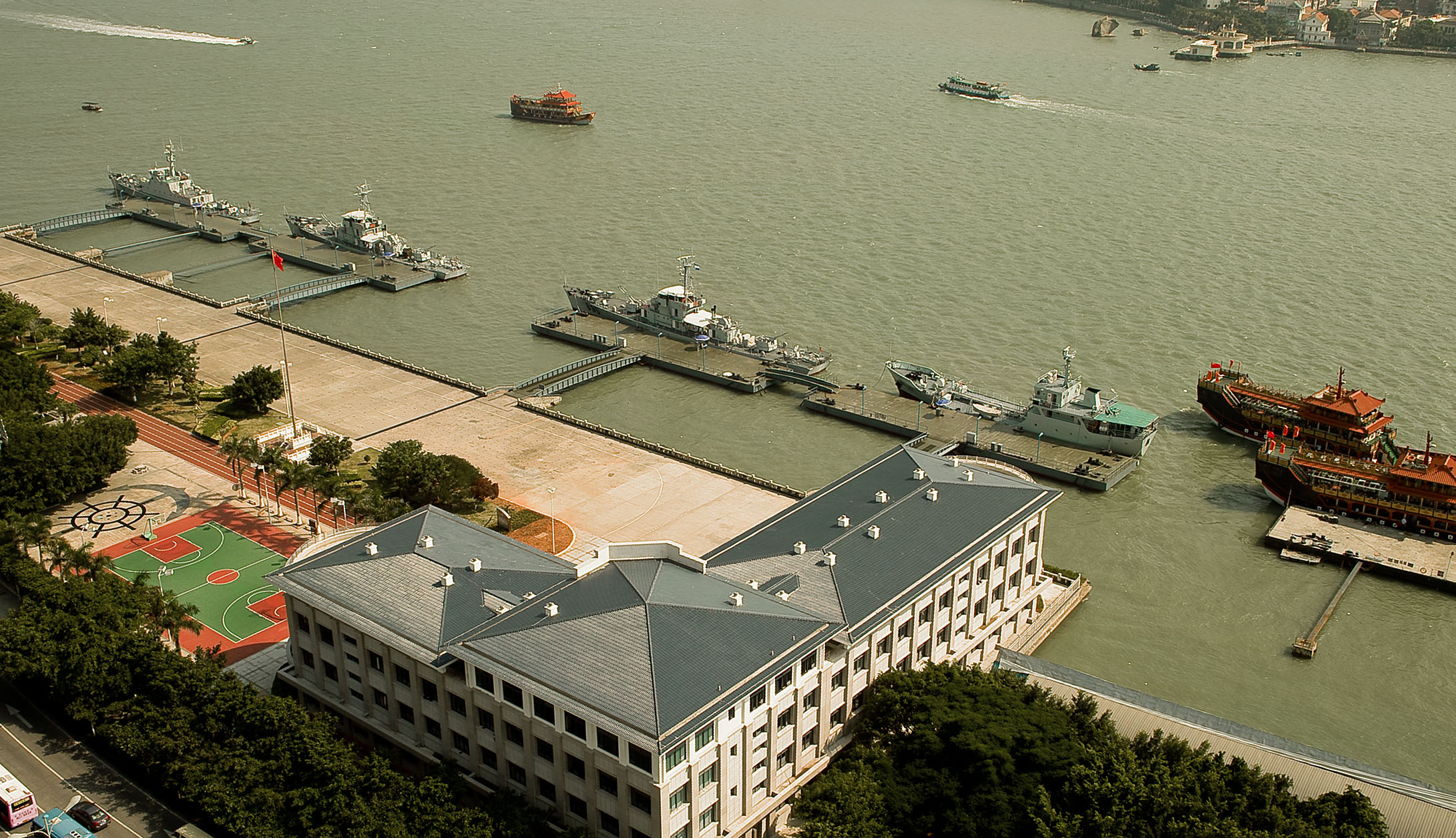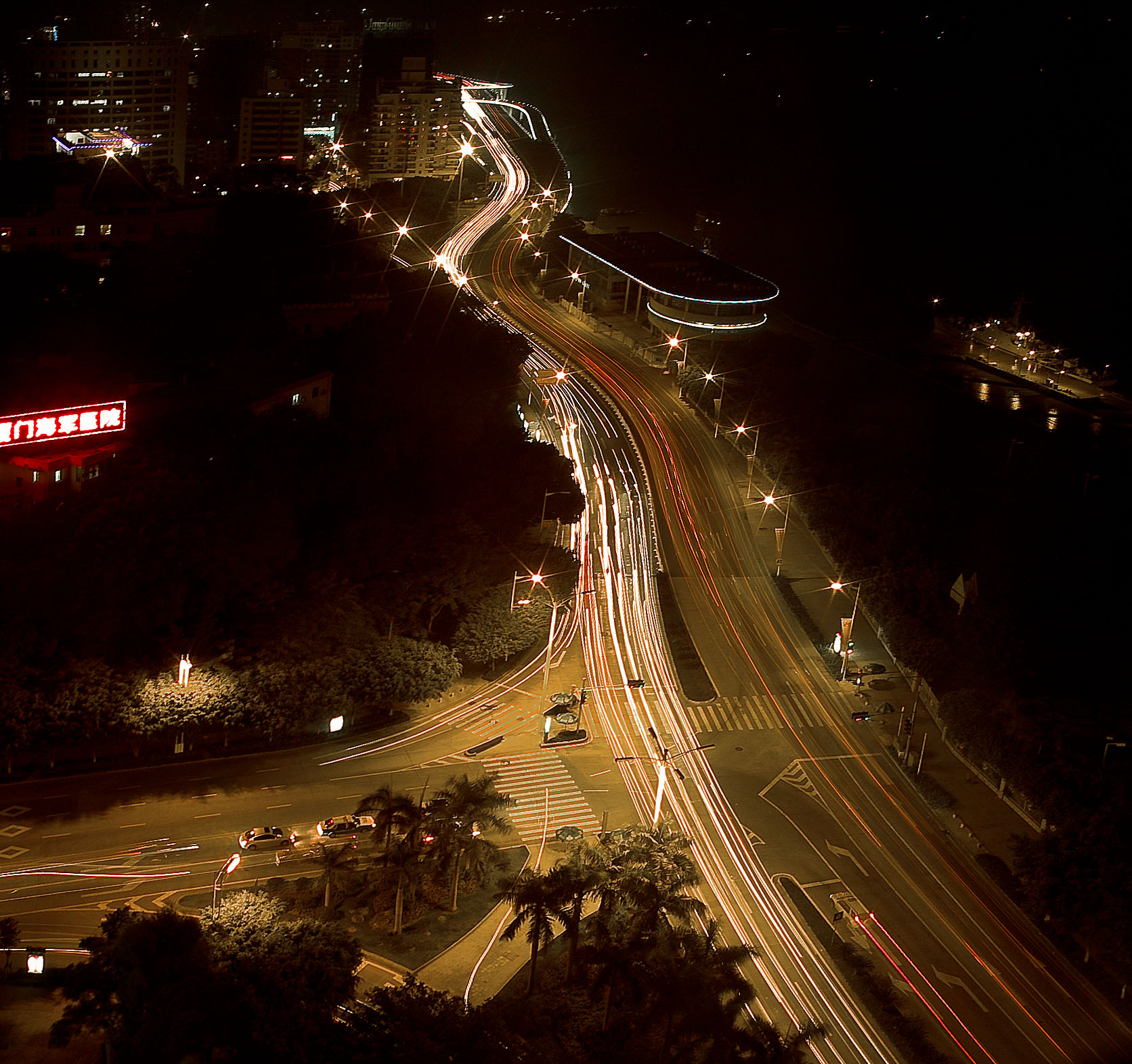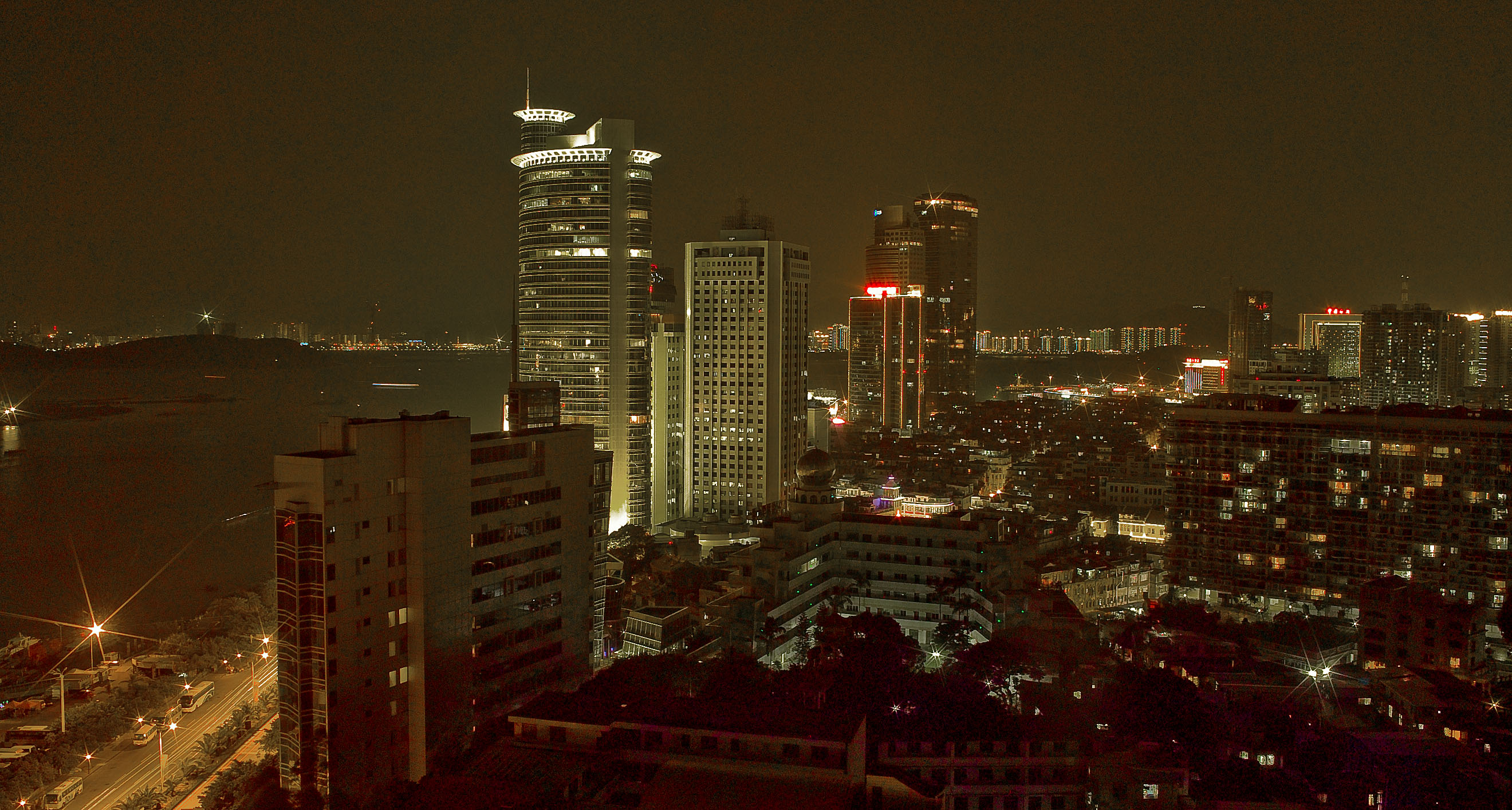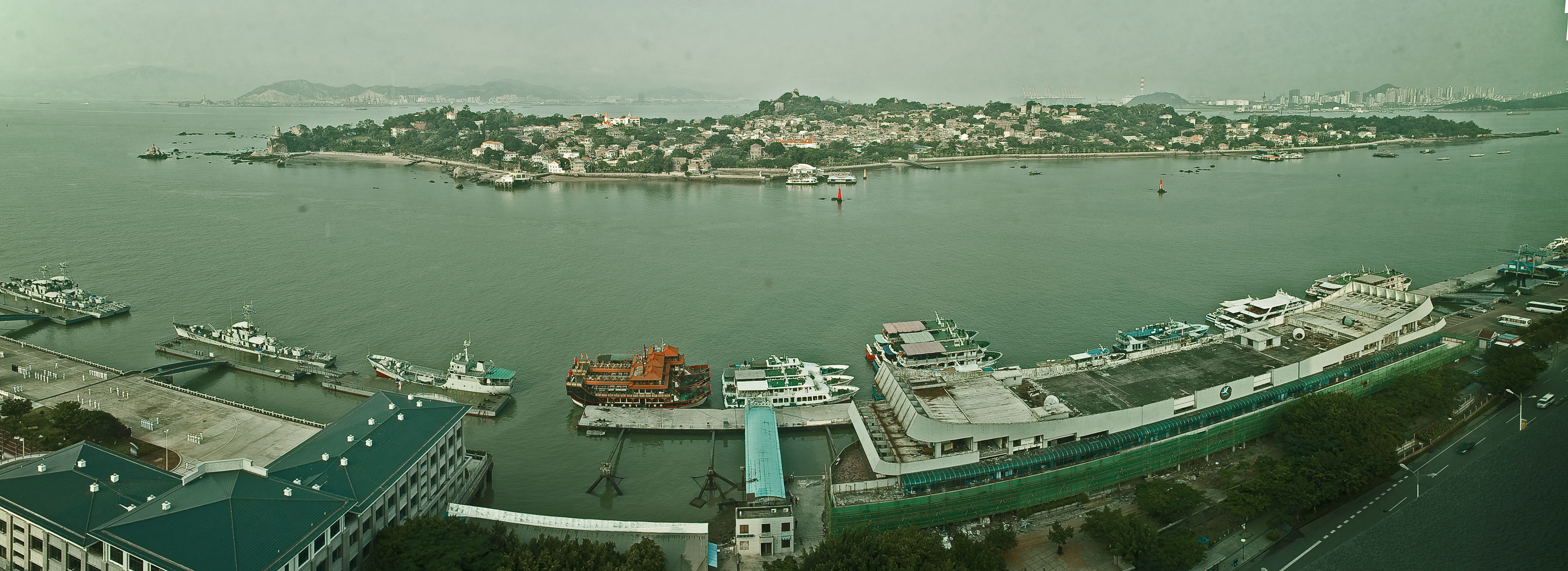some Dusseldorf colors
from Shanghai to Hangzhou
China observations
China is huge and it has an ubiquitous density to it. You rarely find the end of a road or a point where the imprint of man ends and nature takes over. You almost never see an untended patch of ground that is not orderly planted and carefully tended. For example in Shanghai, the largest city in the world, the freeways have a flower box lining on both sides of each direction of the many elevated sections. These are small planter boxes mounted to the concrete sidewalls. They must be watered and pruned. Mile after mile, they all show blooms, no weeds, no dead plants, no brown patches, each one full of colorful blooms. There is no automatic watering system to maintain the miles of flower boxes on the elevated roadways. Alongside the street-level freeways are elaborate ornamental gardens in a buffer zone either side of the road, all maintained by hand labor to a standard you might see in a city park in America. These strips of gardens can be twenty miles long and are maintained because they look good, not because they are used for recreation.
While easy enough to describe, that doesn’t really capture the impression that so much order, so much attempted perfection, makes on you when you see miles of it. Radiating out from Shanghai on the trains, you see many more miles of small farm plots and clusters of homes. The homes are generally drab, the color of concrete or tile. They don’t appear to use much paint on the exteriors of homes, preferring instead to use non-wooden materials that don’t require painting. The surrounding rice fields in various stages of their planting, flooding, growing, harvesting, and burning cycles are meticulous. Shaped and tiered to fit the contours of the land, no square foot is ignored. You see a lot of the work done by hand, some of it done with older farm machinery, and an occasional ox.
Small to medium sized factories are everywhere and they usually have a dual track expansive chrome accordion gate that slowly rolls open and closed with a motorized module at the head, looking like one of those little square service robots in Star Wars, and mounted with a revolving yellow warning light. Crossing through the gate you’ll come to an administration building and then one or more factory buildings. These multi-story buildings usually have wide concrete stairways at one end of the building. You rarely find an elevator. People climb the stairs at work.
Many factories have dormitories, especially if their production involves hand labor. Chinese labor will often contract for a year or two and live on the premises where they work. Contracts usually expire at the Chinese new years and workers take that time to travel across the country to their various homes to reconnect with family. Jobs are competitive in China. Everyone wants one, and everyone wants a better one. The competition is fierce and people work hard.
A home in a city for a young working couple who are moving up from a rental usually begins with the purchase of a concrete space in a residential building. The couple must then finish the space with everything else. That means doors, even front doors, windows, railings, plumbing fixtures, cabinets, wiring, lighting, and of course furnishings and personal effects. Main entry doors are a major investment because most Chinese don’t believe in banks. As a result their front doors are often impenetrable ornate steel vaults.
Title for ownership of these home spaces is for a definite period, usually 50, 65 or 75 years. At the end of the title period, ownership reverts to the state. Homes in these residential buildings can be sold and bought on the market, but the duration of the total title period doesn’t change. So, for example, you could buy a place that might have 35 years remaining on it before it reverts to the state. Notwithstanding this diminishing time limitation, home prices continue to escalate because the force of demand is the stronger price influence. At some point, even demand will not overcome the price effects of imminent reversion and prices should begin to come down to reflect the shorter available terms. When that begins to occur on a large scale, I would expect these property owners in China to revolt in some way. Where property is owned, you see great care taken to maximize the utility of every available square foot, be it living space, garden, or some productive activity. Over 75 years and several generations, people will get attached to their places.
The newer streets outside of the old cities in China are all very wide and straight. Out in the countryside it’s usually a two lane road but in the newer sections of the cities they’re routinely 6 or 8 eight lanes across, often with merging frontage roads. These thoroughfares go for straight lines for untold miles. Think of Colfax eight lanes wide and saturated with human conveyances of all sorts – cars, large trucks, taxis, vans, bicycles, scooters, 3-wheeled construction carts (some pedaled, some motorized), tractors, two wheeled hand carts, wheelbarrows and lastly, walkers. You see all of it on virtually any Chinese street, whether in the city or the countryside. And quite often you’ll see loadings on these various conveyances that can only be described as preposterous. Things stacked and strapped high and wide, balanced on a comparatively tiny conveyance, moving collections of goods from one place to the next.
Public buildings in China, like most things, are massive. Airports, train stations, convention centers, administrative complexes for the communist governments, these are always huge affairs. Even, for example, the train stations in the small towns, places that might not see more than a handful of passengers in a day, are built to huge government standards. We stood on one train platform that could have held 5000 people, with perhaps 10 other travelers. And judging by the surroundings at this particular town, 10 was probably the norm.
That’s an observation worth expanding upon. The communist government’s layout of cities, streets, transportation infrastructure, and public buildings reflect a one-massive-size-fits-all philosophy that perhaps doesn’t really fit anyone. The Chinese people soldier on through this massive spatial consumption knowing no other way. They traverse vast distances to do the simplest of things because that’s the grid they’ve given themselves to live on. They all built it, much of it with hand methods, and they’re very proud of it. It is well maintained, if not well conceived, but they make it work, one way or another.
Economists talk about opportunity cost – what could have been realized had not something intervened to forestall a more economic outcome. In this case, for that image, Taiwan holds the key.
B_Imperial
On 1 block of Fujian Road
These 26 images were collected from both sides of the street in one block of Fujian Road in downtown Shanghai. Each one came from a different shop. They illustrate how the majority of shops in China are organized around a group of products based on function. A shop usually has a showcase or two in the entry way containing a representative sample of their products. All cities and towns in China look like this. Shanghai is the largest city in China and you see this type of commerce everywhere you drive there–mile after mile, wherever people live you’ll find these types of shops. If the way the Chinese shop is any indication of their general approach or mental state, you could say they tend to organize where they go and what they do when they get there by function. To contrast, Americans generally go to one place to find many types of things for various functions.
B_Imperial
(images below) [Read more…]
some China issues
We recently returned from a couple weeks in China. On our travels we read the English language papers to keep up on the news and the latest propaganda.
Here are some interesting Chinese perspectives on the value of life:
These articles illustrate the Chinese view of government revenue which they call “Capital.” The economic fallacies this view engenders have filled many volumes.
These four articles play up Chinese differences from the West. Western politicians do this in their own way too. To be sure, there’s nothing fundamentally different about Chinese and American people. The Chinese government really needs us to be different.
- Xenophobia row belies love affair with the West
- Less power and prejudice
- US Memorial Day marked by excessive patriotism
- Us Still Playing Currency Card
Here are a couple articles on Chinese censorship:
Here are a couple articles on Chinese revisionism:
This article gets a category all its own because it’s a yearly propaganda opus:
These articles offer glimpses into the pervasive role of the state in Chinese and American life:
~
B_Imperial
Passau
“The fortress was attacked five times between 1250 and 1482. Twice, 1298 and 1367, the citizens of Passau themselves rebelled against the Bishop.”
After a couple hundred years of open government in America and the advent of domestic terrorism, many of our government buildings have been converted to secure fortresses. Public union demonstrators recently took over the Wisconsin state capital. There’s no doubt that given access, today’s “occupants” would be camping in, and shouting down all visitors to, government buildings in cities across the country. Fortress America must now protect itself from its own people. The Founders would conclude that our republic has been forfeited. Reasonable political debate does not occur under the threat of force, at the point of a leftist spear.
Medical tourism
Back in the US of A
Would love to be canvassing the SF Bay Area, seeking out Sunday late night light shots on our layover, but a thin slice of Burlingame will have to do. That’s actually the moon at 800 iso along with a number of flights on final approach to SF.
From Kuala Lumpur to Hong Kong we flew over some incredibly beautiful resort islands off the coast of Malaysia in the South China Sea, then over a pretty broad swath of Viet Nam with its hundreds of thousands of rice patties in the south, and then a great circle around Hong Kong showing us all sides of it. It’s about 4.5 hours from KL to HK, then another 12.5 hours from HK to SF. The cell phone cam just didn’t do any of it justice.
Transferring between airlines in HK is pretty cool – they have a transfer lounge with reps from every airline. You just give them your bag check claims, they go retrieve your bags from the inbound flight, and then re-check them on the new outbound flight with the new carrier to destination. The nice thing is you don’t have to stand in line and go through immigration. You just do a quick security screen and they release you to the outbound concourse to be on your way. It’s definitely a better method from the traveler’s perspective than what they make you do at west coast airports which involves shlepping your bags and going through immigration.
more scenes from KL
Kuala Lumpur scenes
night on the Chao Praya
Thai color wheel
gifs that keep on giving
night & day on Chao Phraya
more Shanghai scenes 7-9-11
Shanghai night 7-8-11
The Wealth of Nations
Memo to the Obama administration, The Wealth of Nations by Adam Smith is the no. 2 best selling imported business and investing title on Amazon.CN, according to the China Daily.
Xiamen
We took a hotel car out north of Xiamen today to the next district to visit a potential manufacturer. On the way to and fro we passed miles and miles of subsistence living, without amenities, comfort, or even glassed in windows to keep out the winter cold. Farm plots in this area are small and intensely cultivated with many hand tied bamboo support structures. The land appears rich and the people incredibly industrious, and everyone seems happy despite an absence of opulence and wealth. I didn’t shoot any pictures of the poor blocks and dwellings today. With so many working so hard to scratch out a living with only labor and very little capital, it didn’t seem fair to expose them to too much scrutiny. Maybe some day in the future.
The pics below are in the city, quite a different scene there.
——————————————————————-
On the waterway between Gulang Yu and the city of Xiamen you can see lots of tour boats. Naturally you would expect some of them might offer dinner cruises since many look about the right size for that sort of thing. So we asked the concierge at the hotel if he could recommend a dinner cruise. This became a discussion among 4 or 5 concierge staff and us trying to explain what a dinner cruise was to them. The up shot of it was that if we wanted dinner on a boat, they recommended we should “take dinner” with us.
